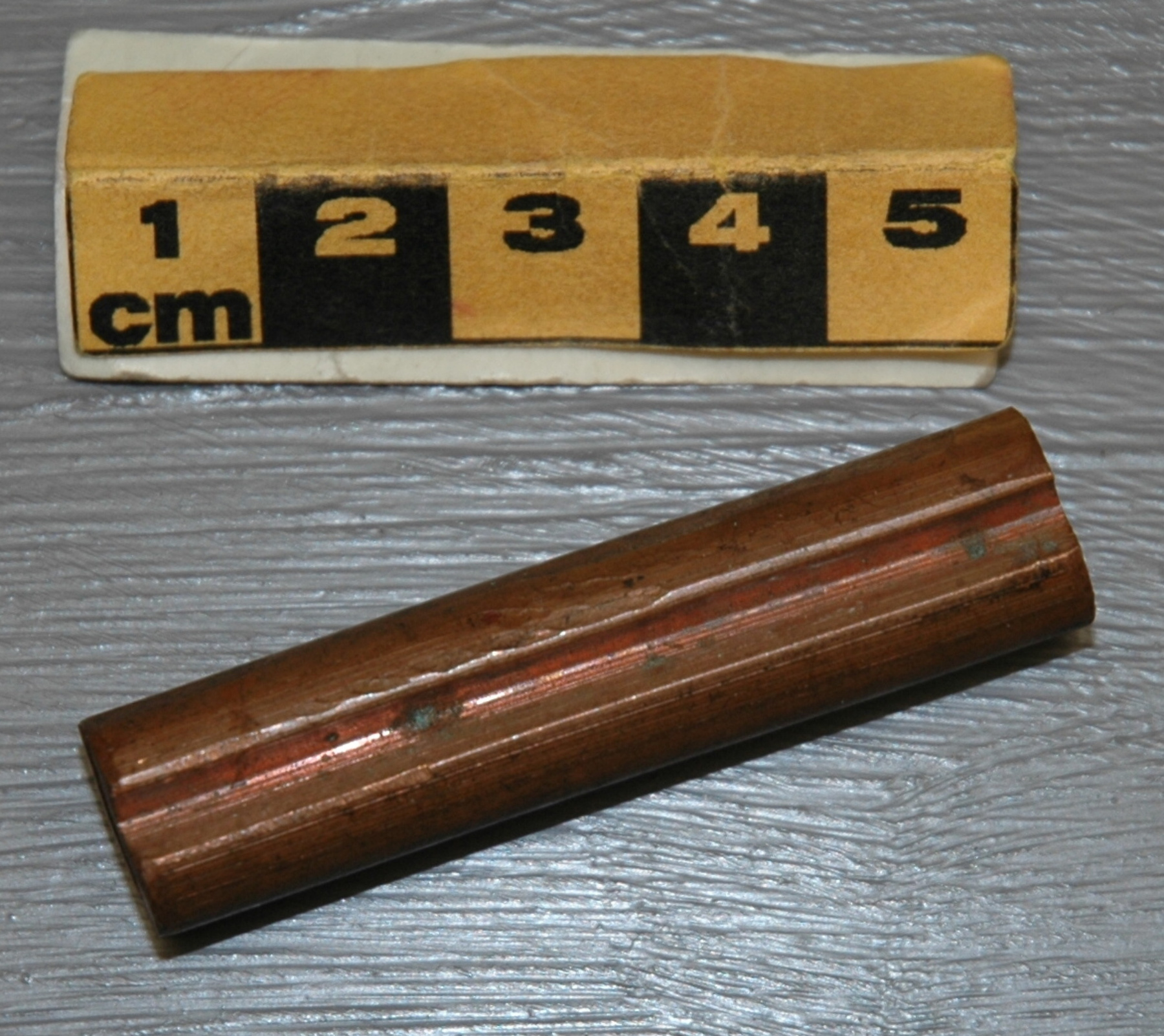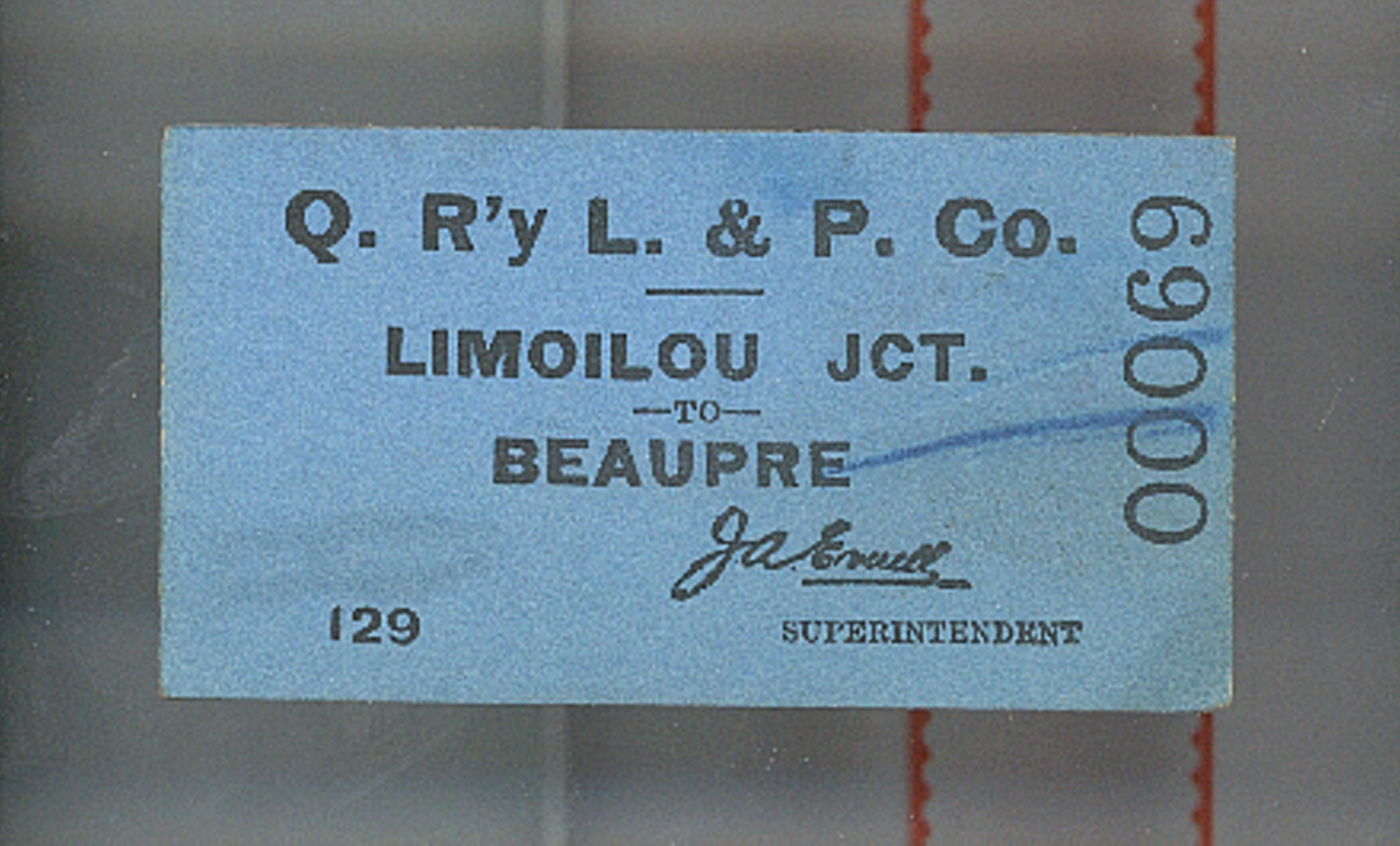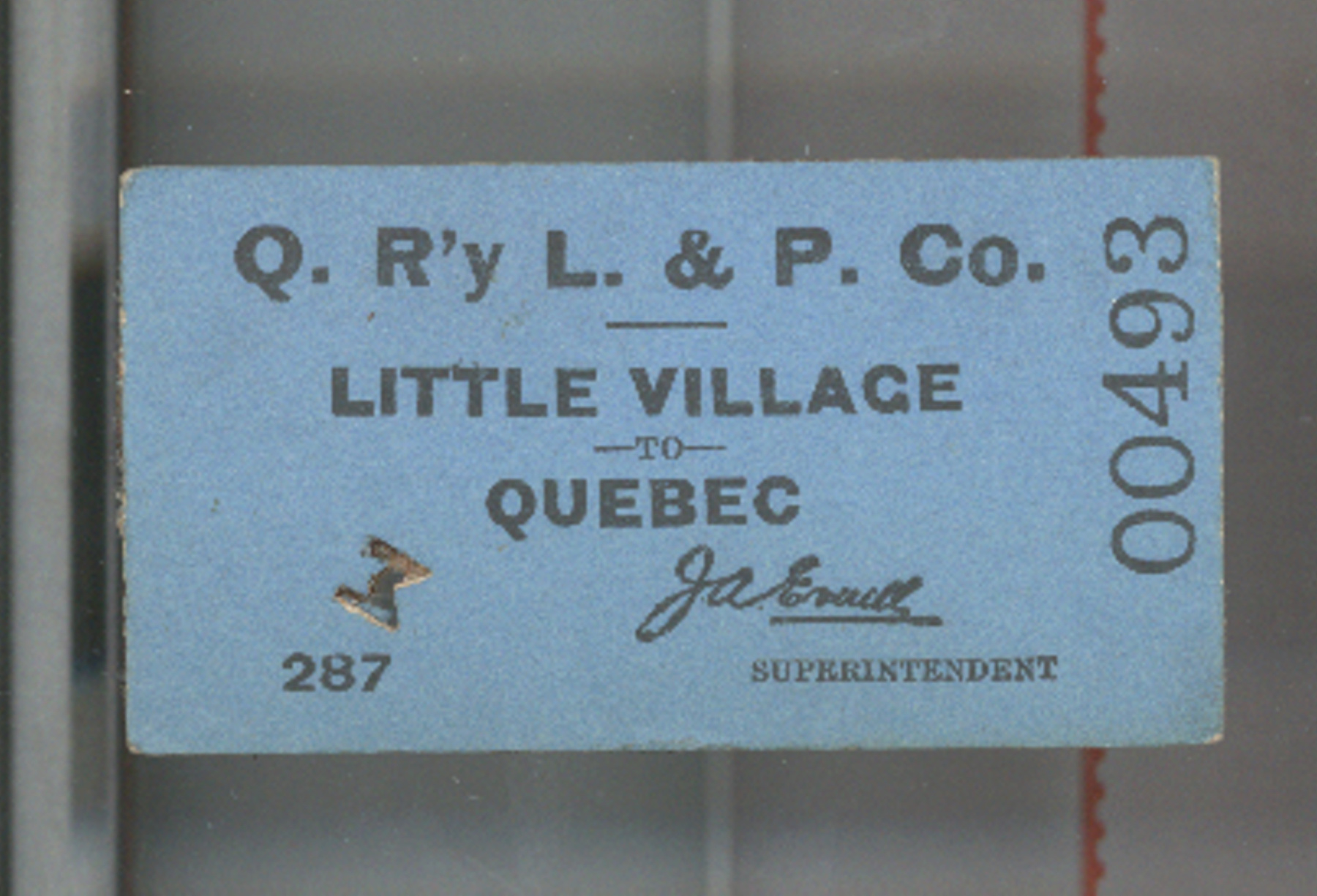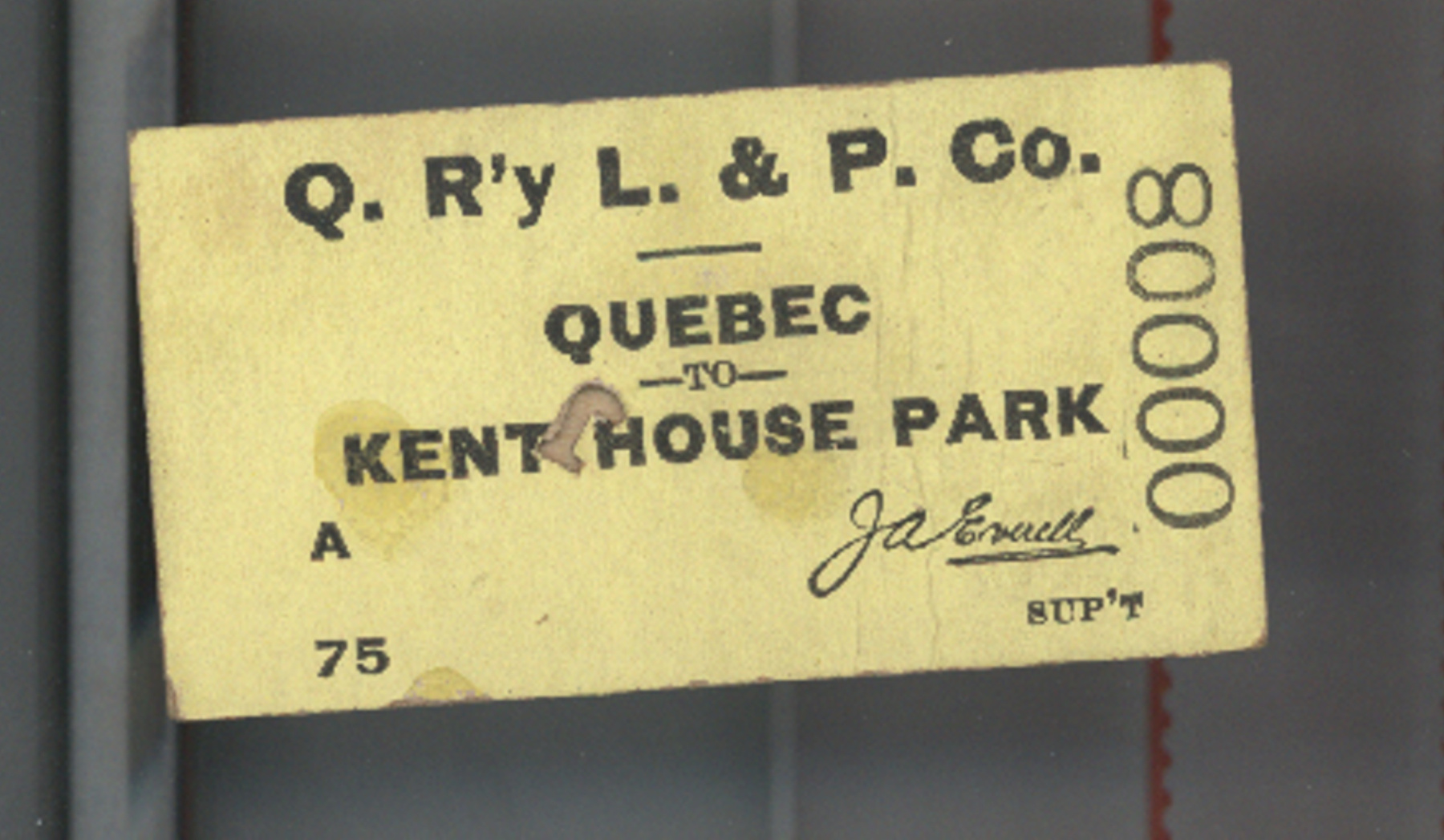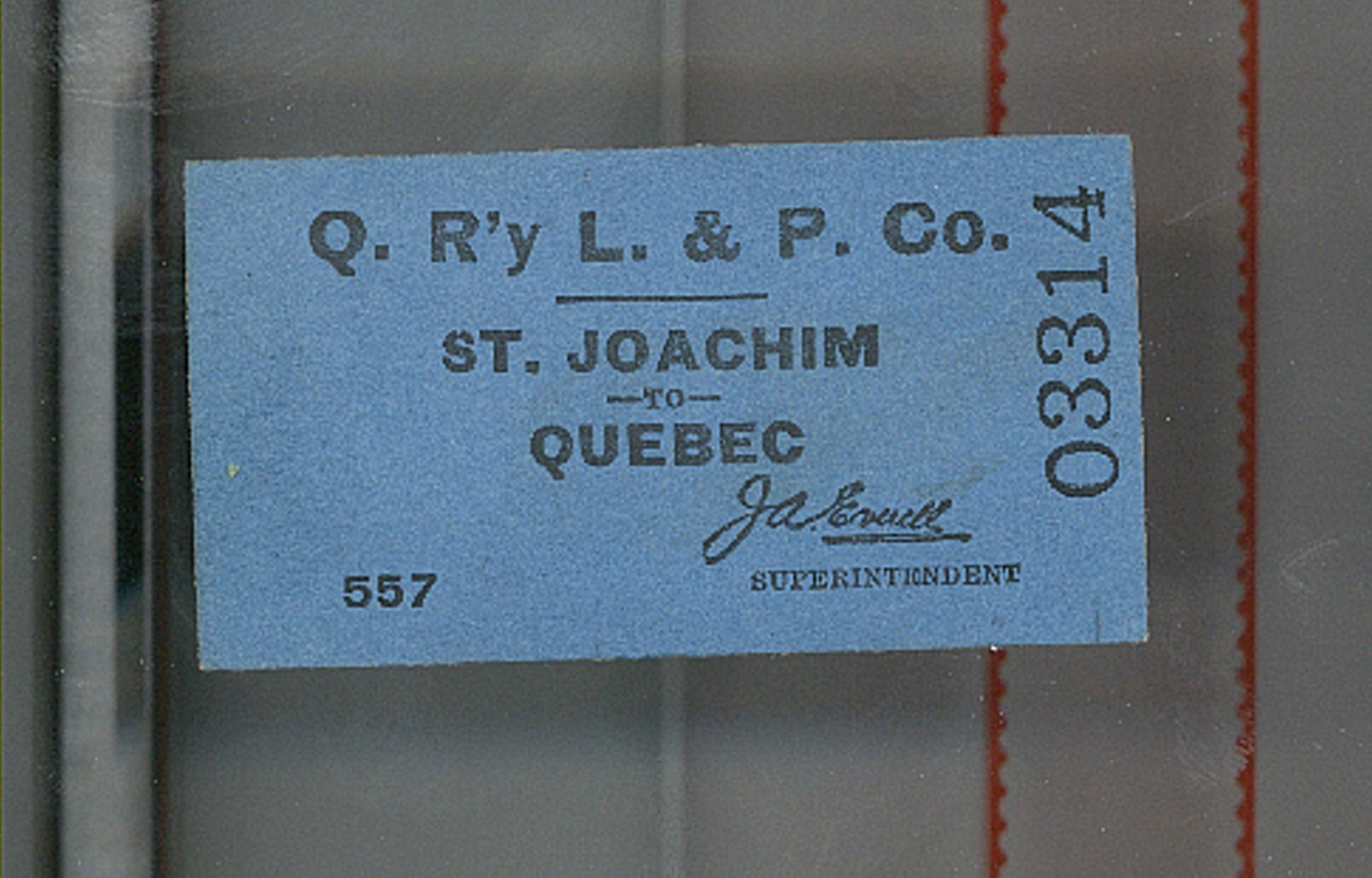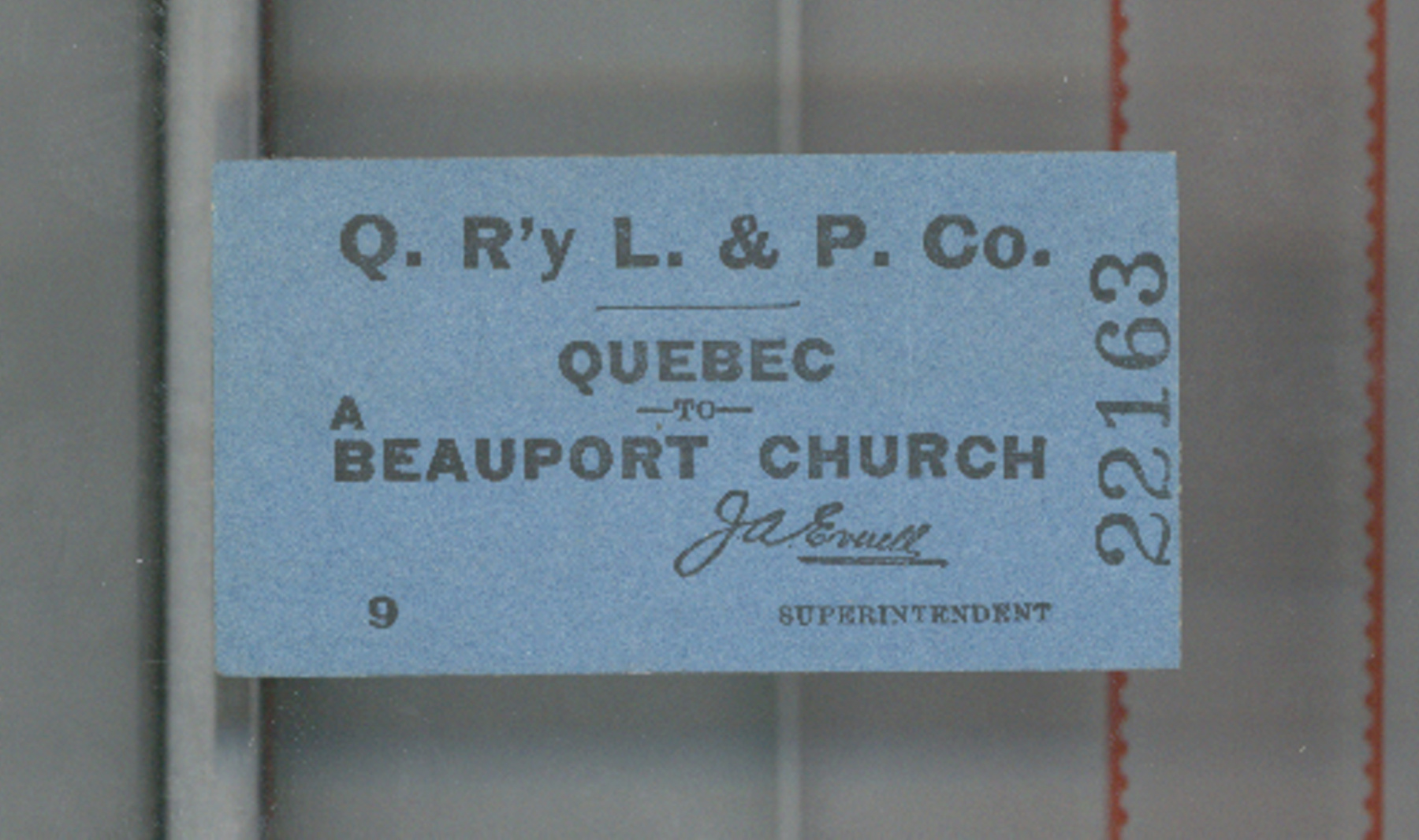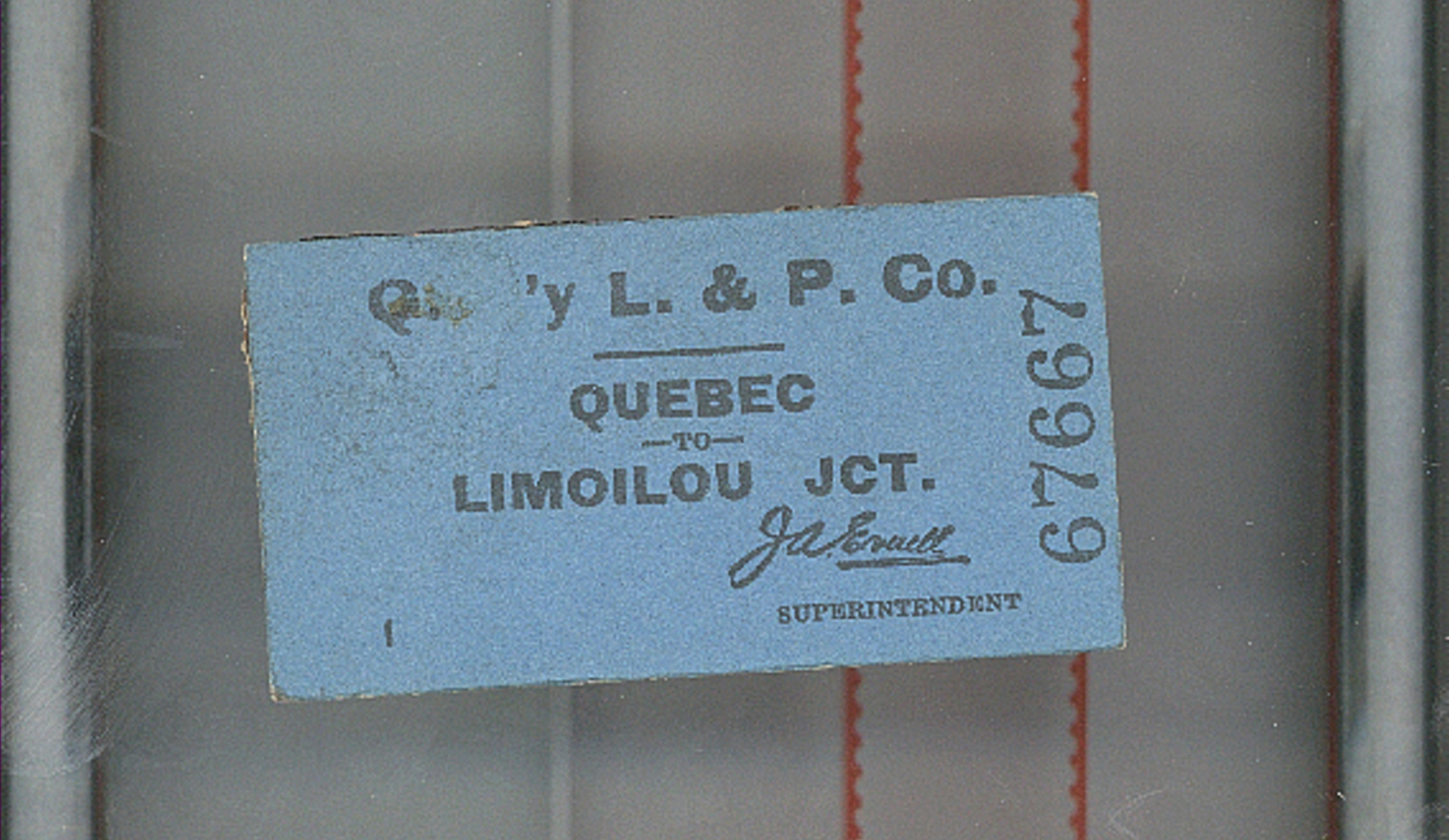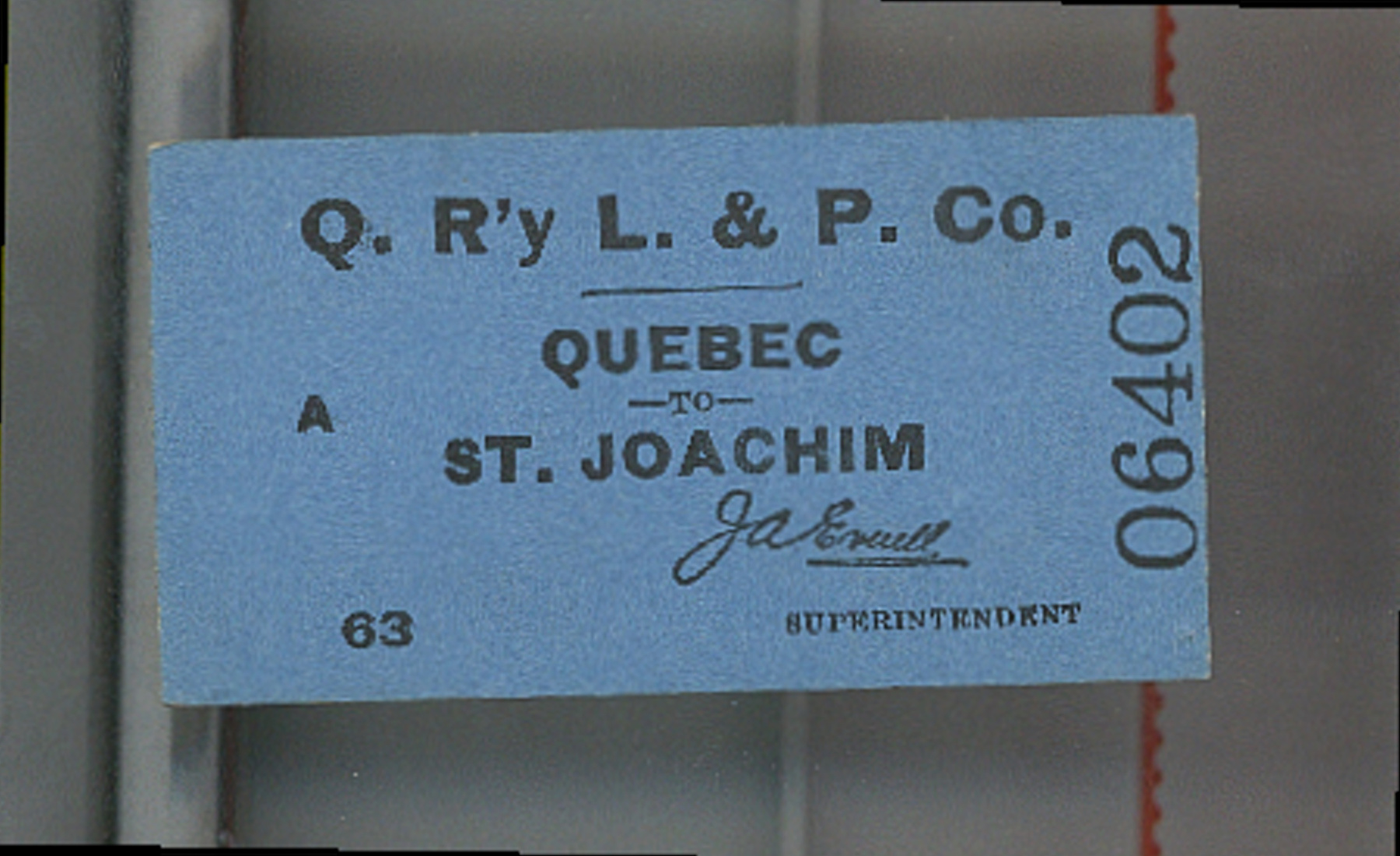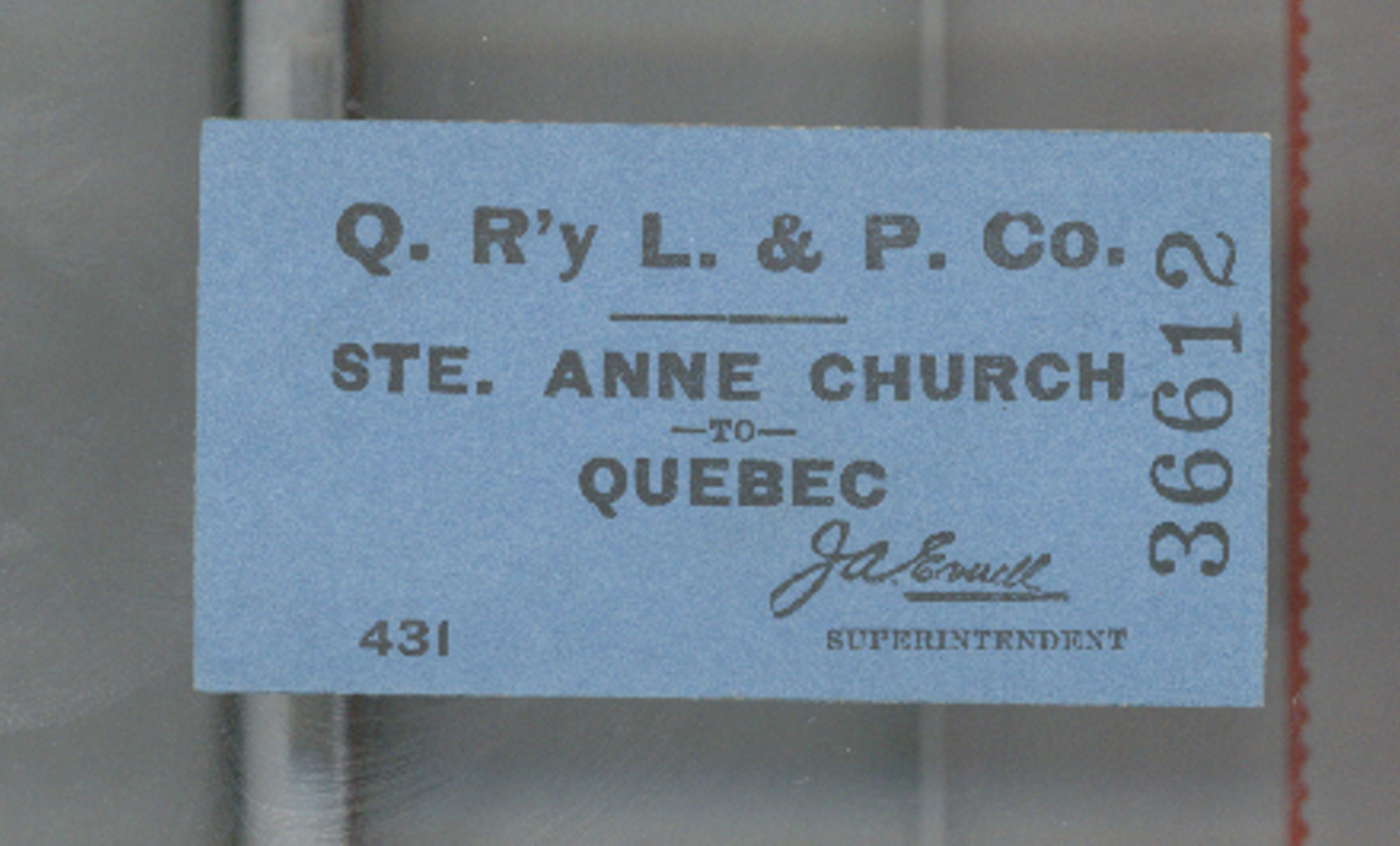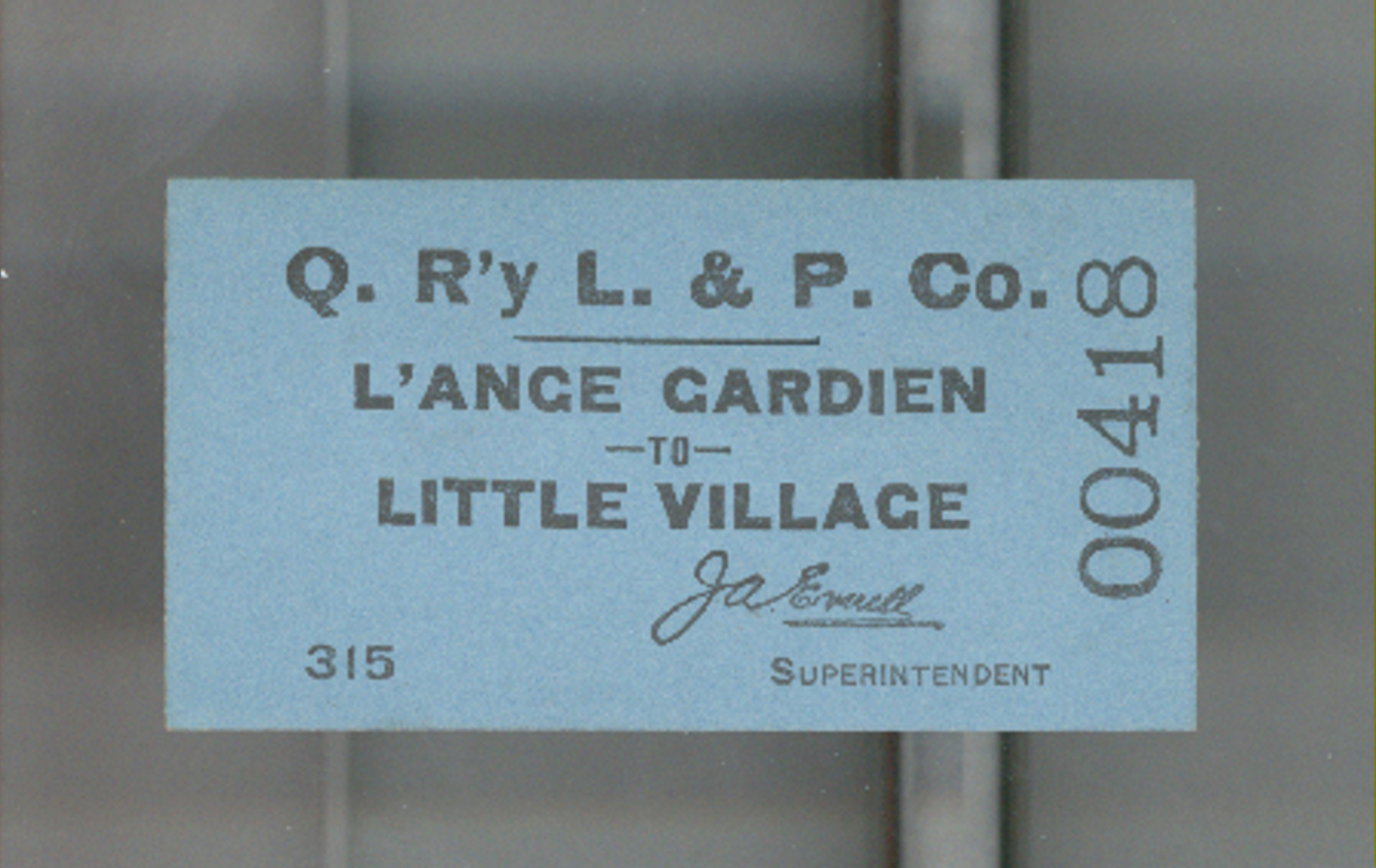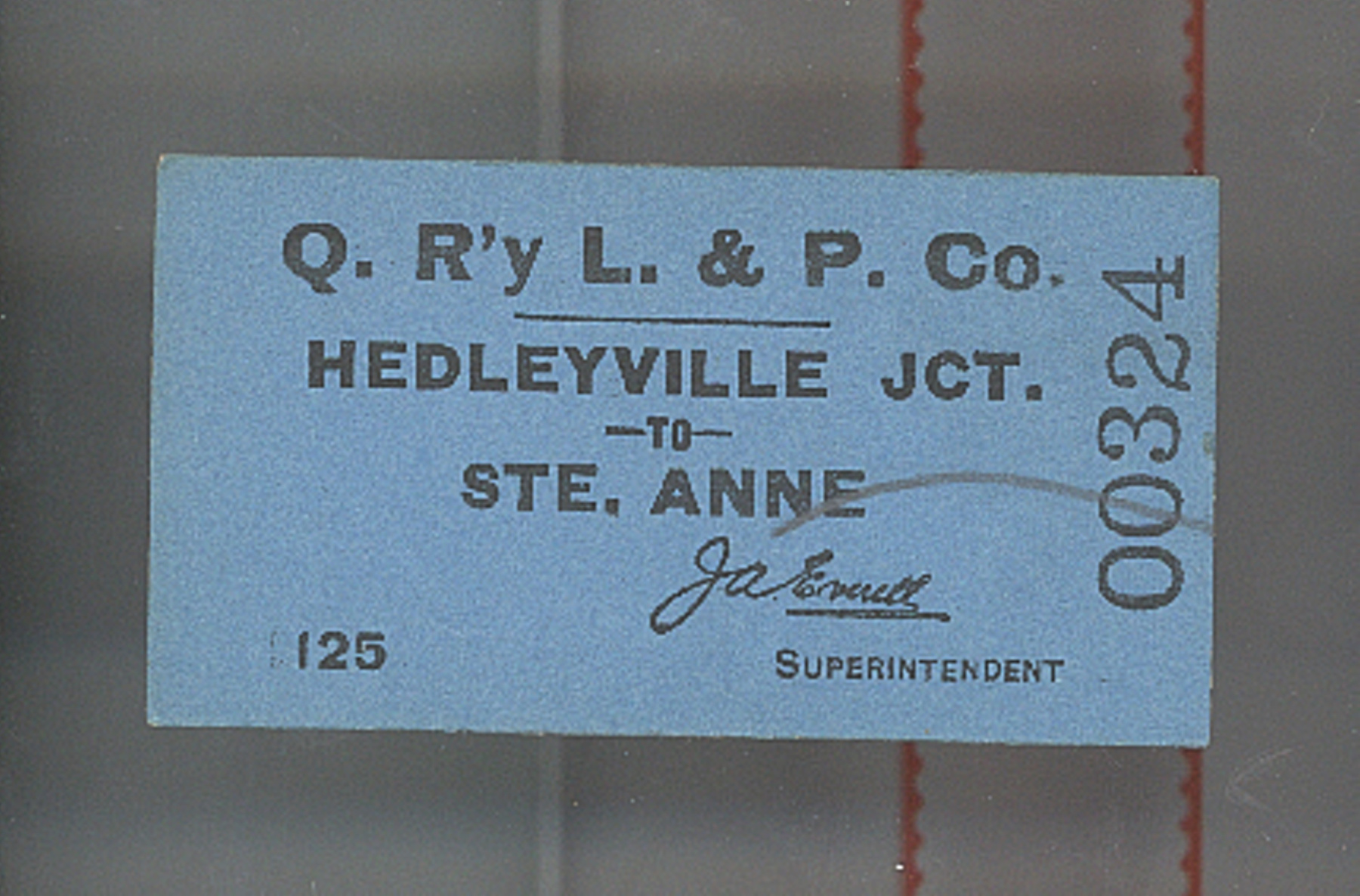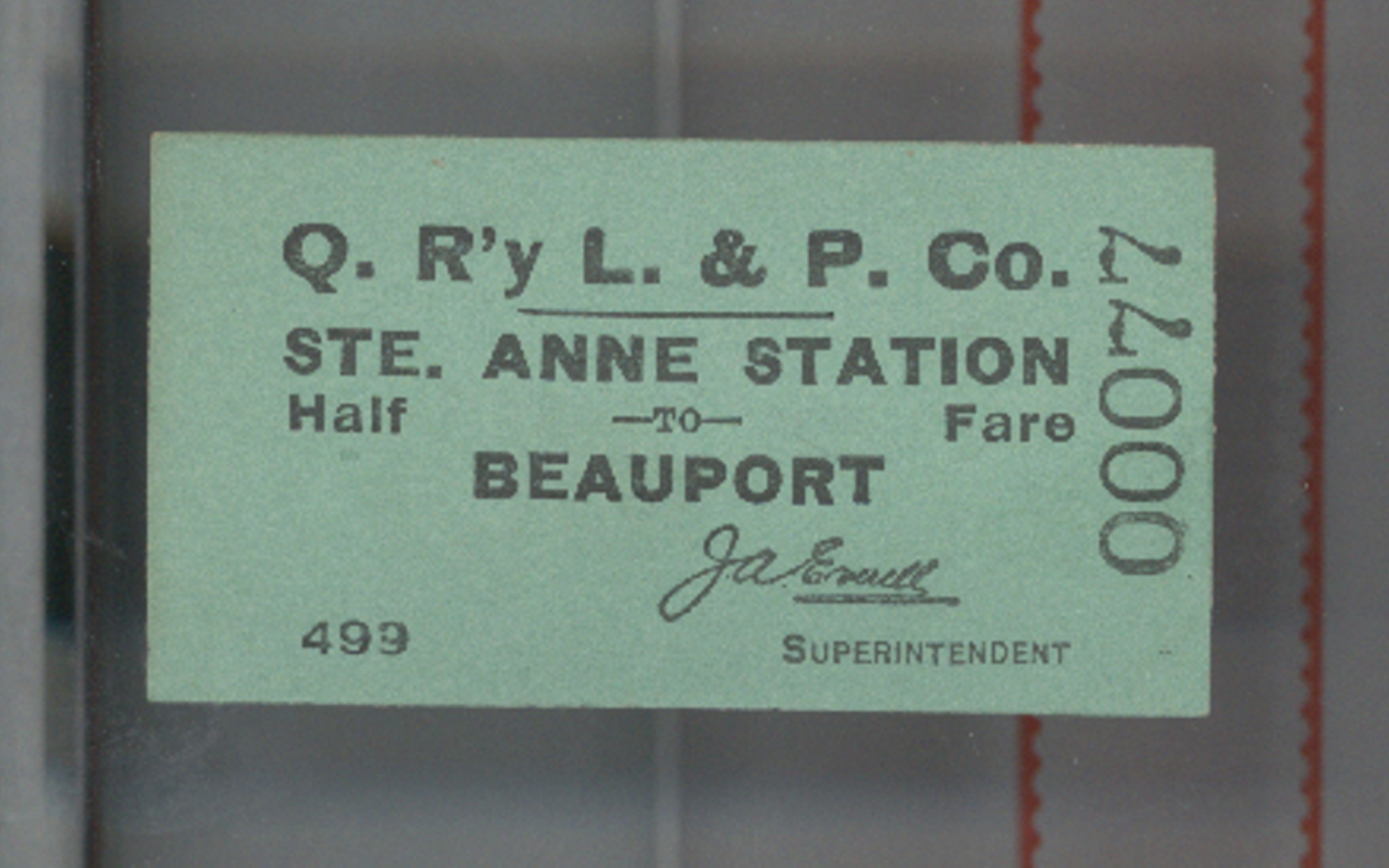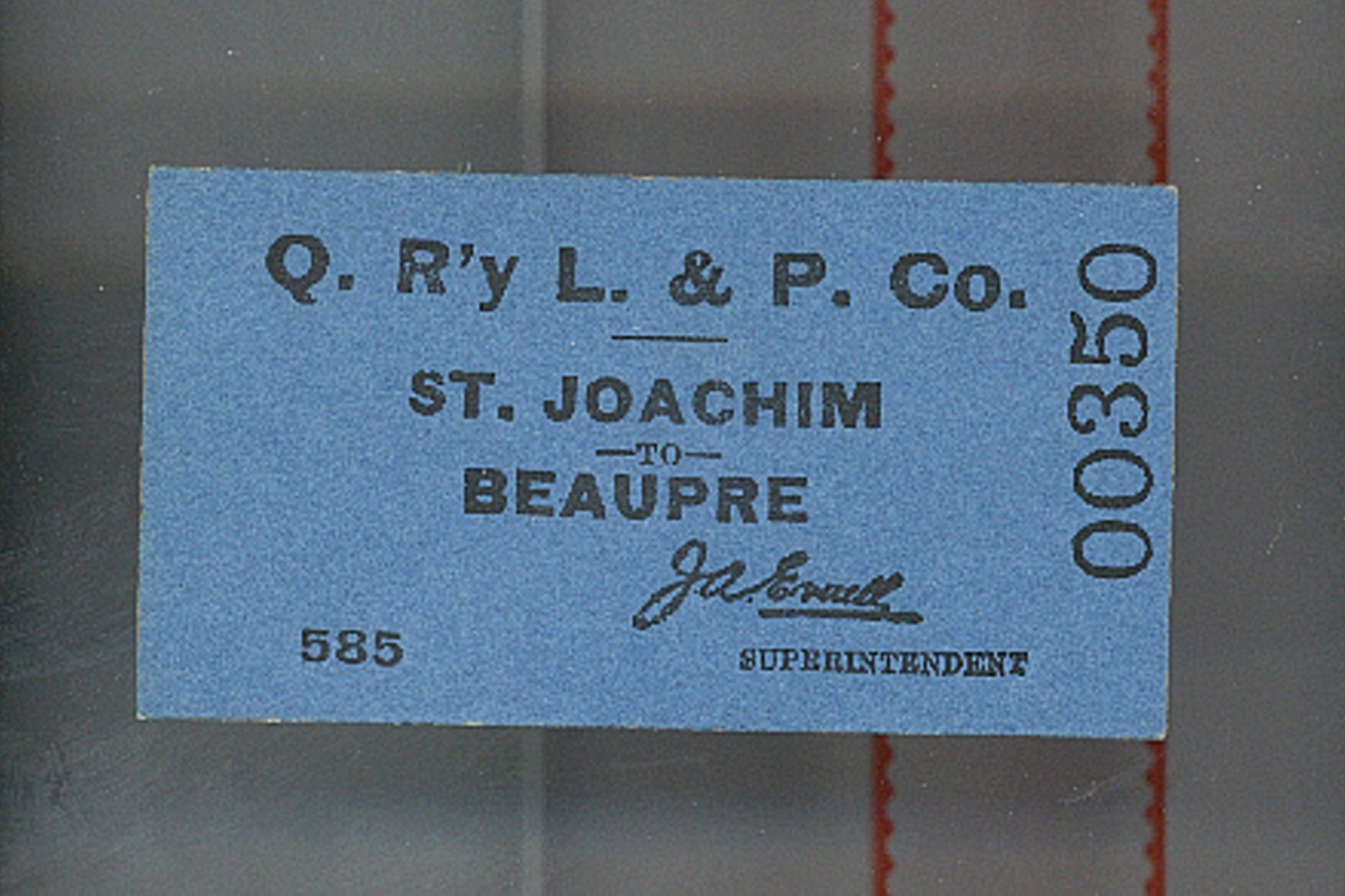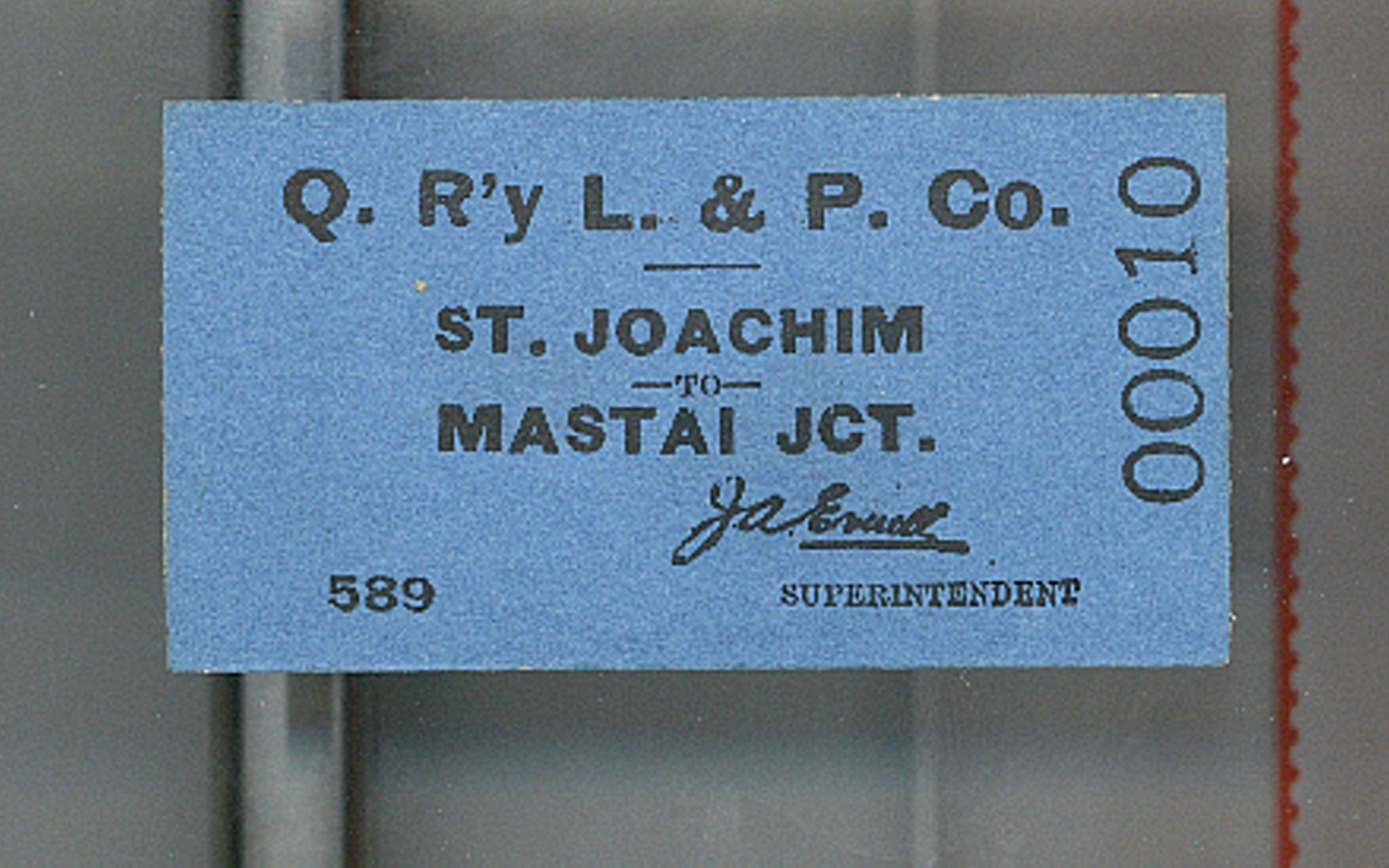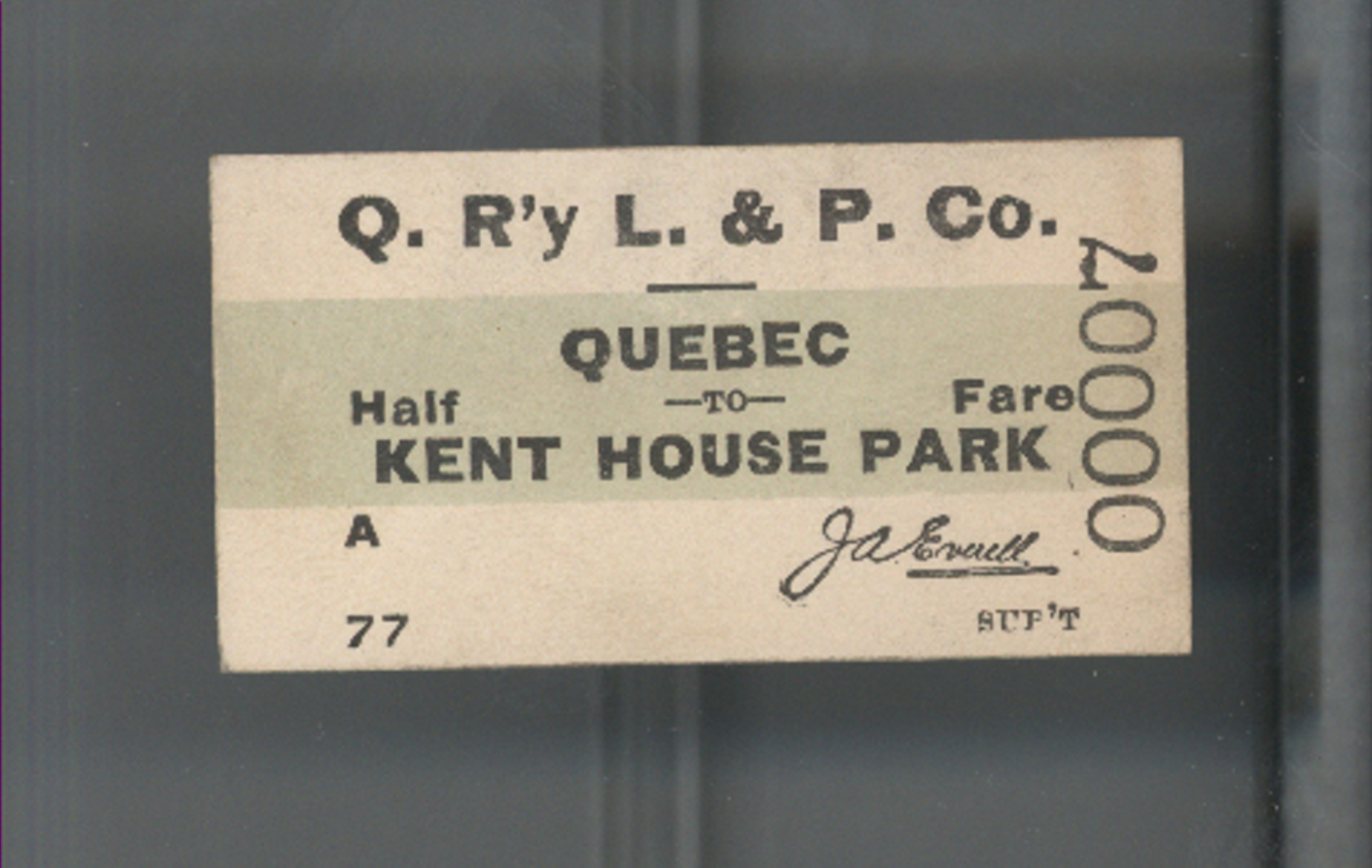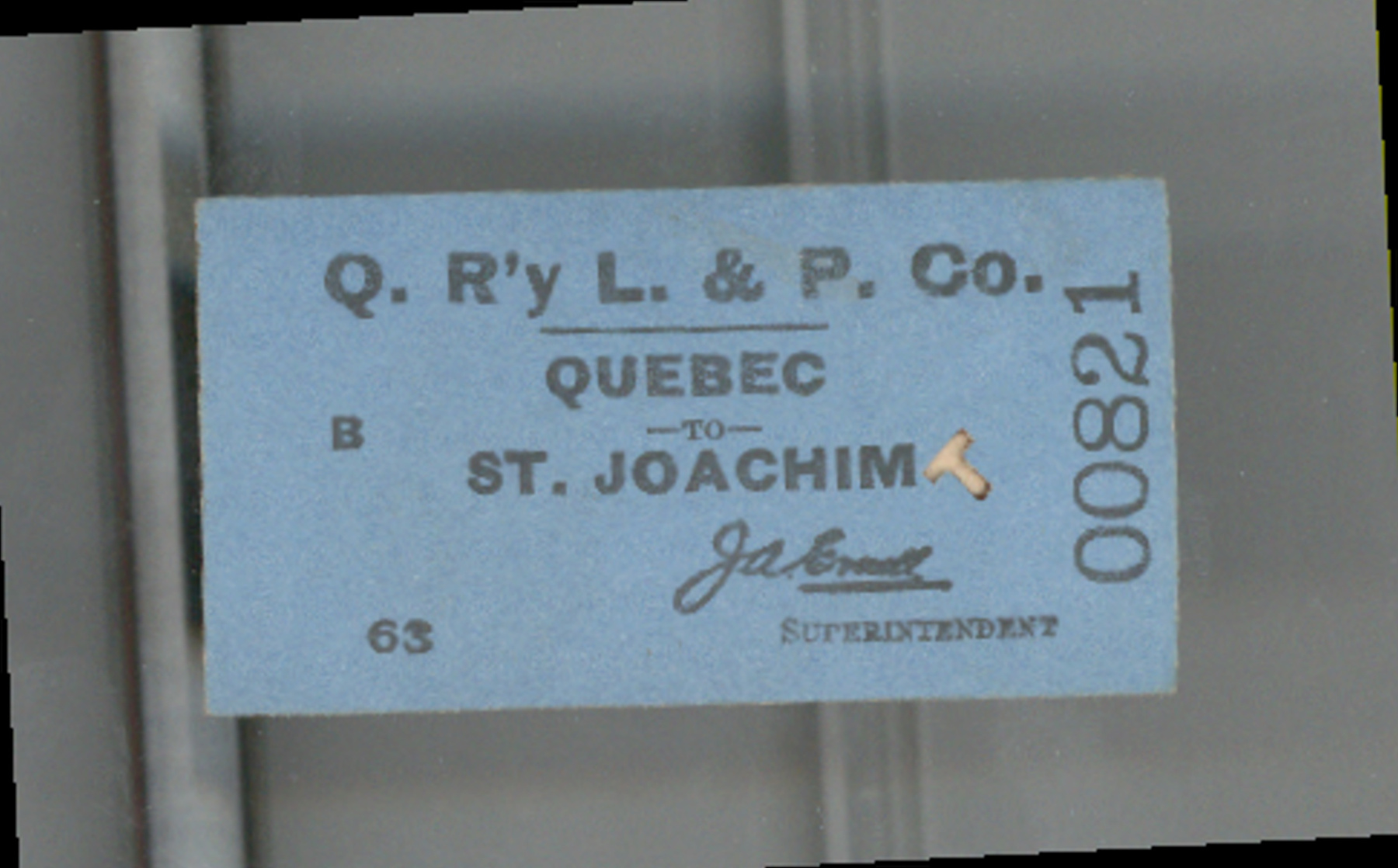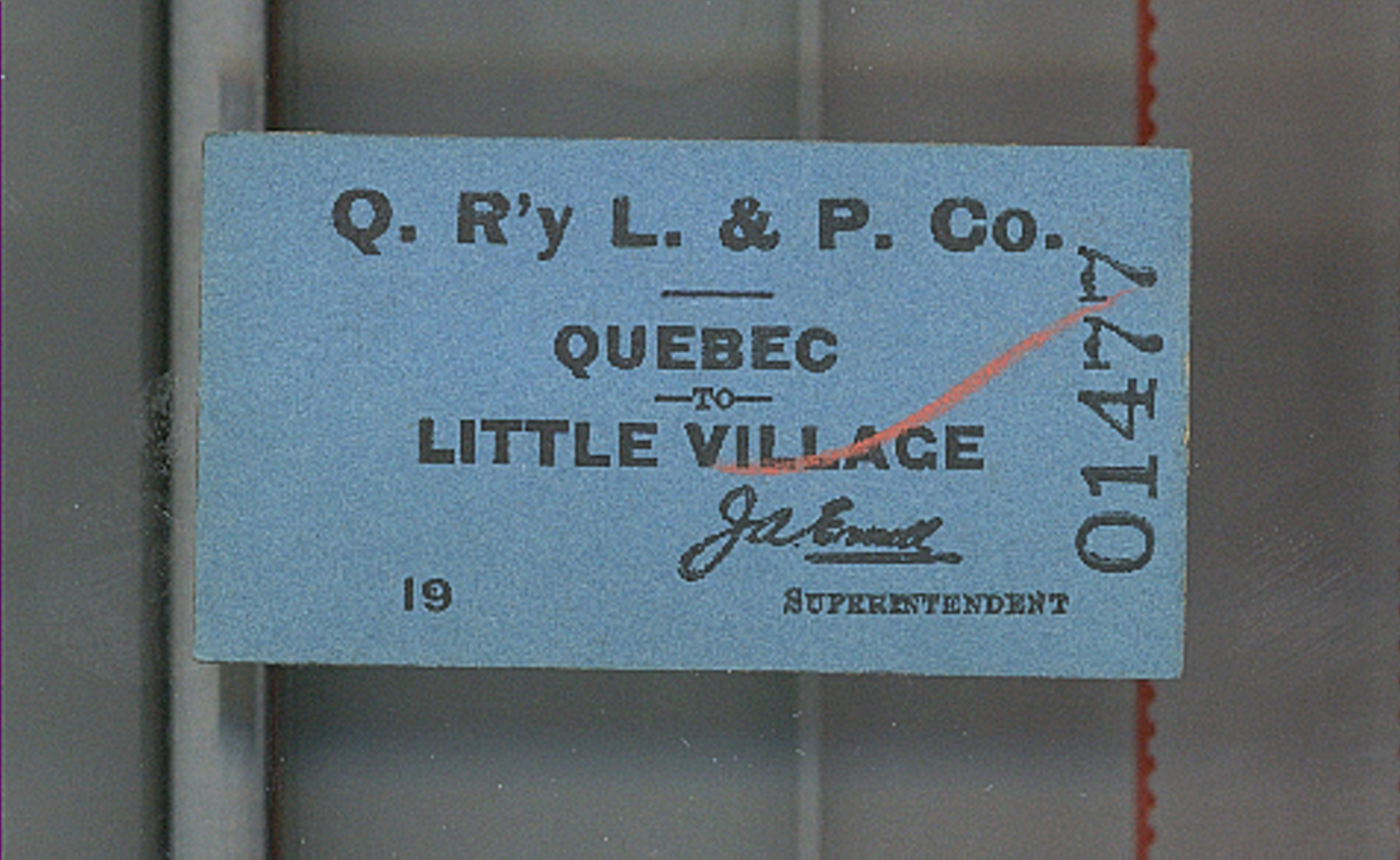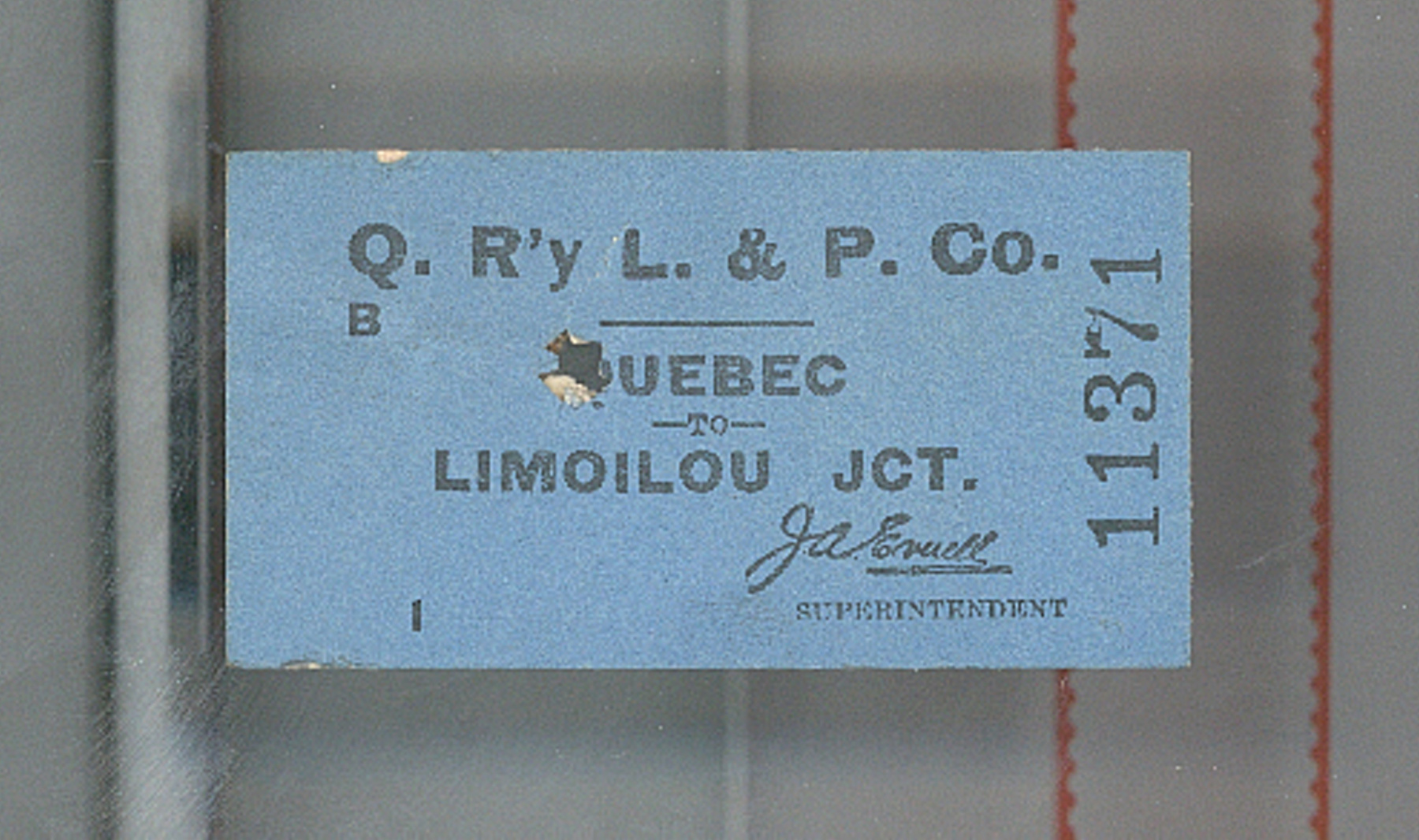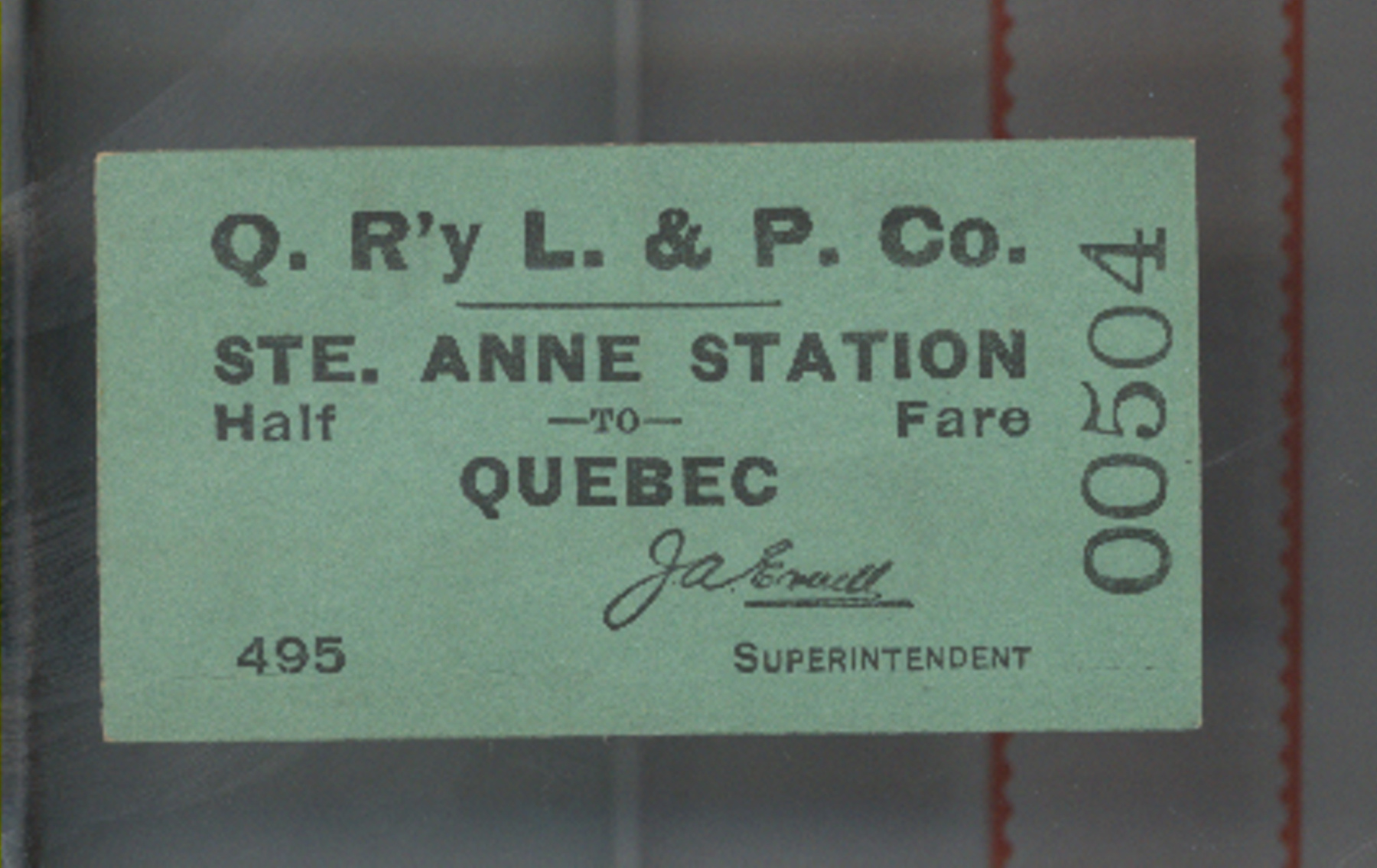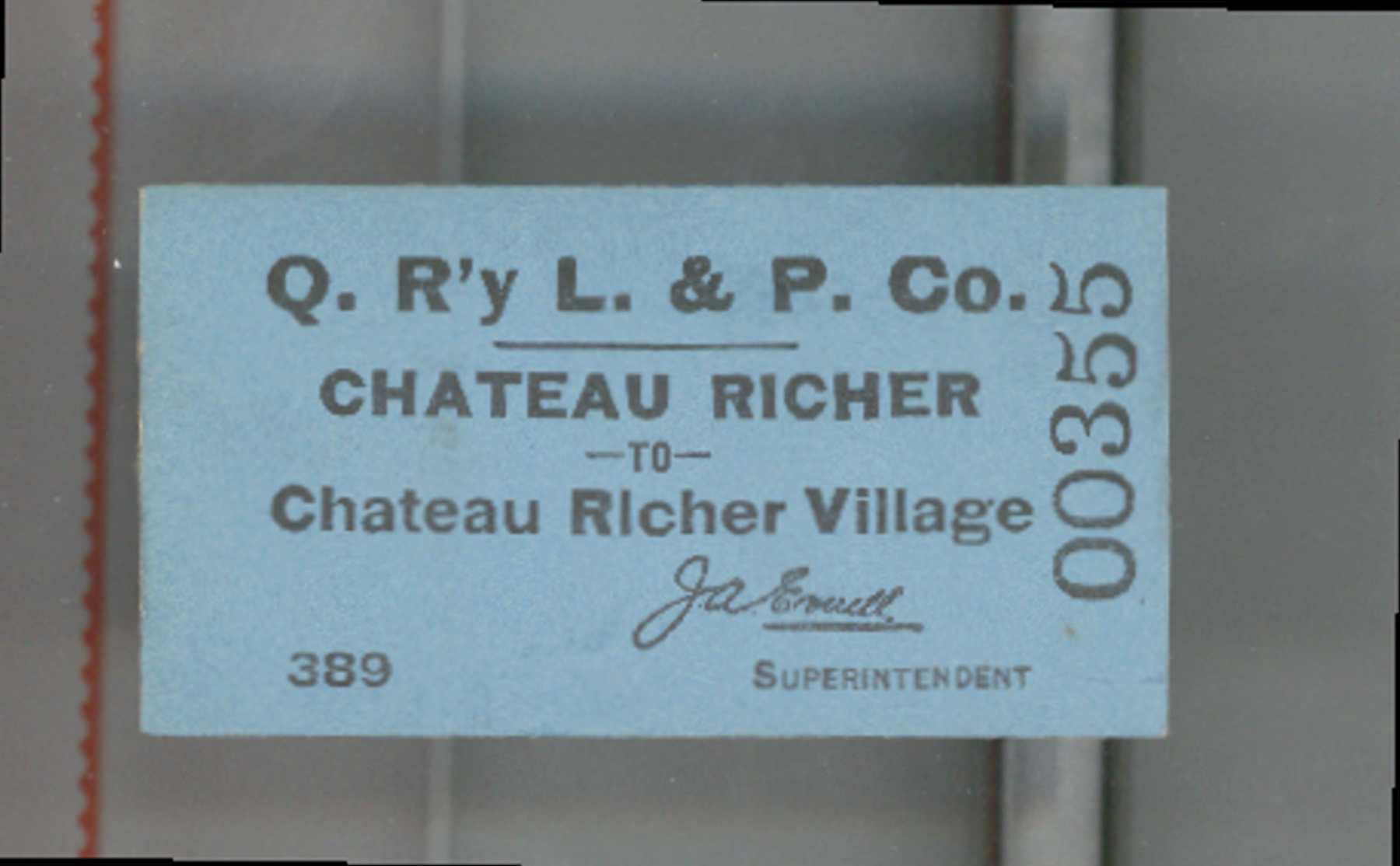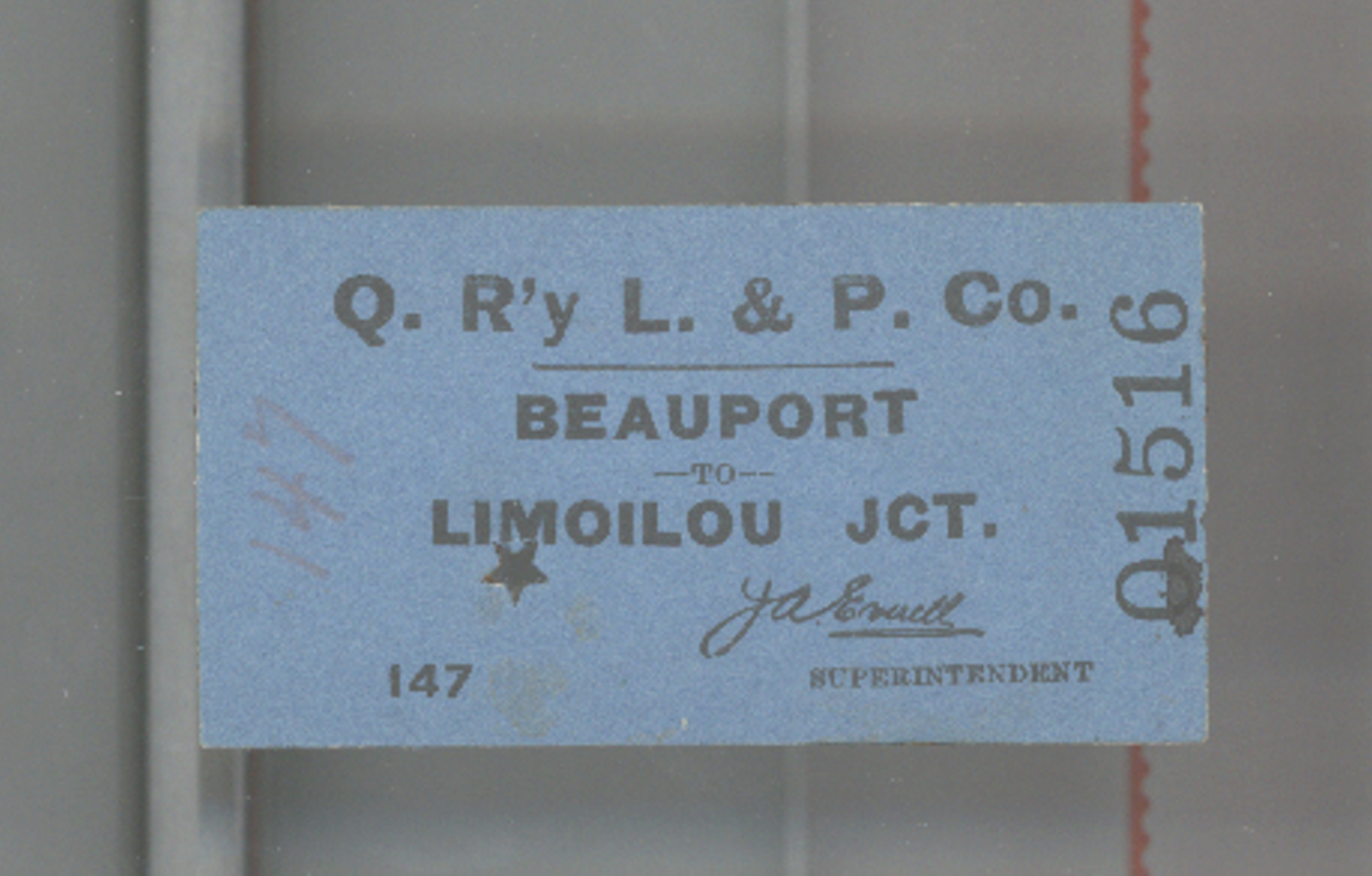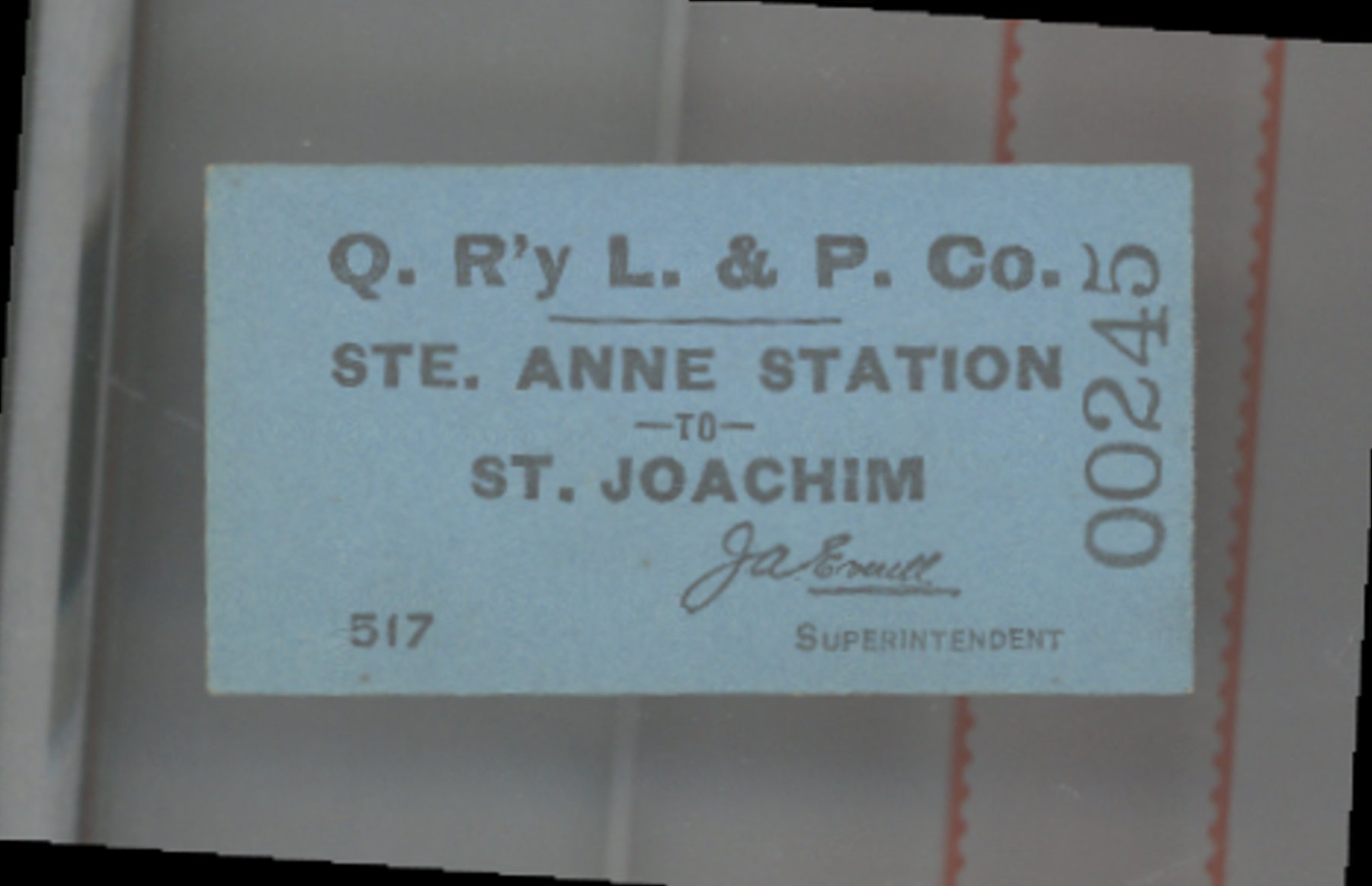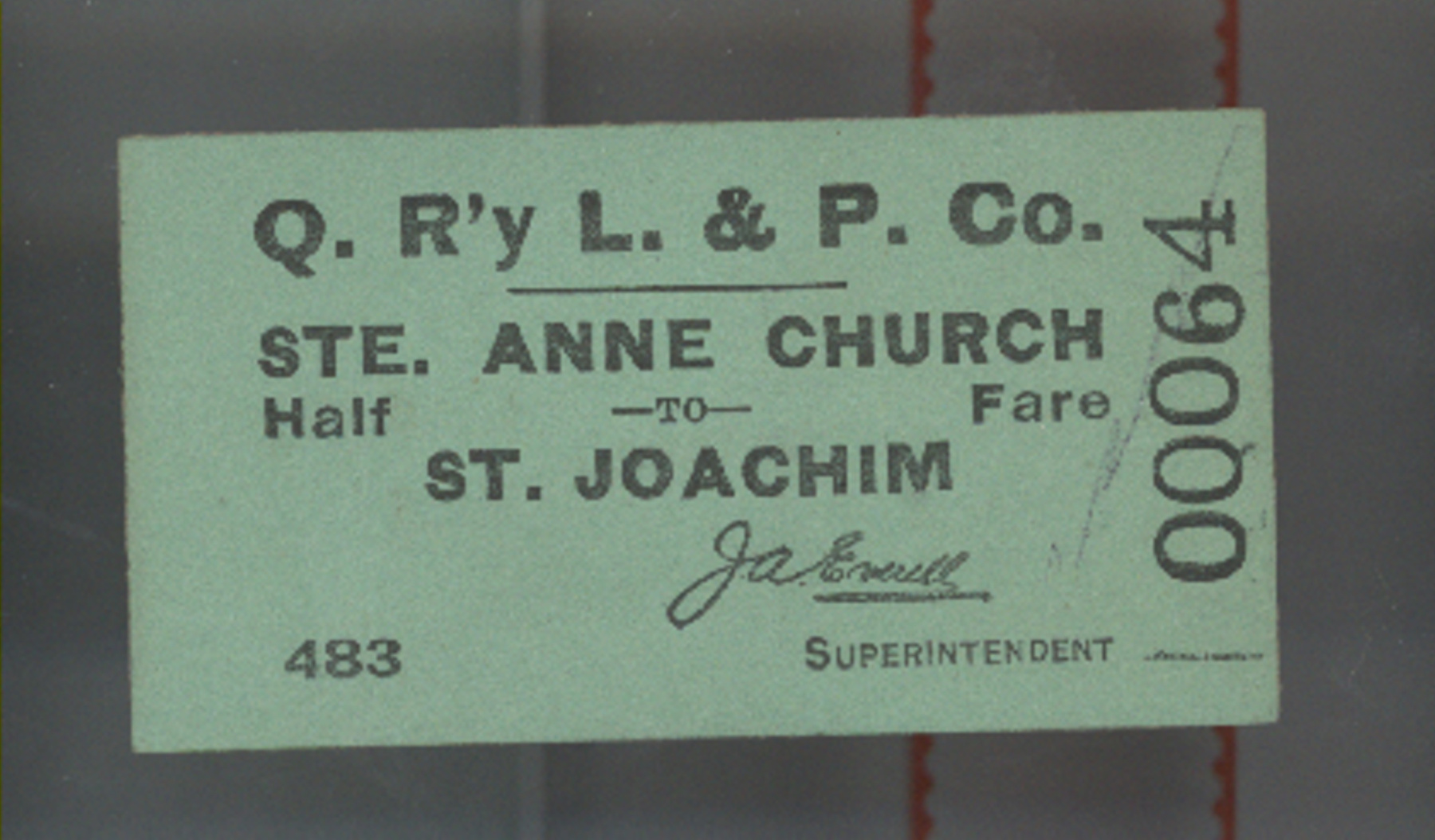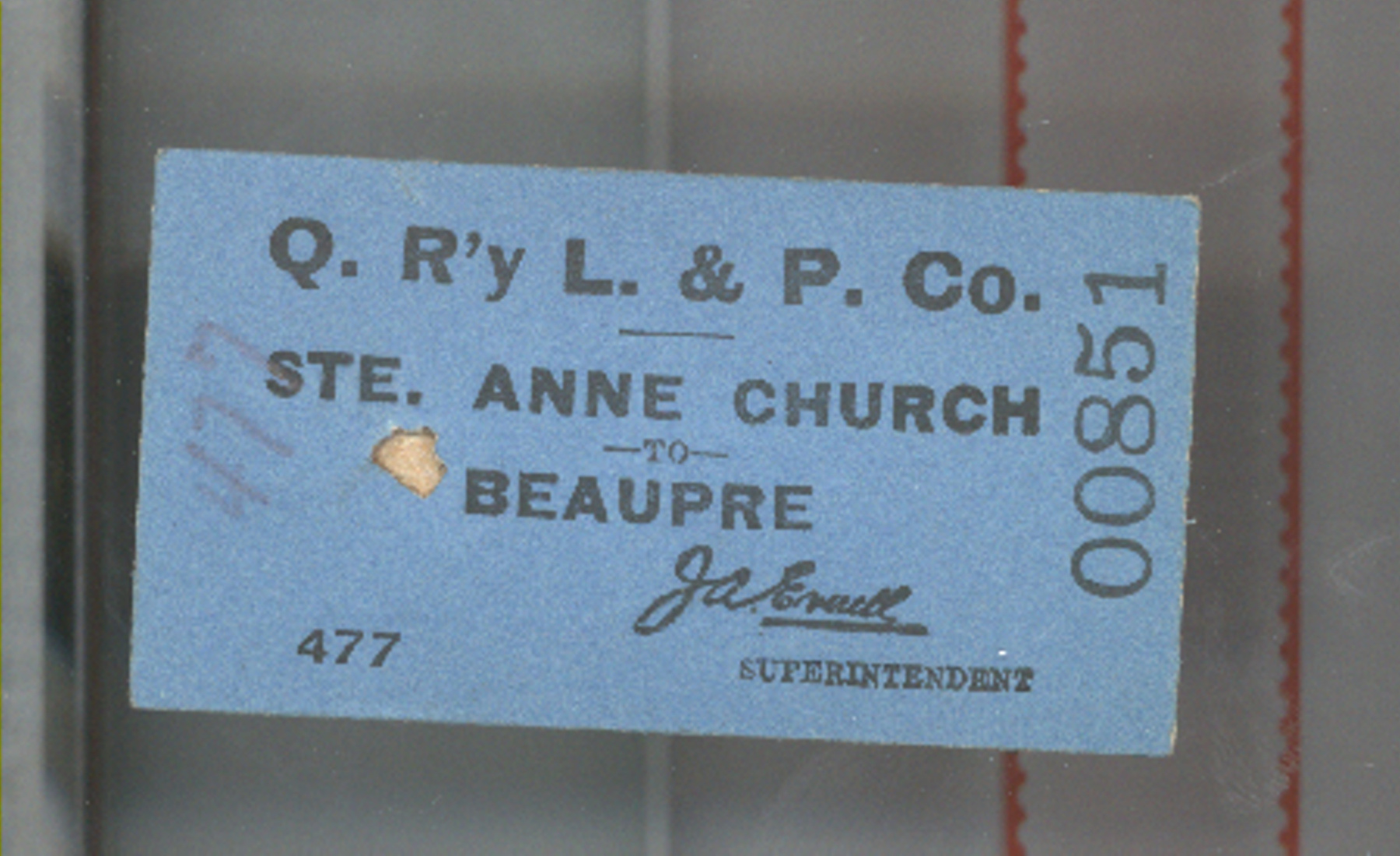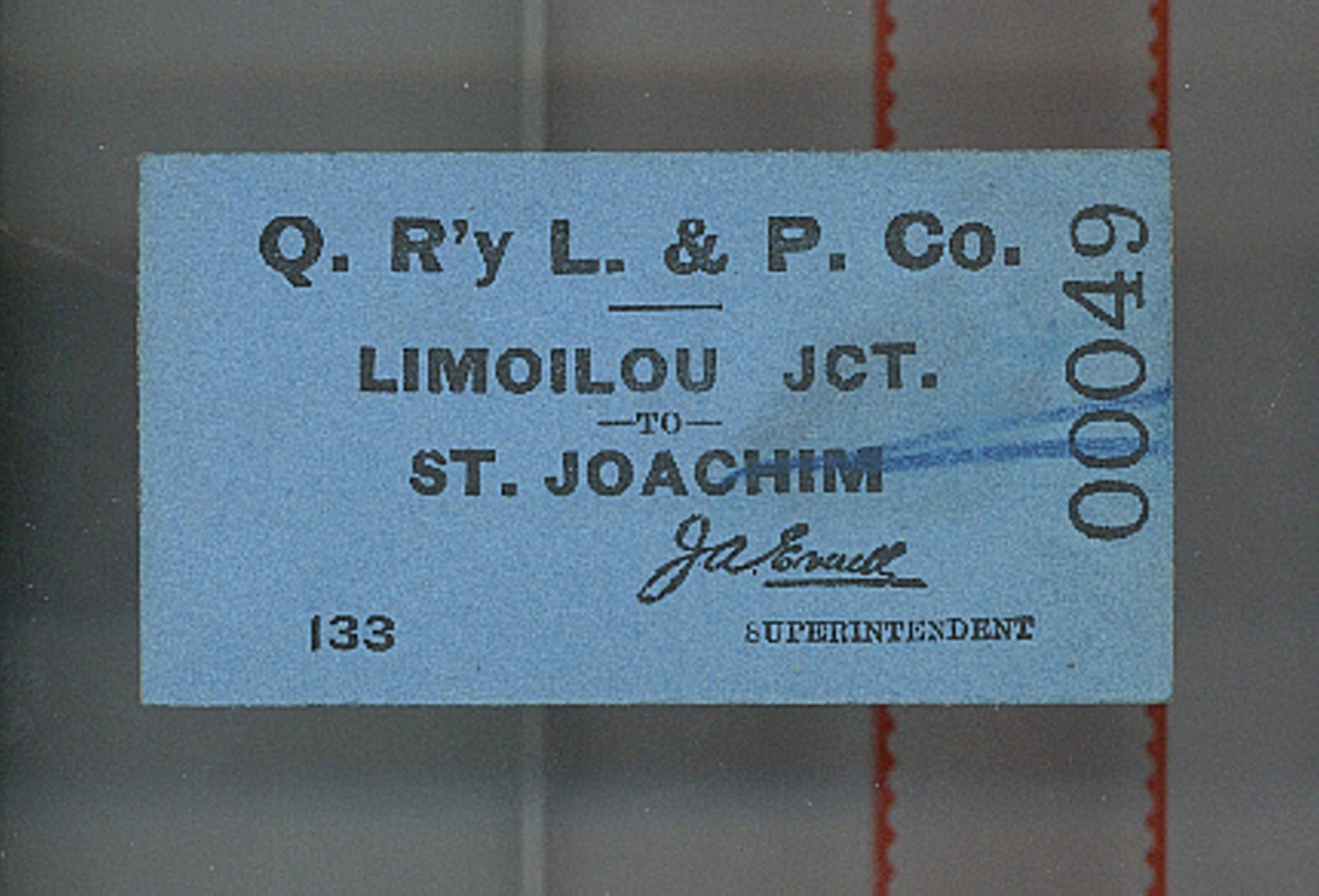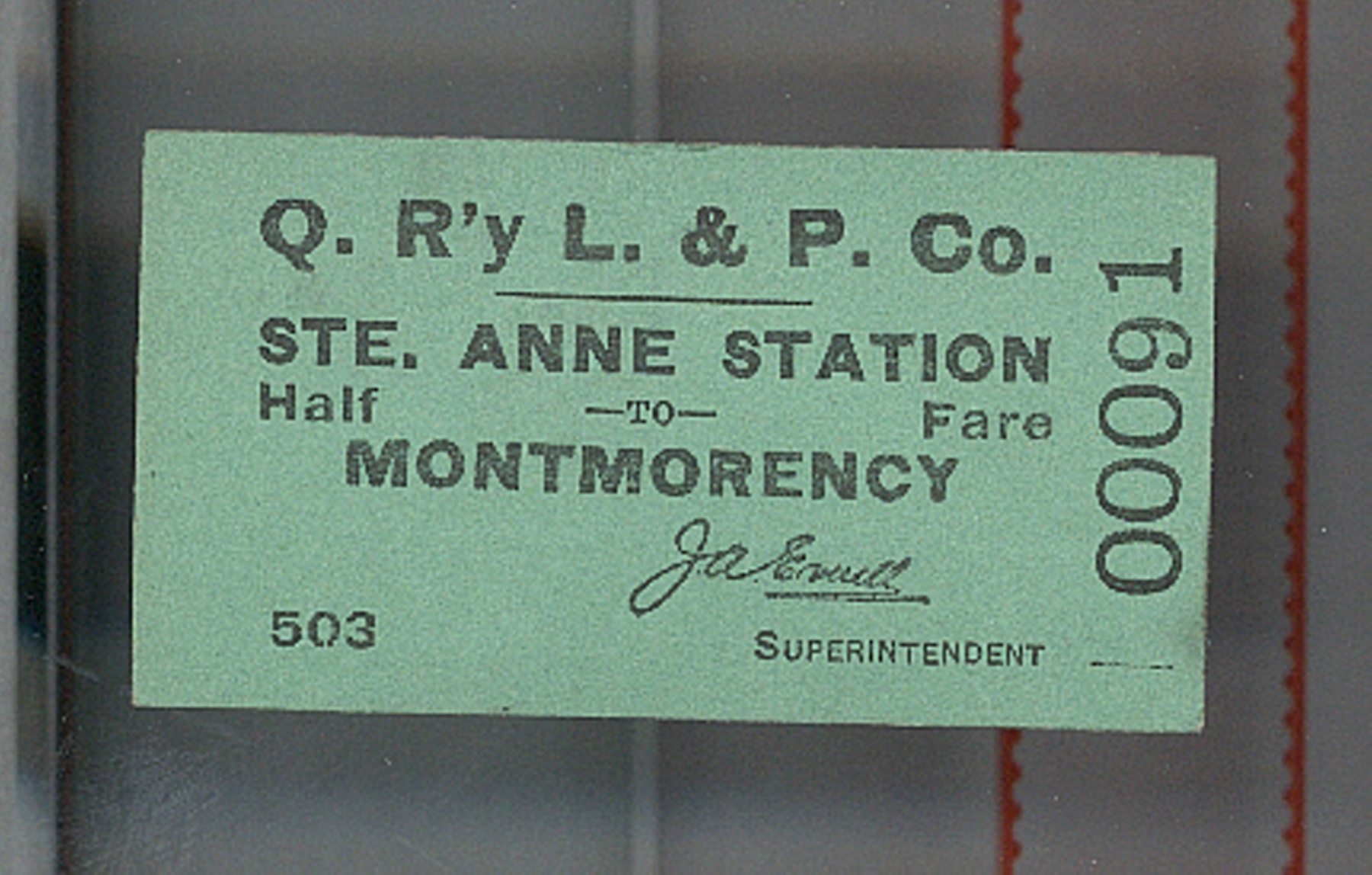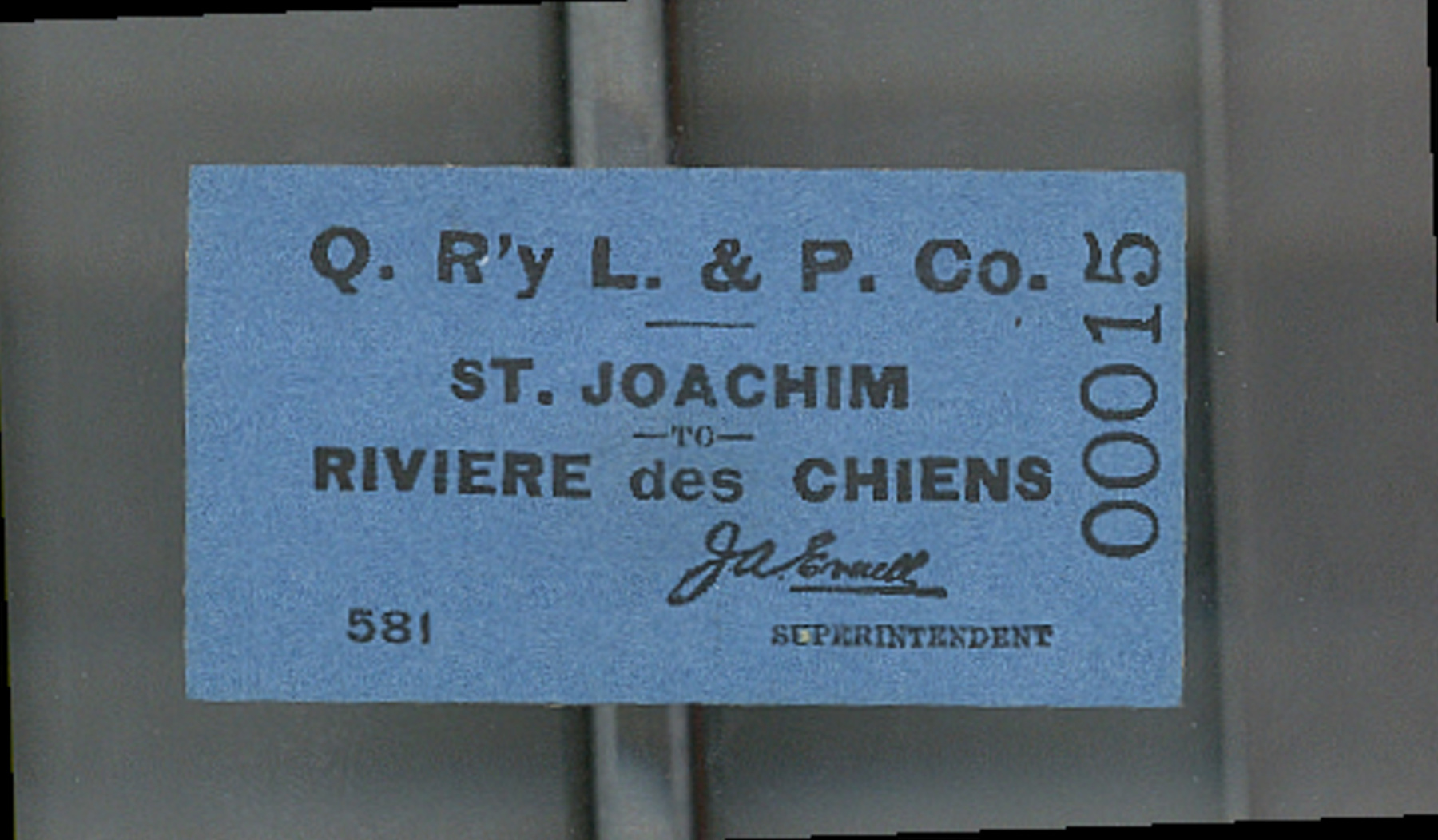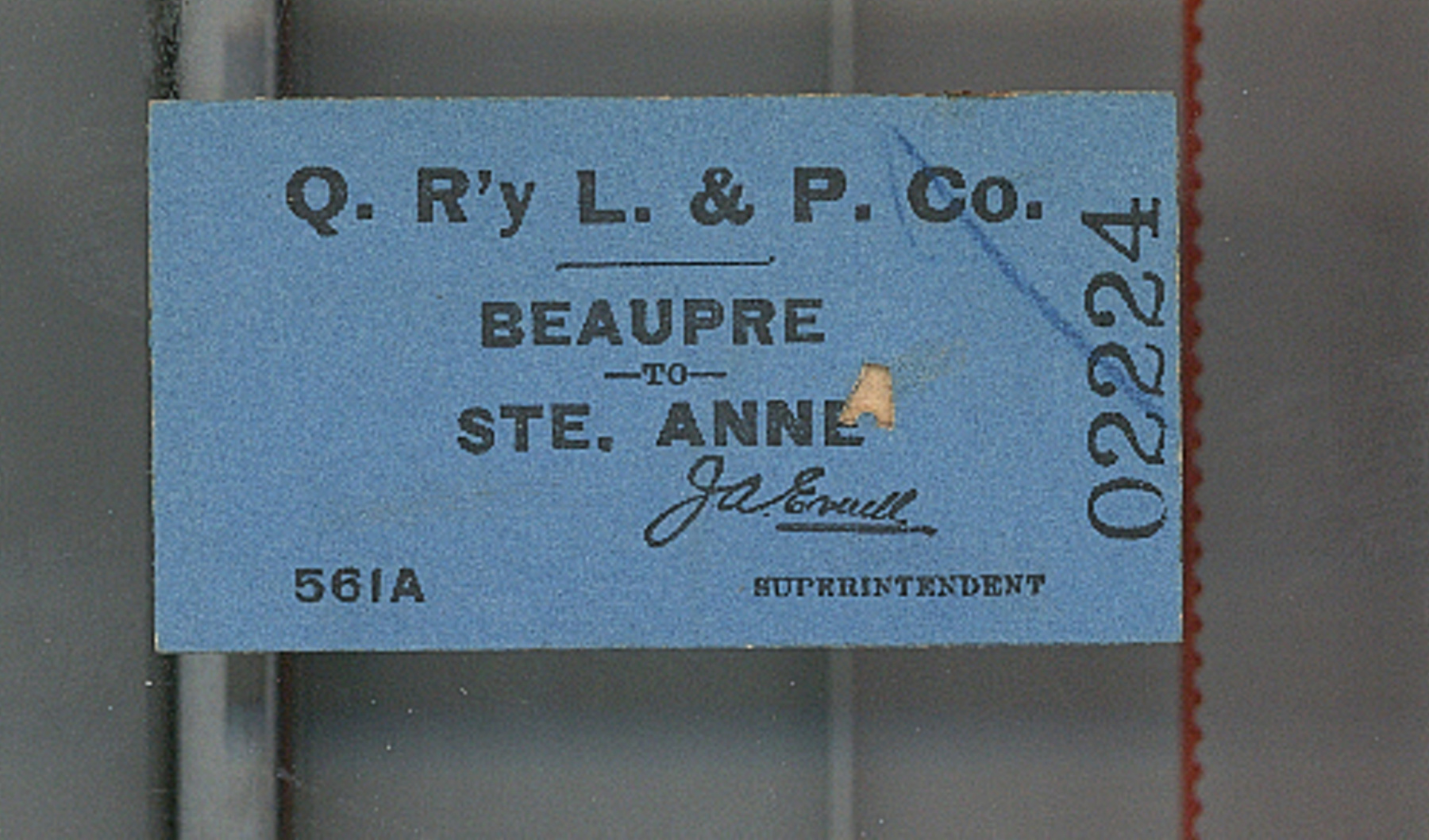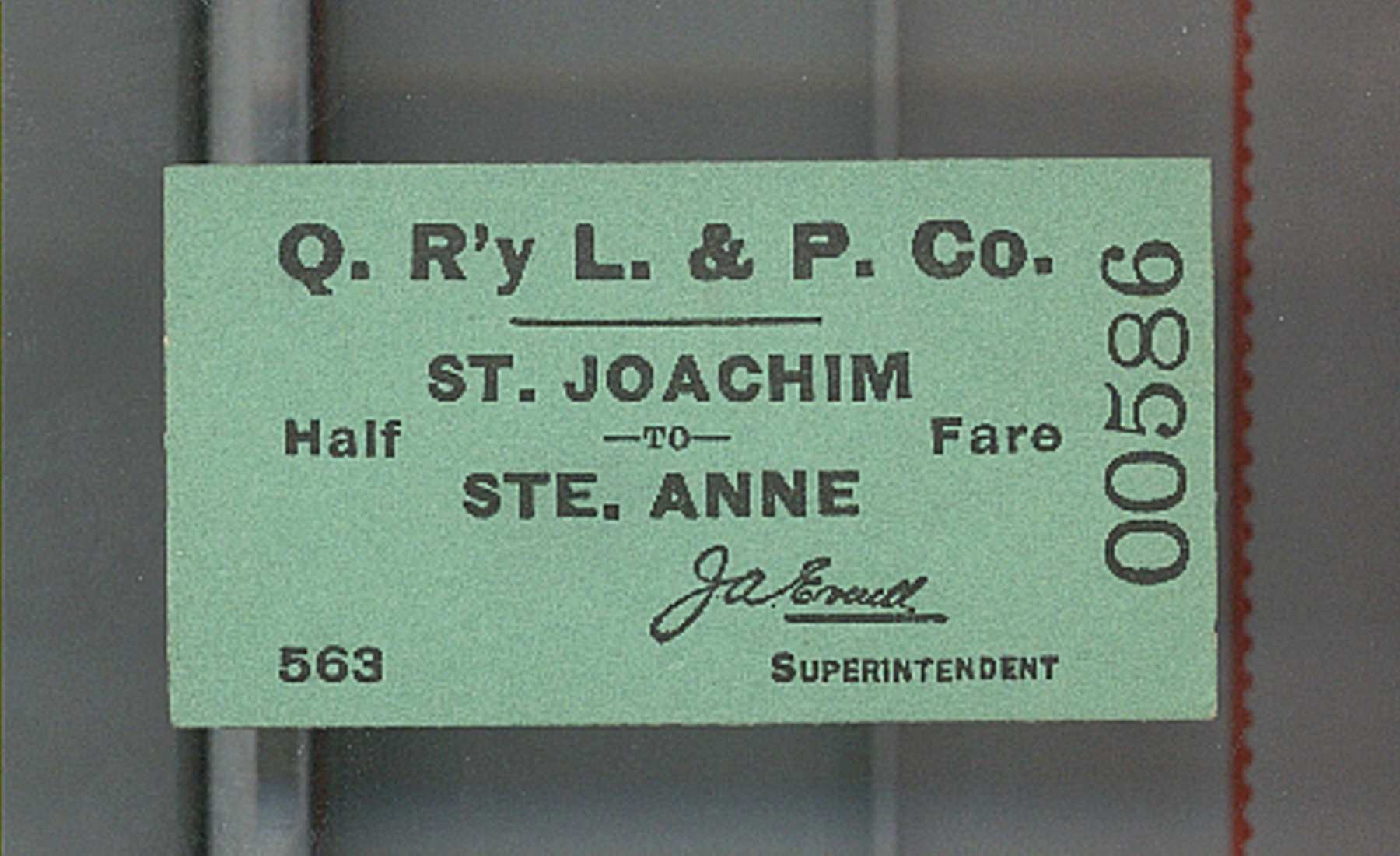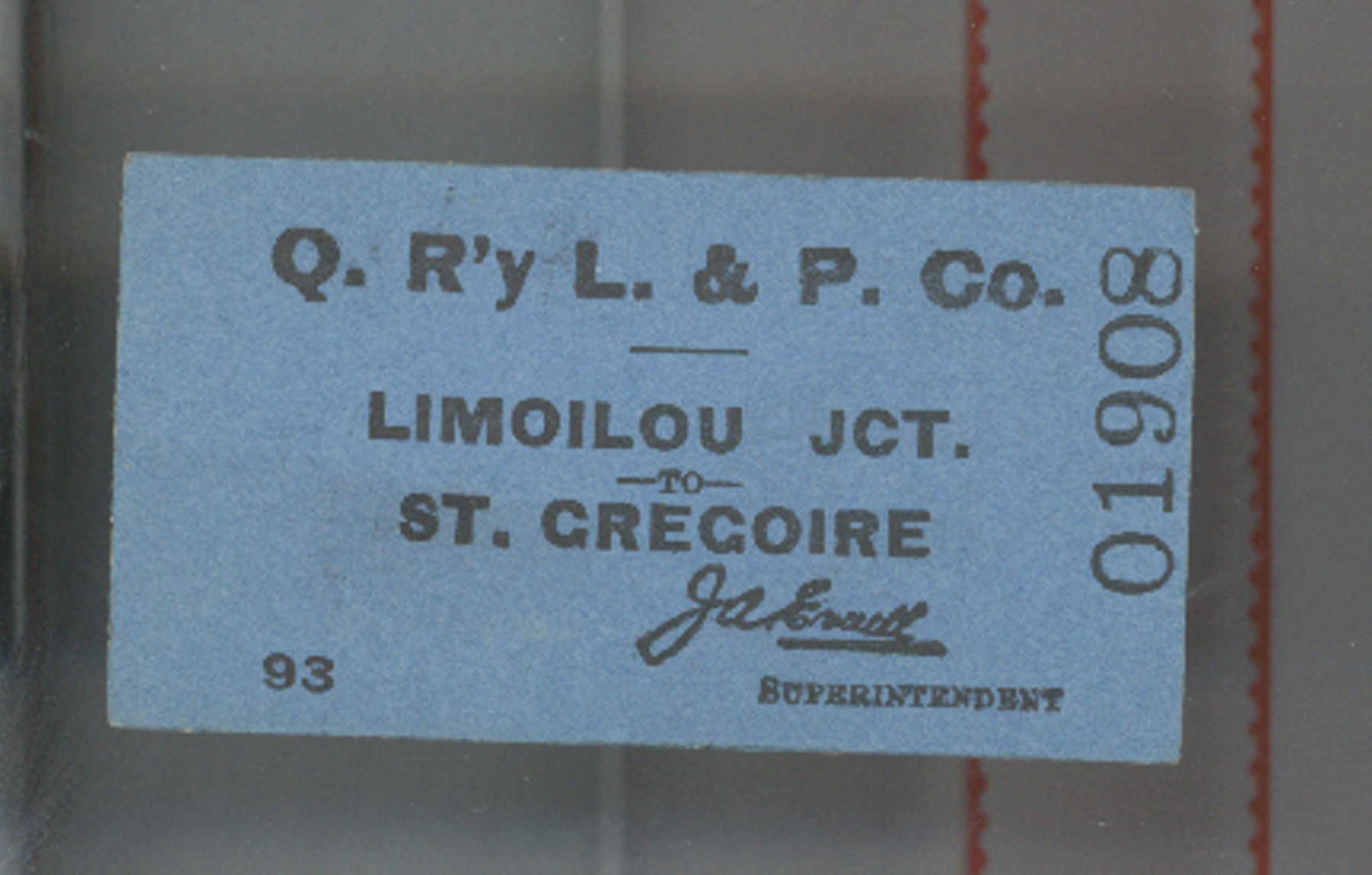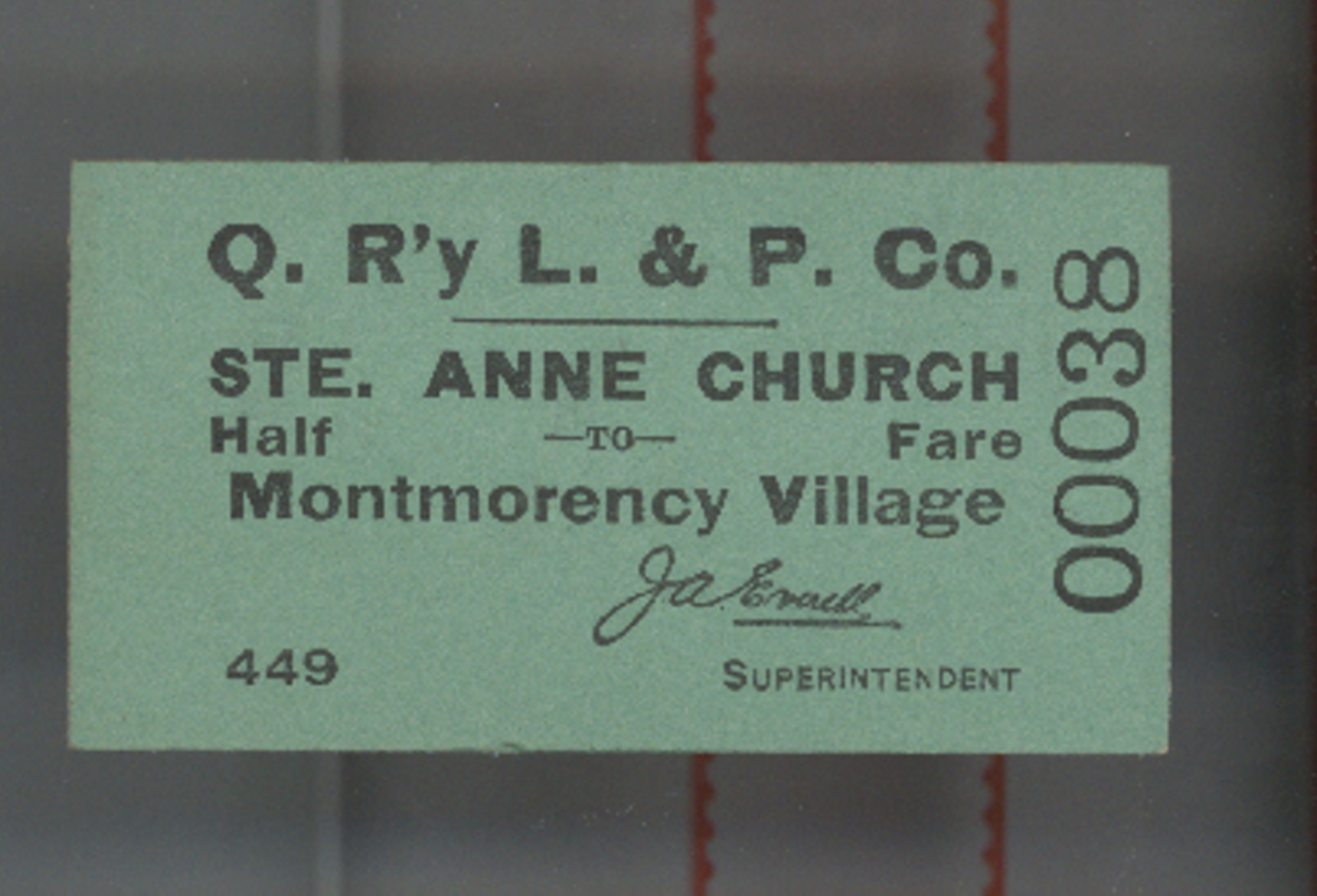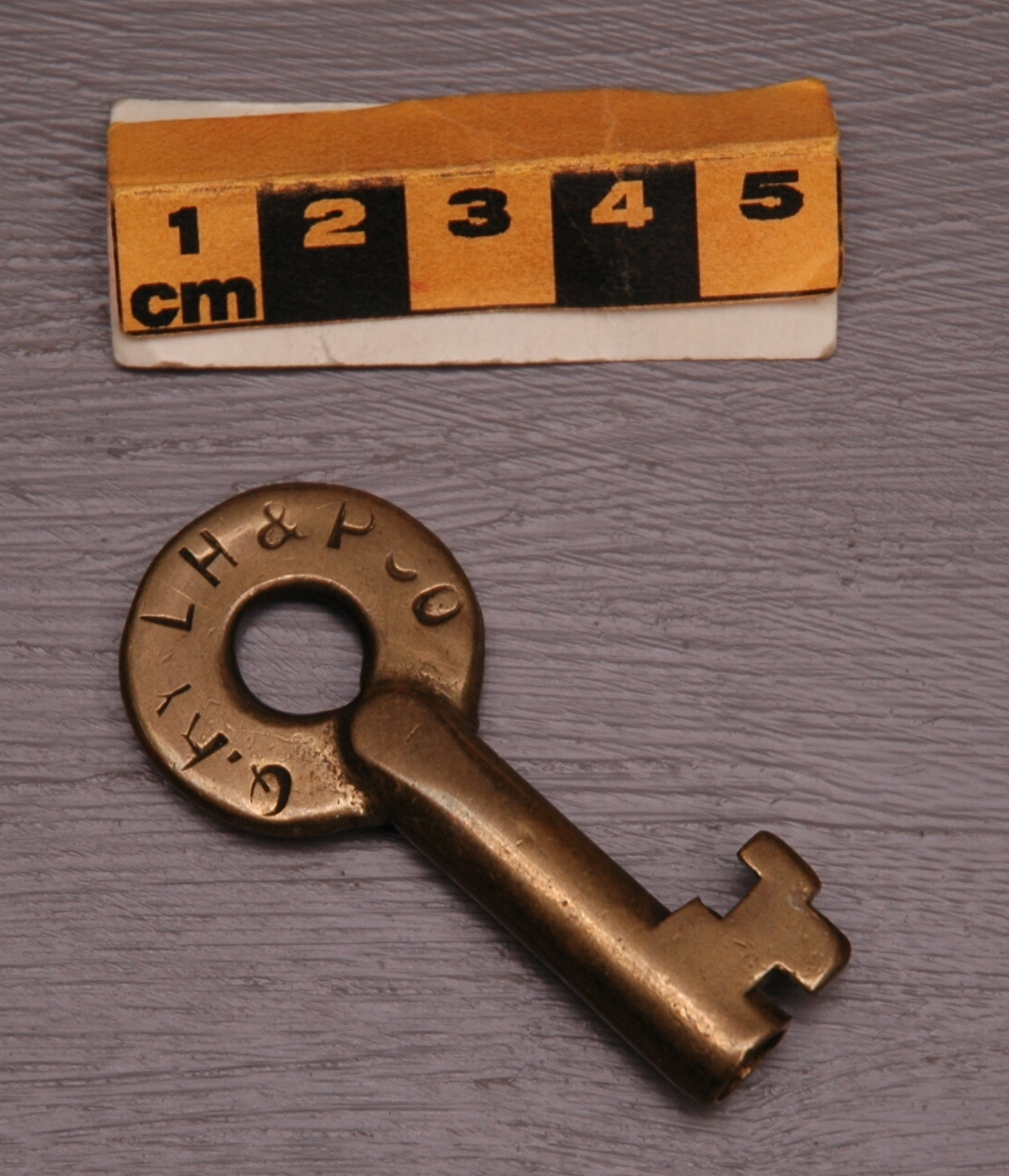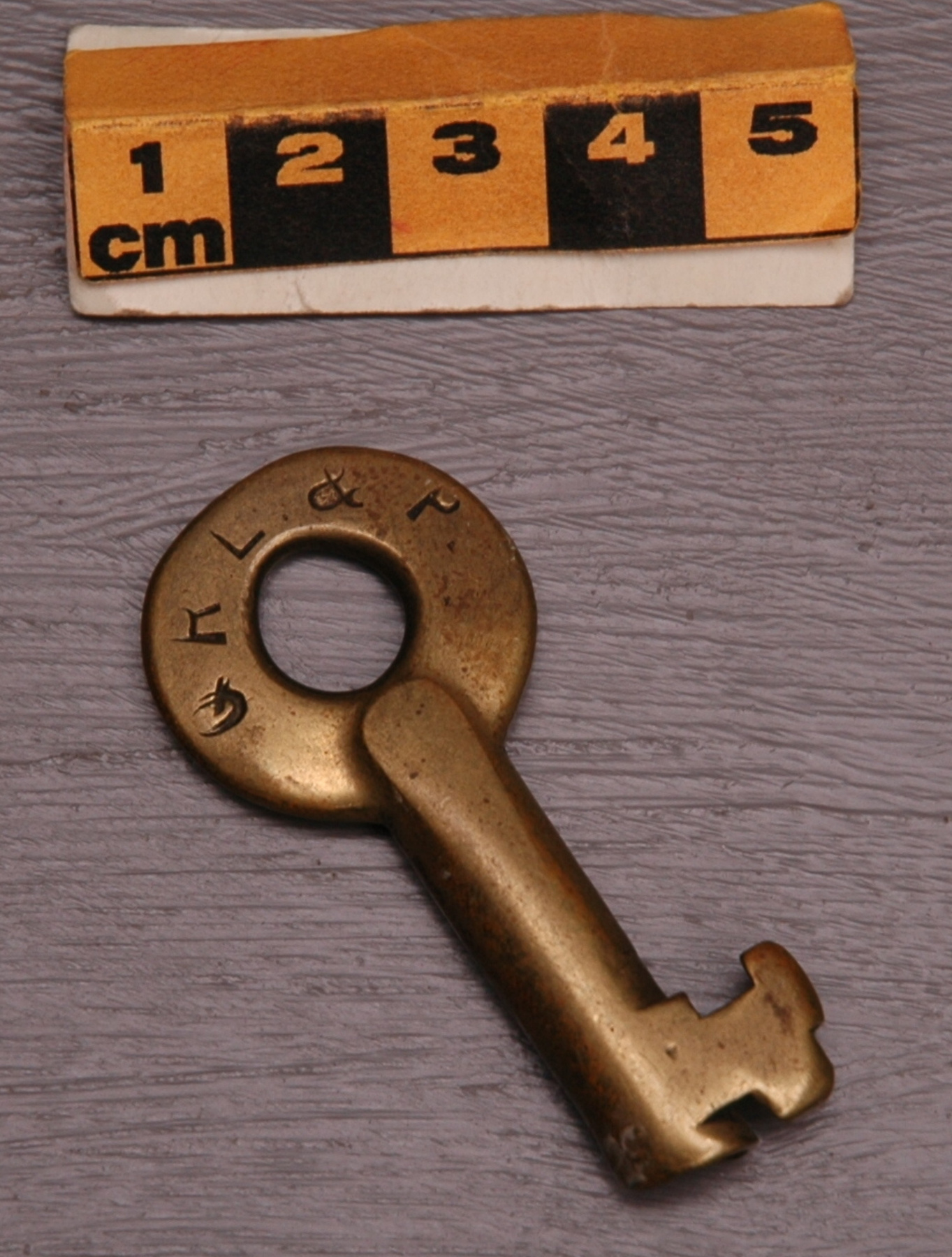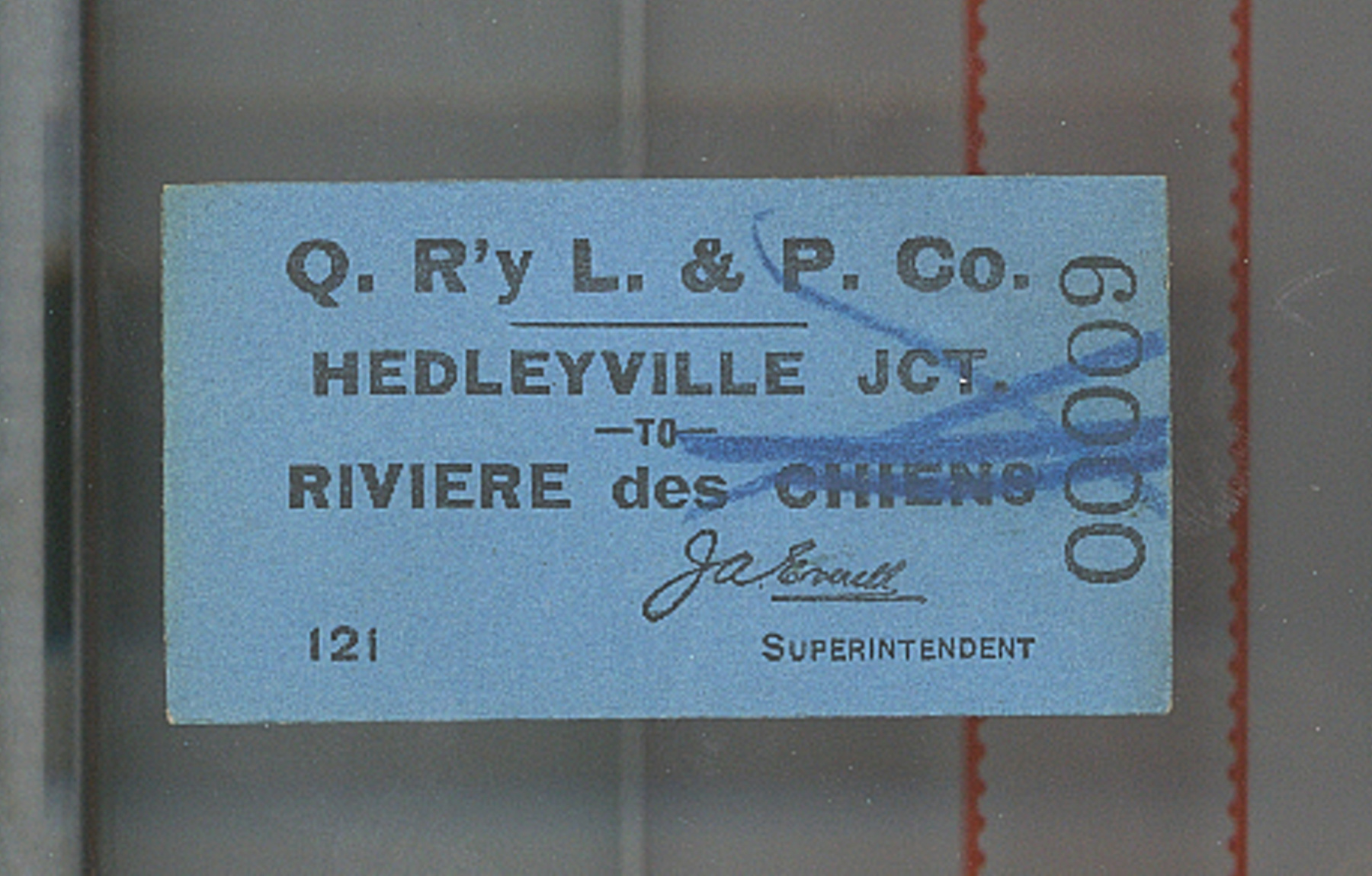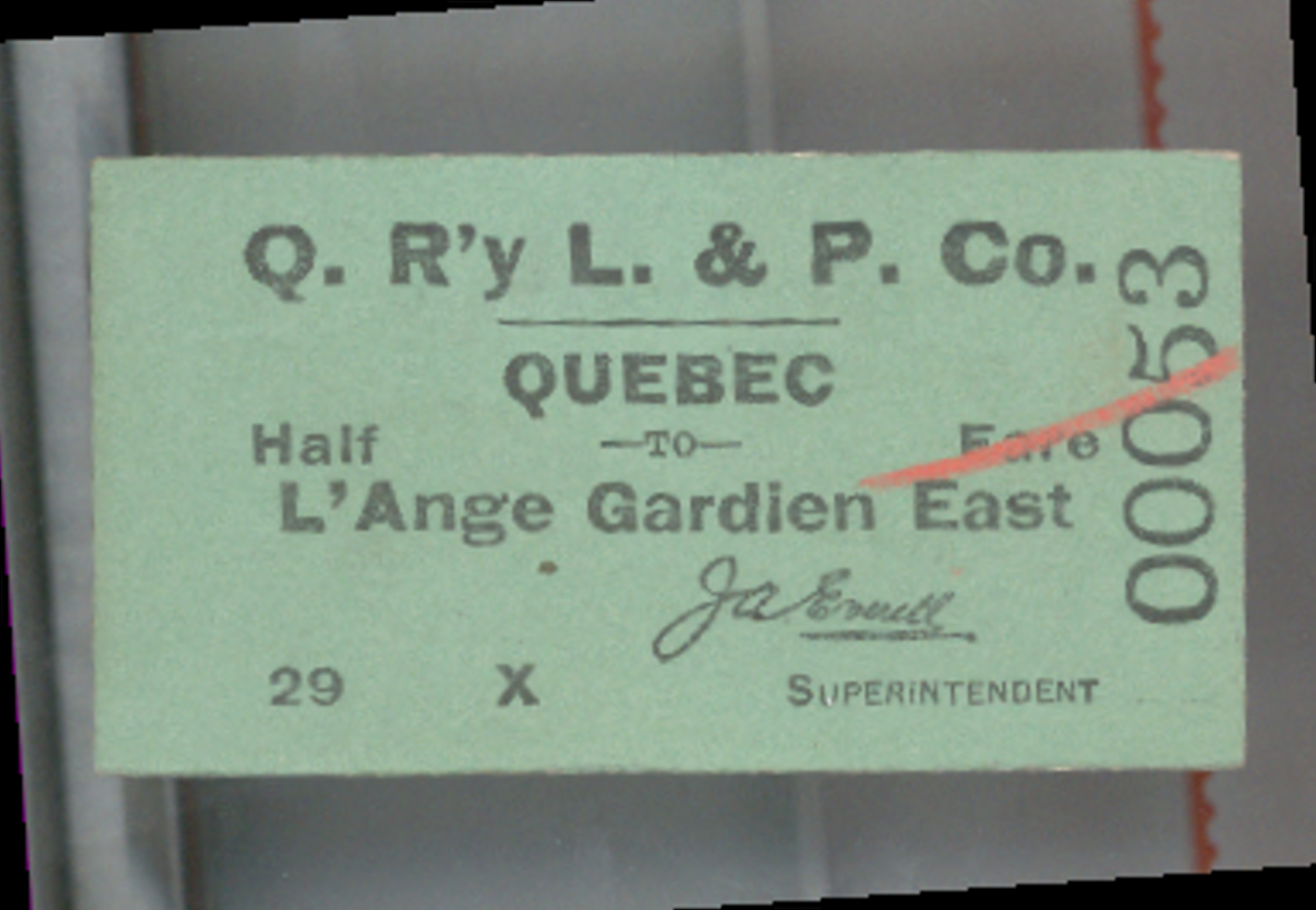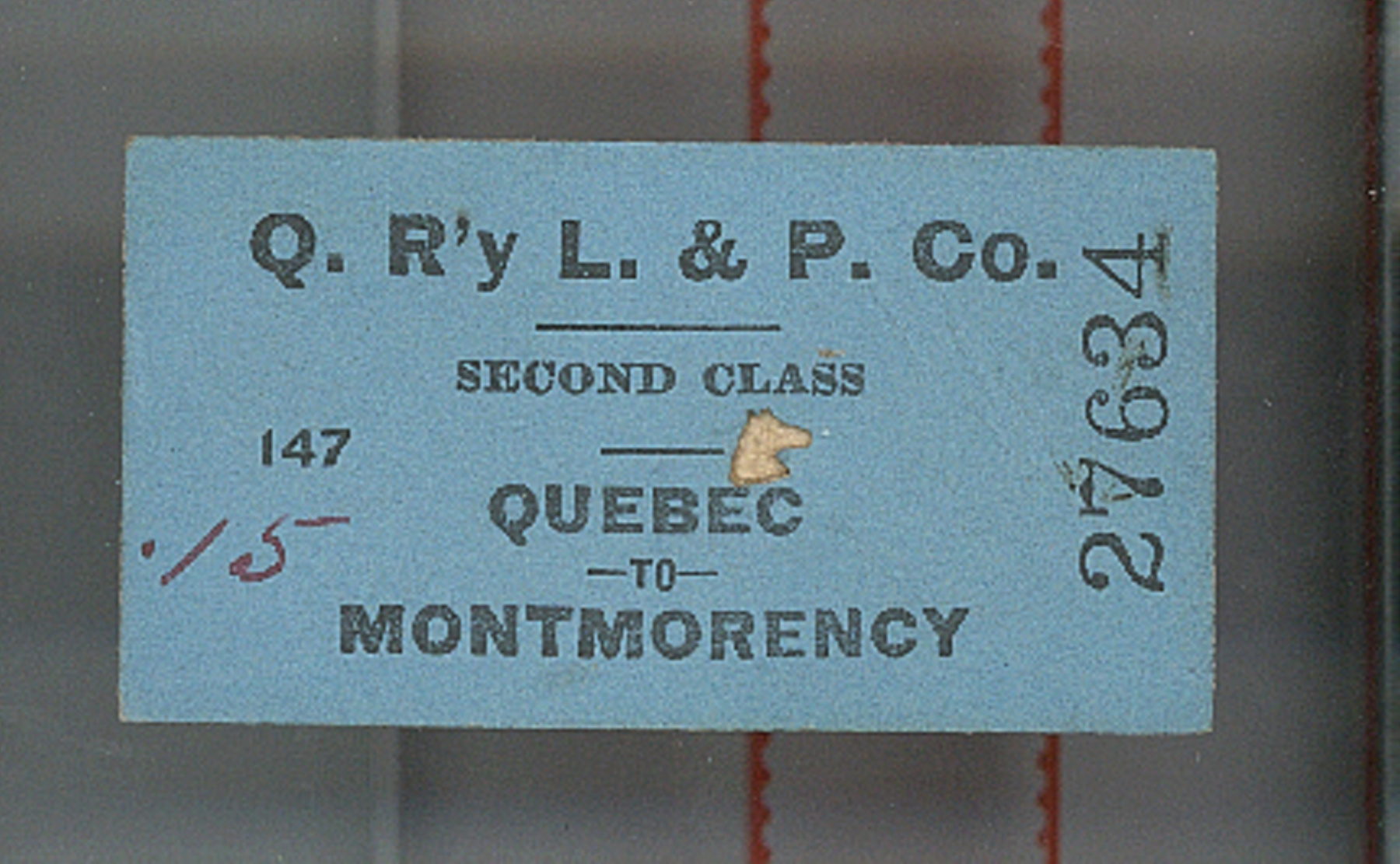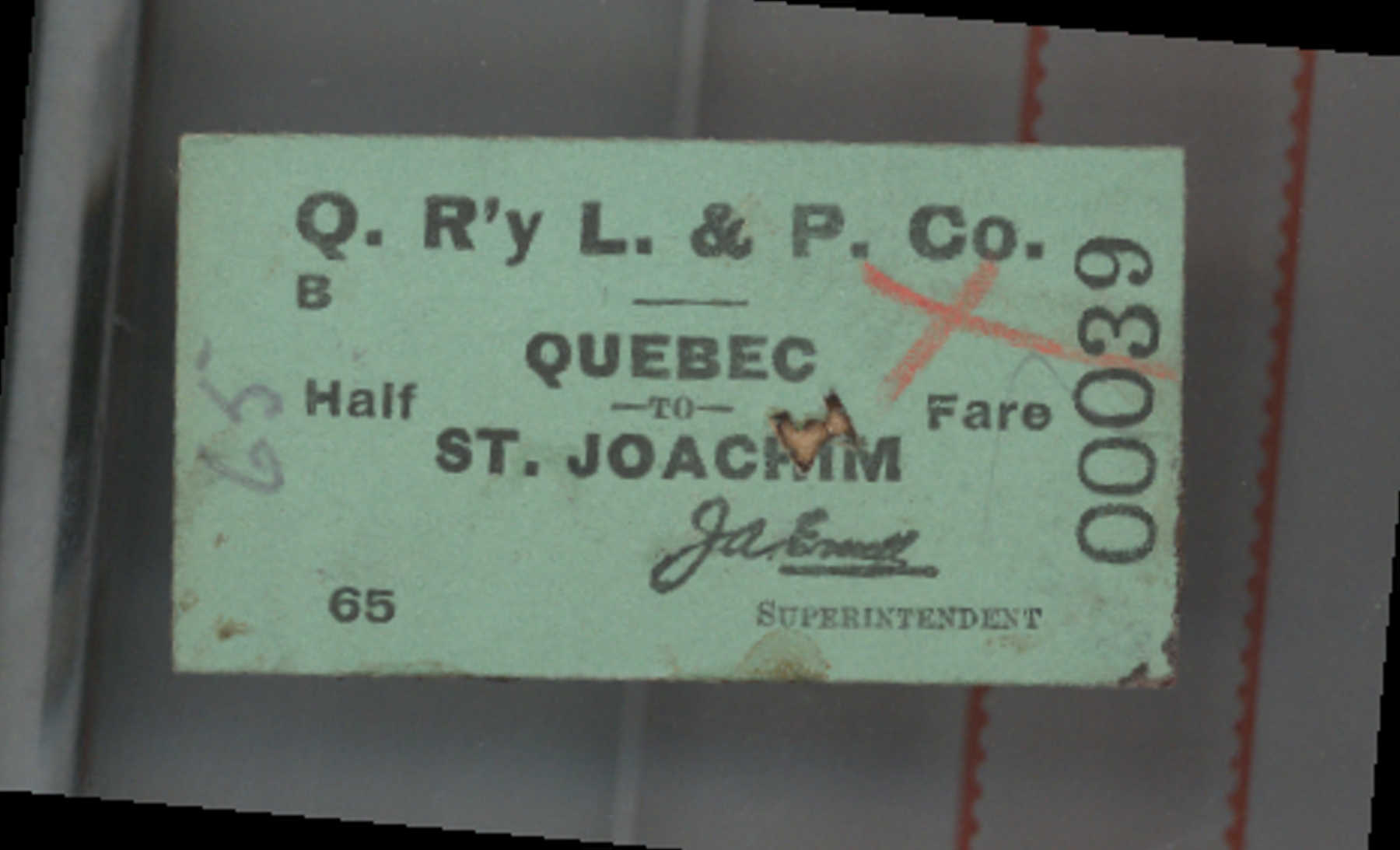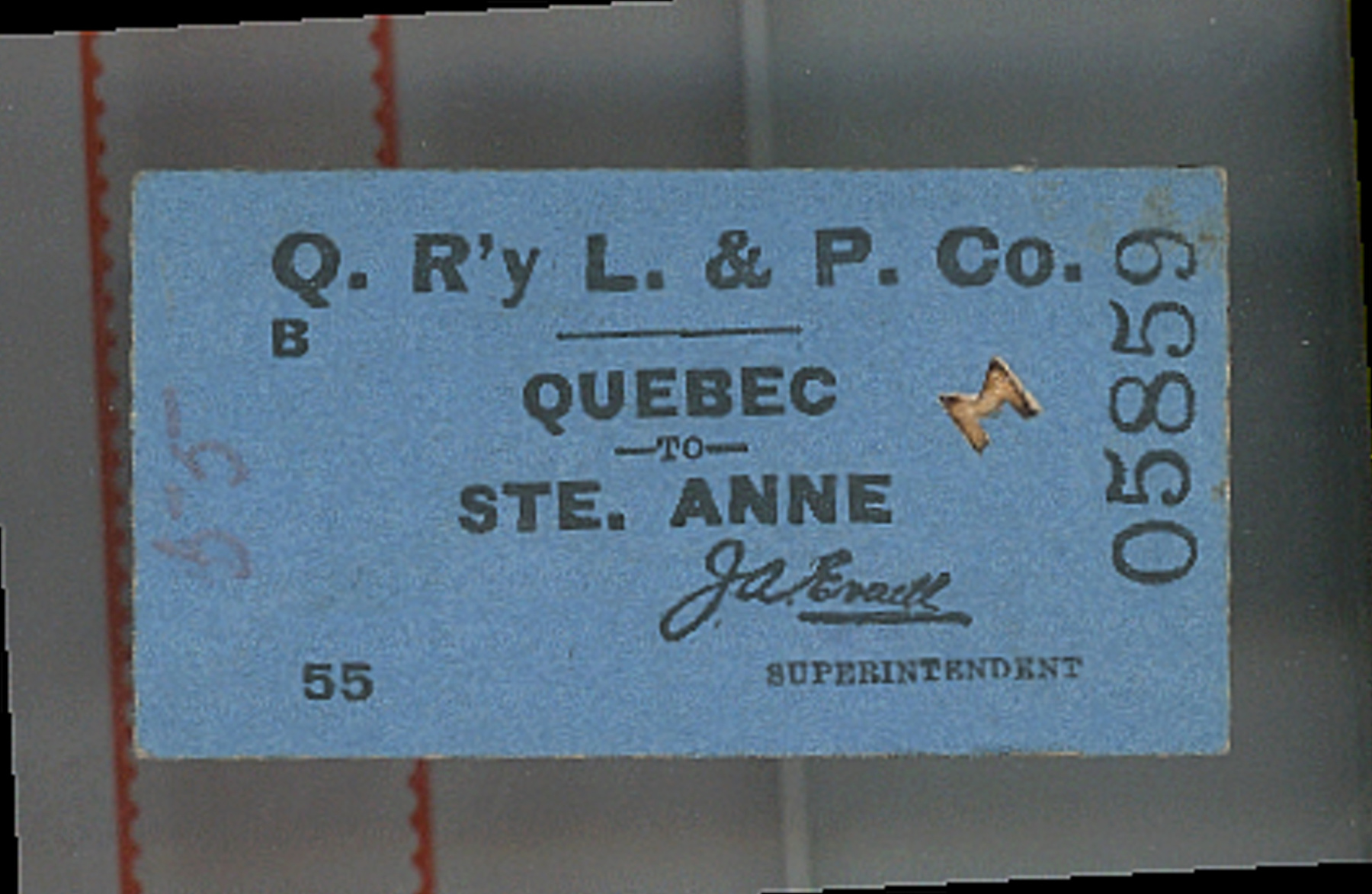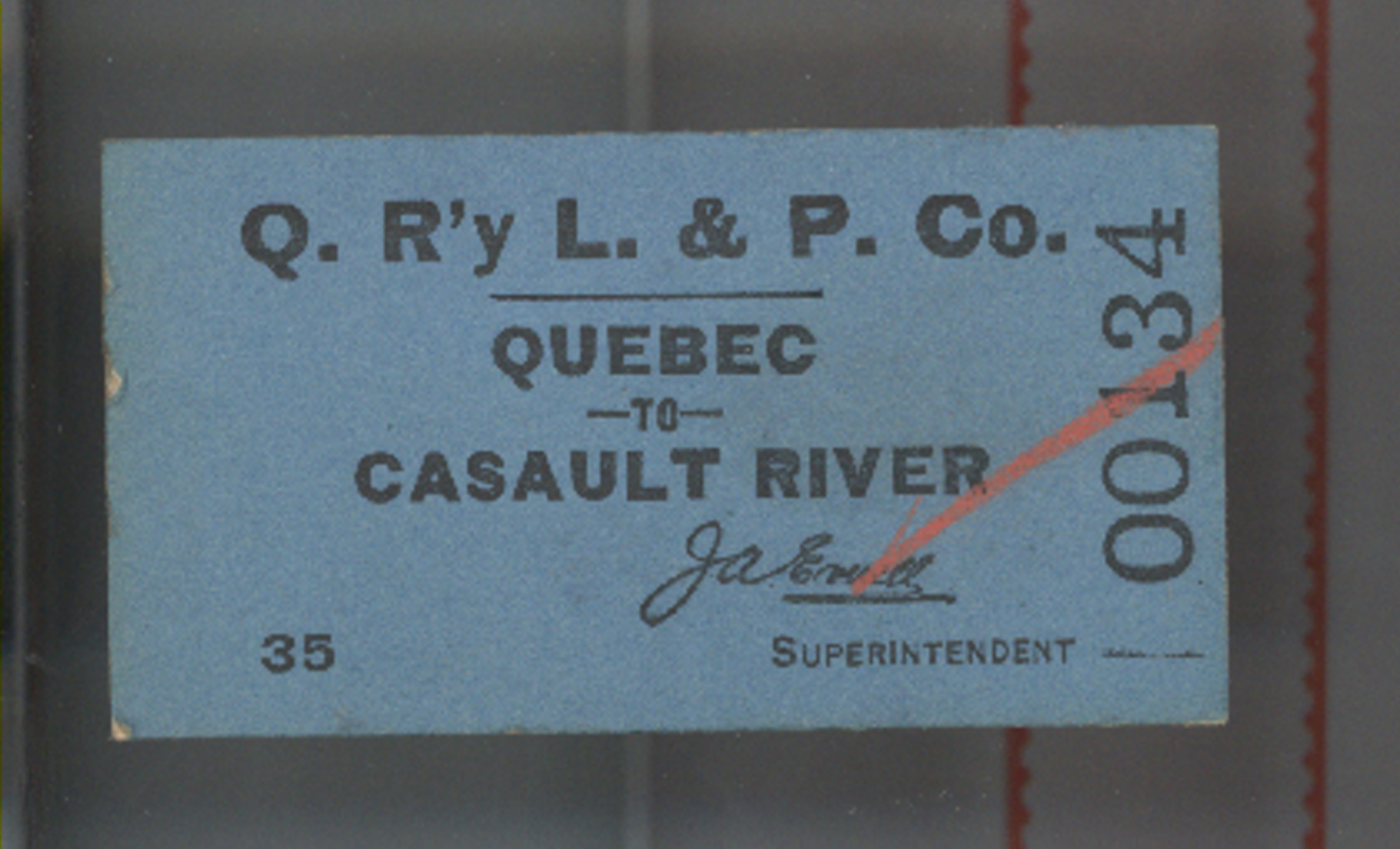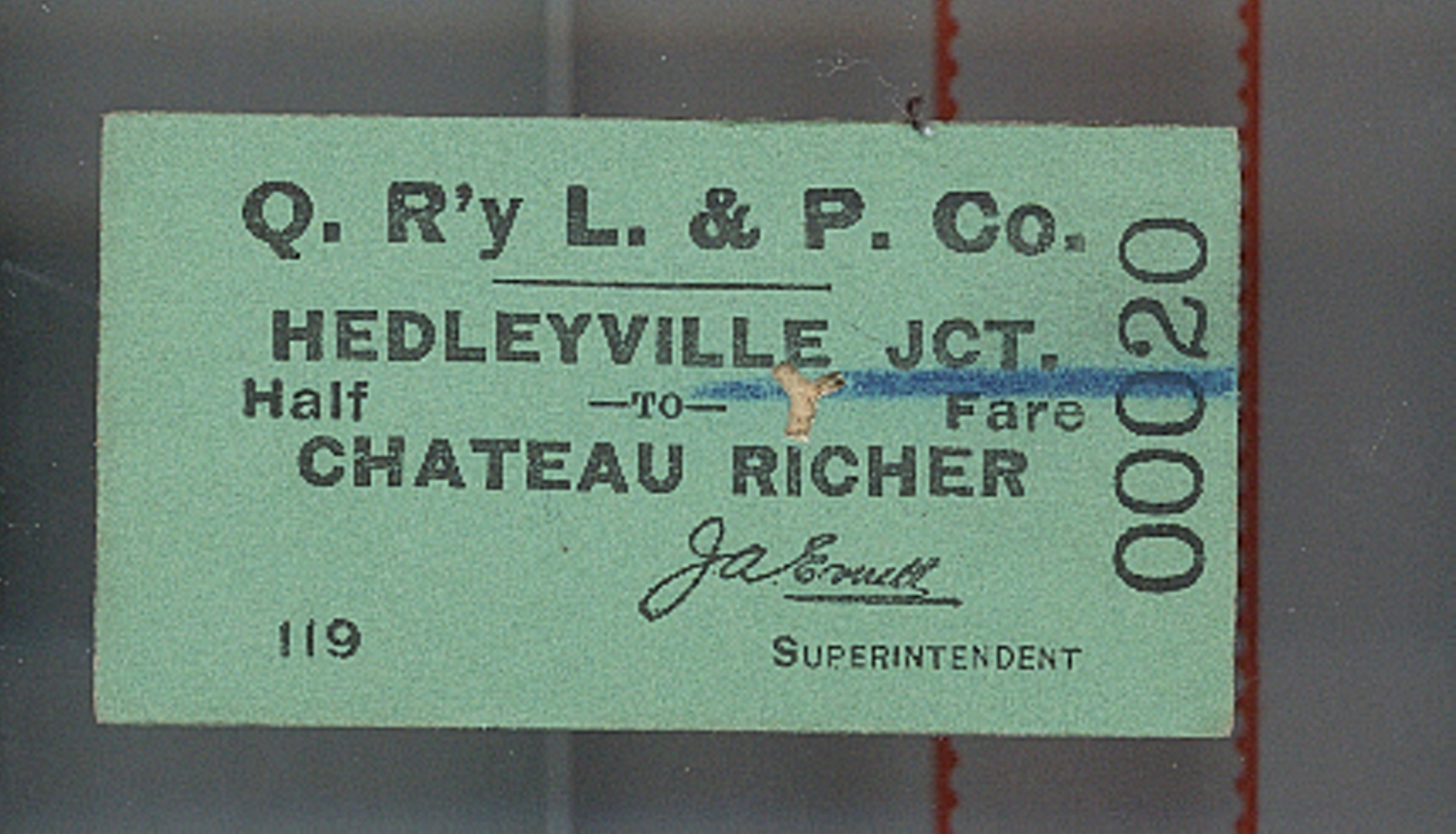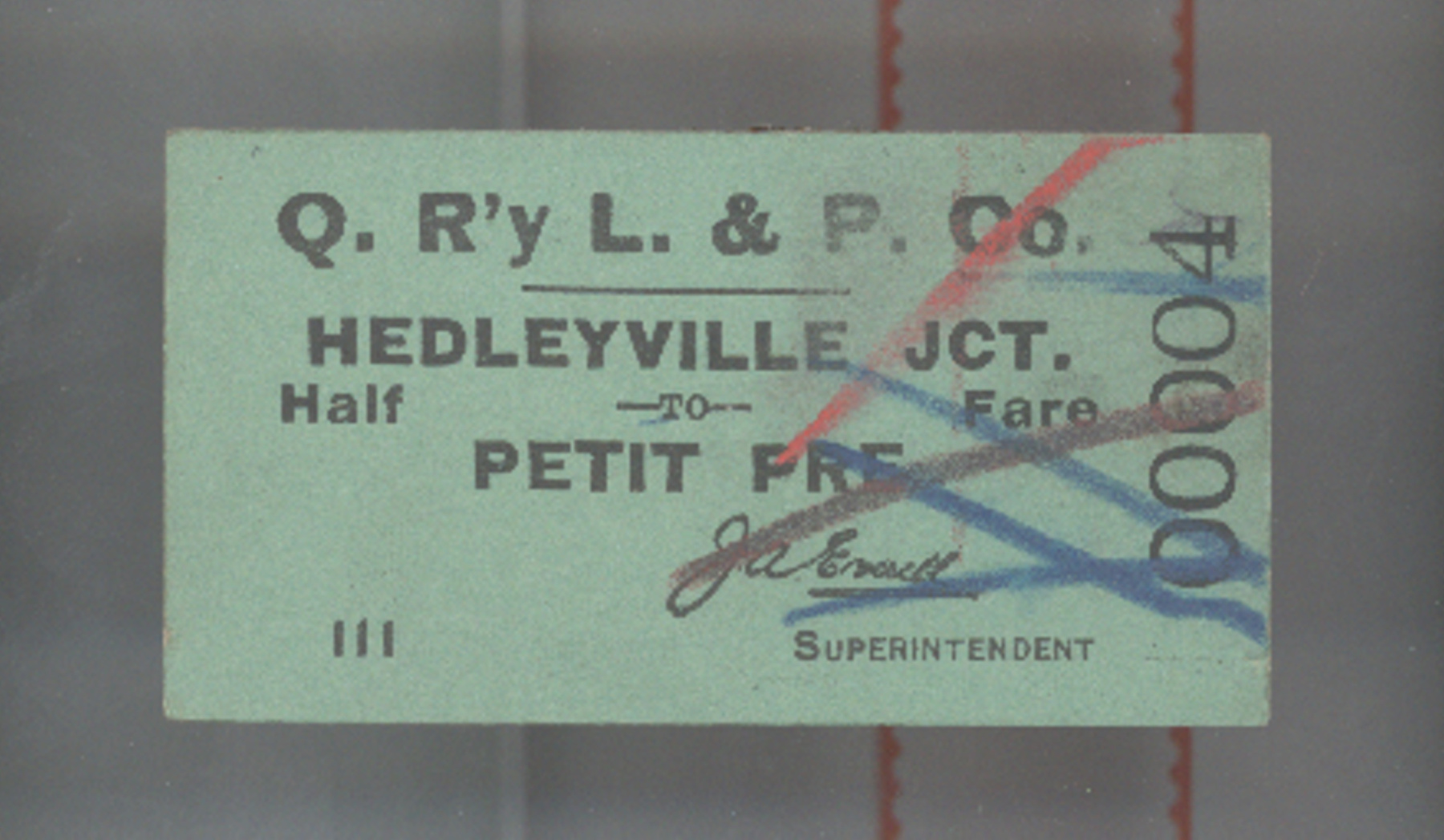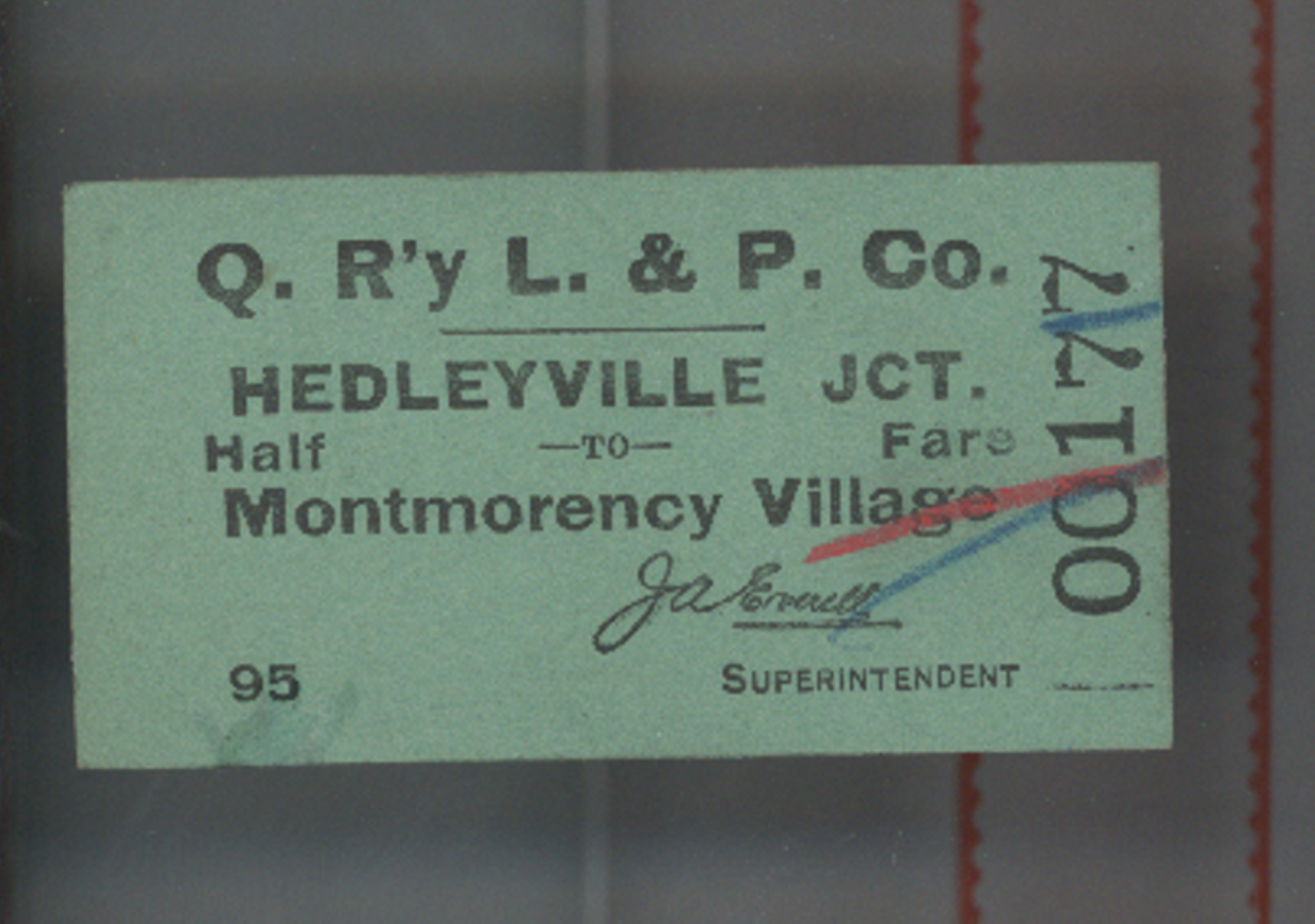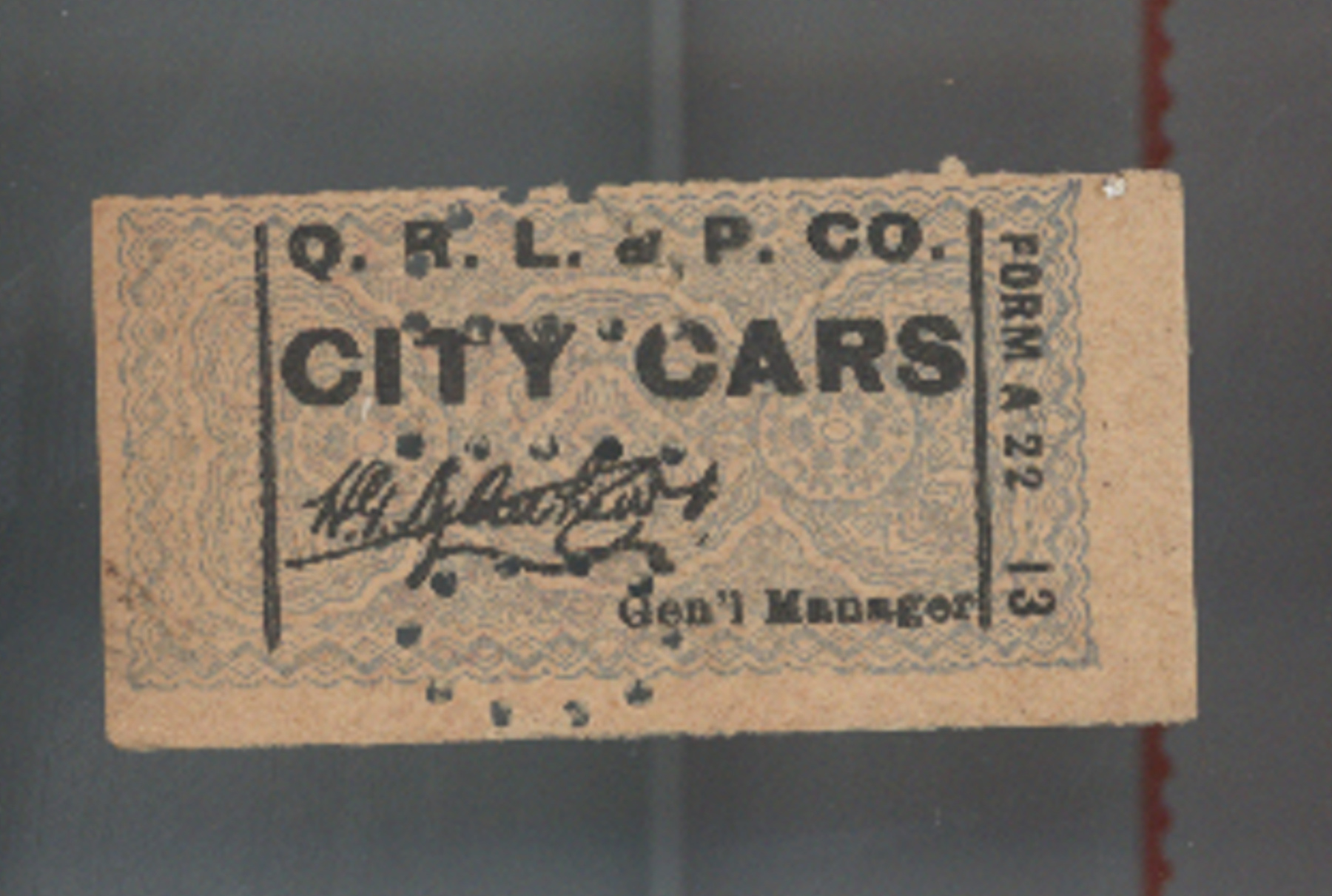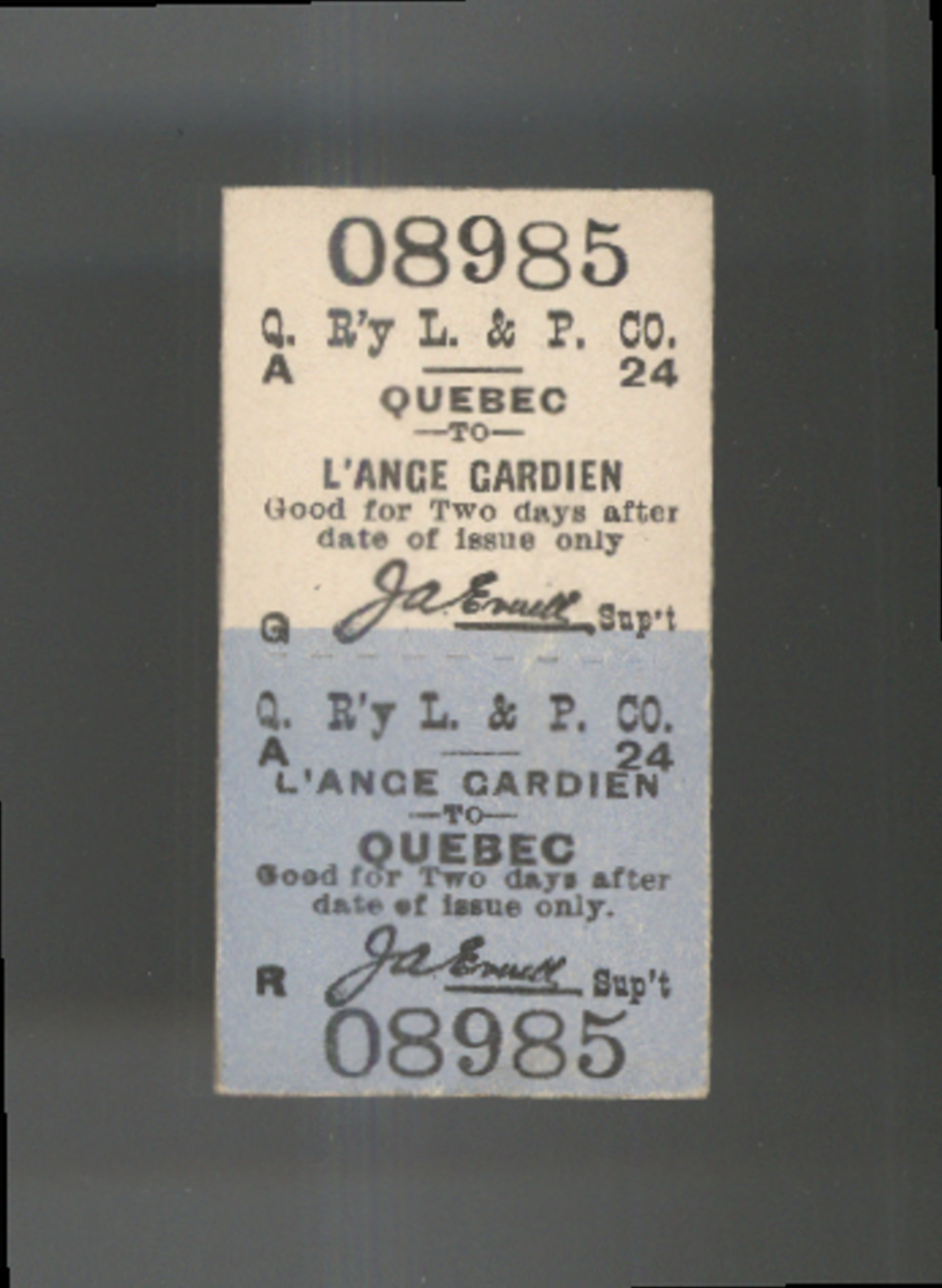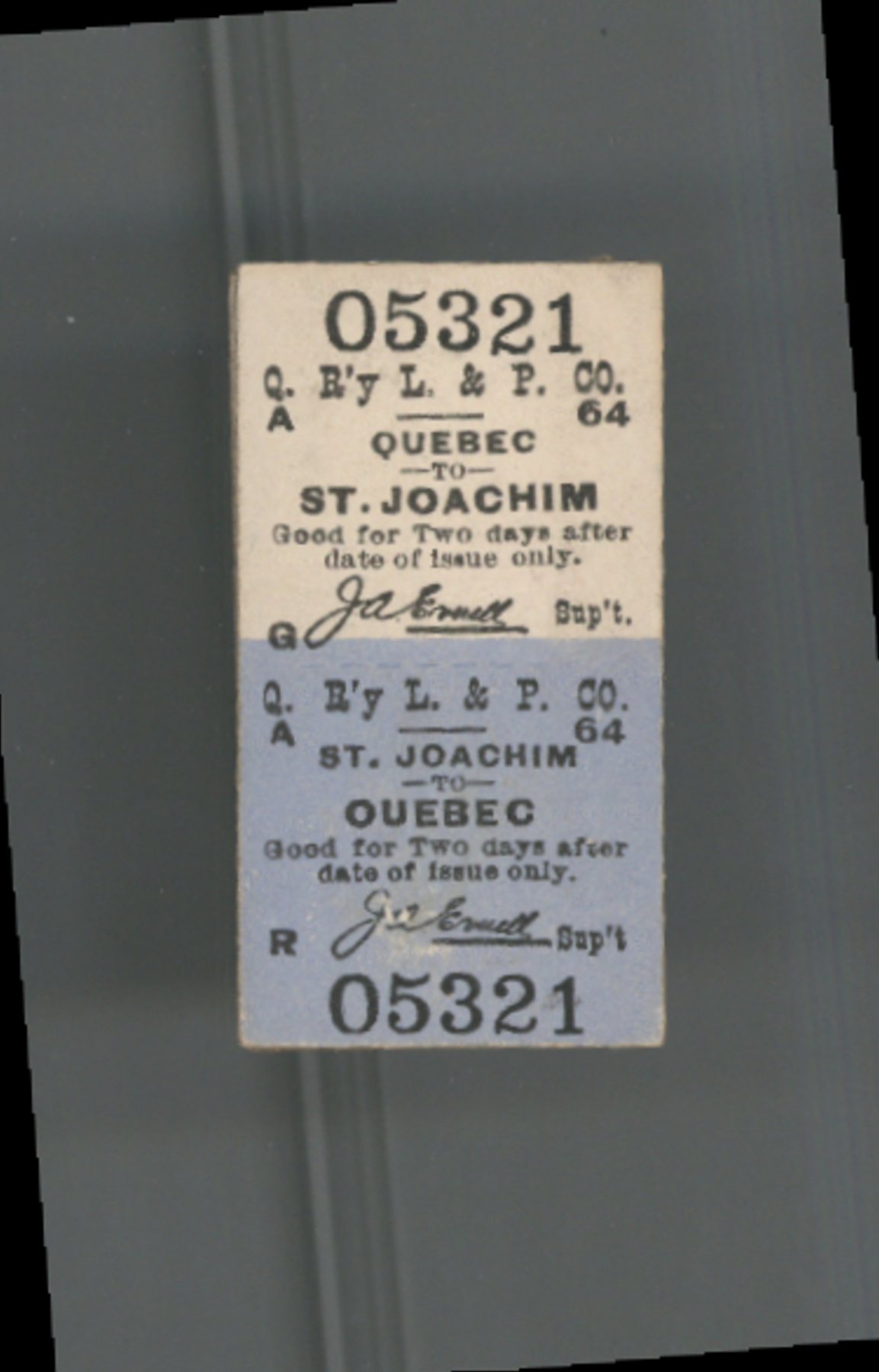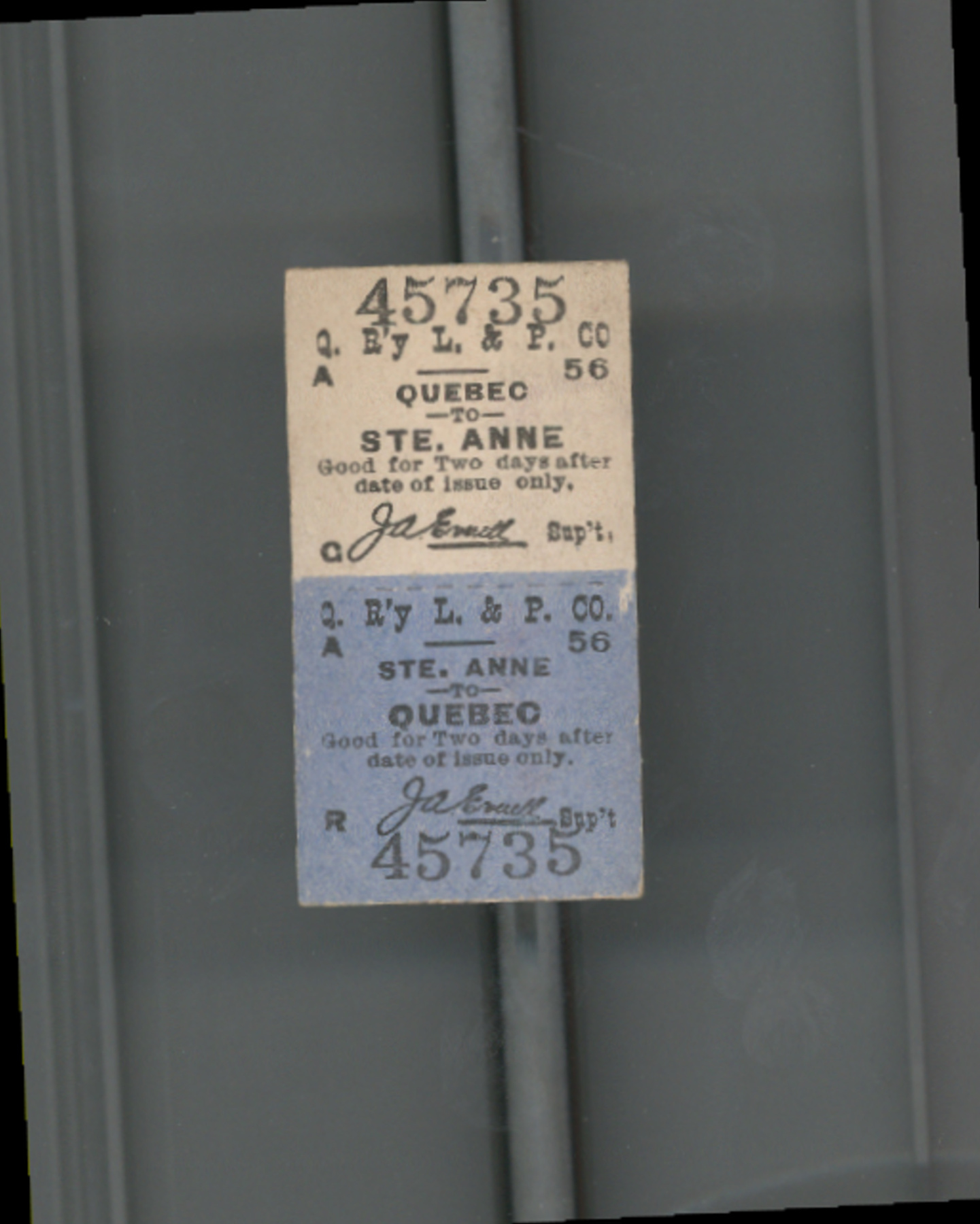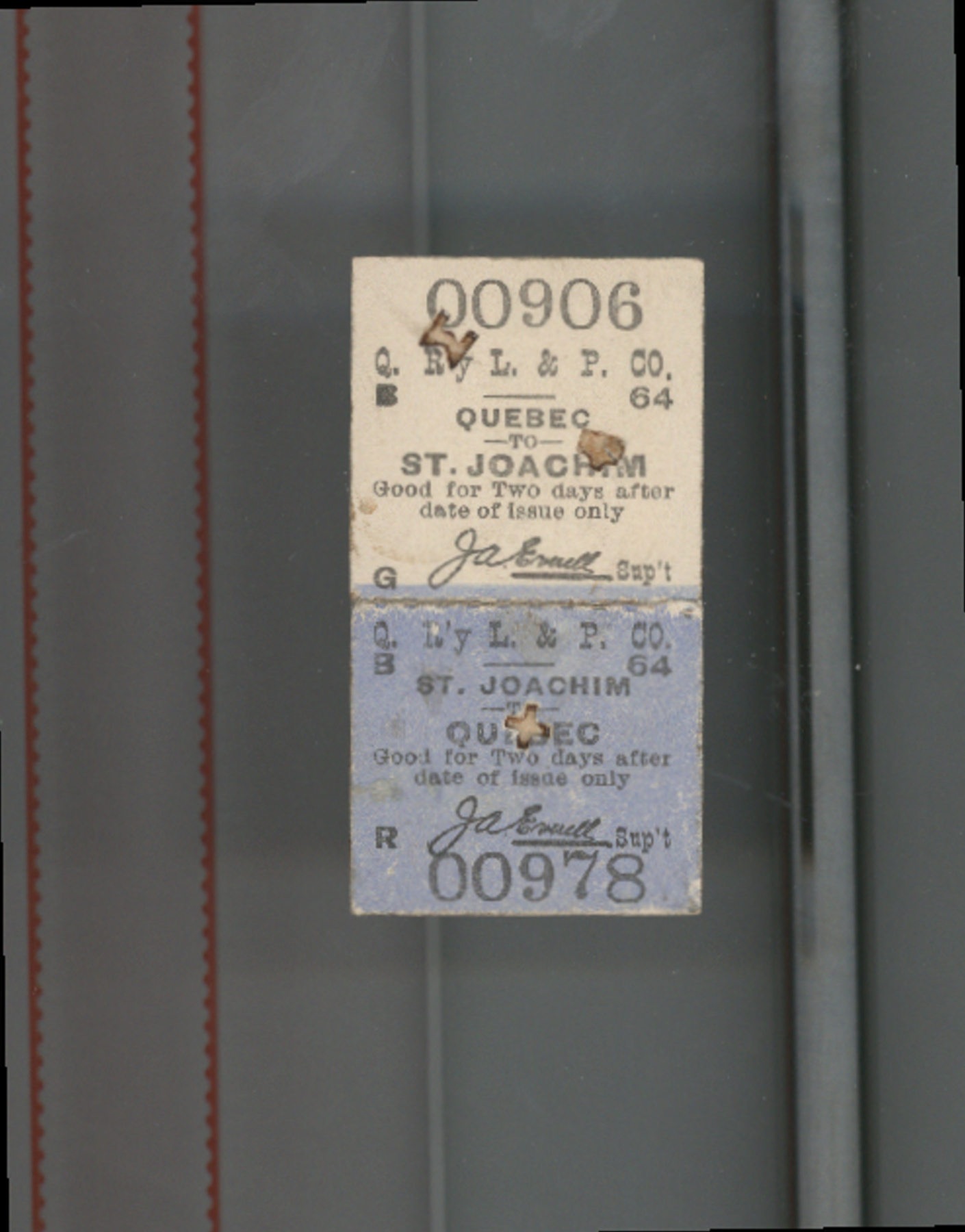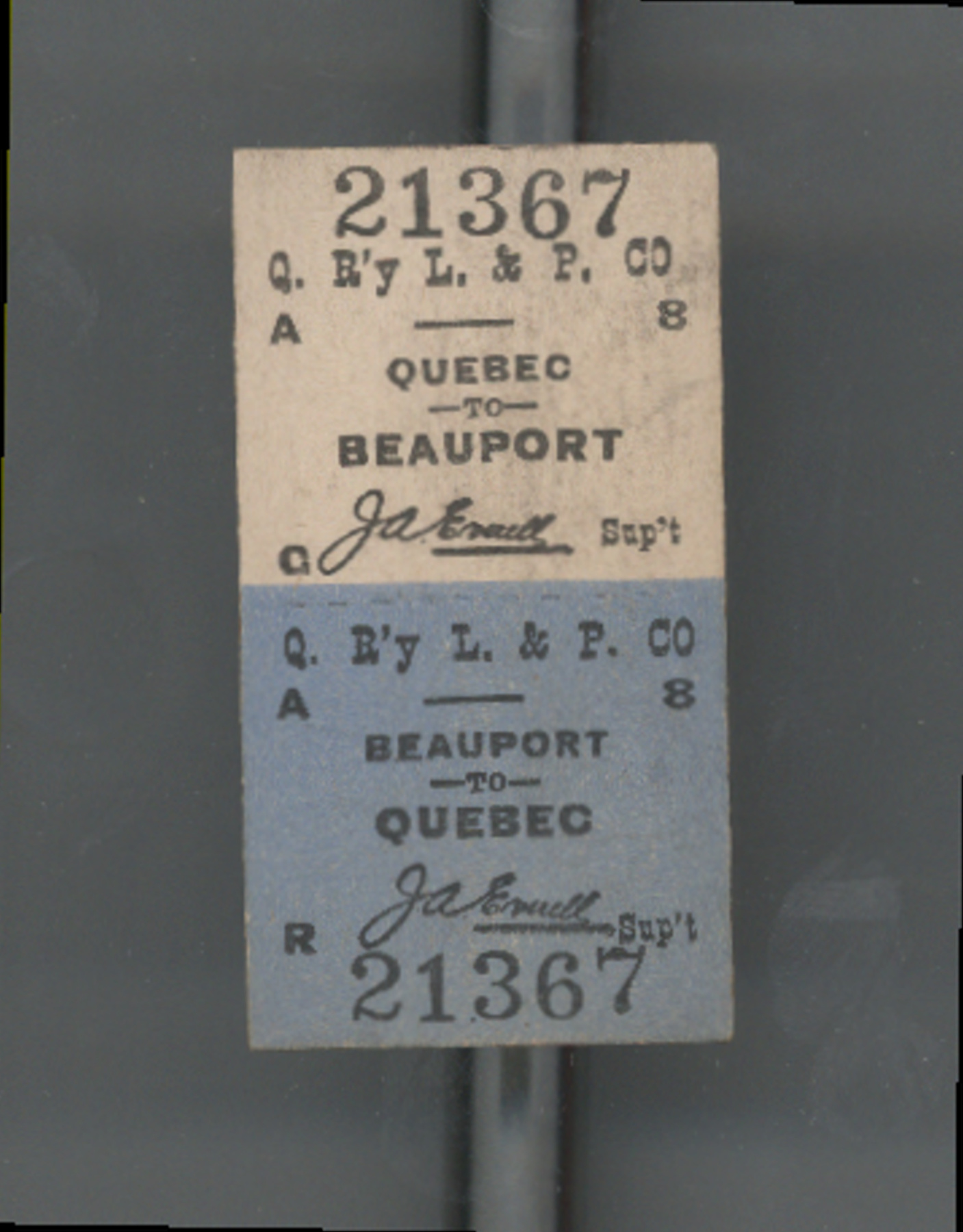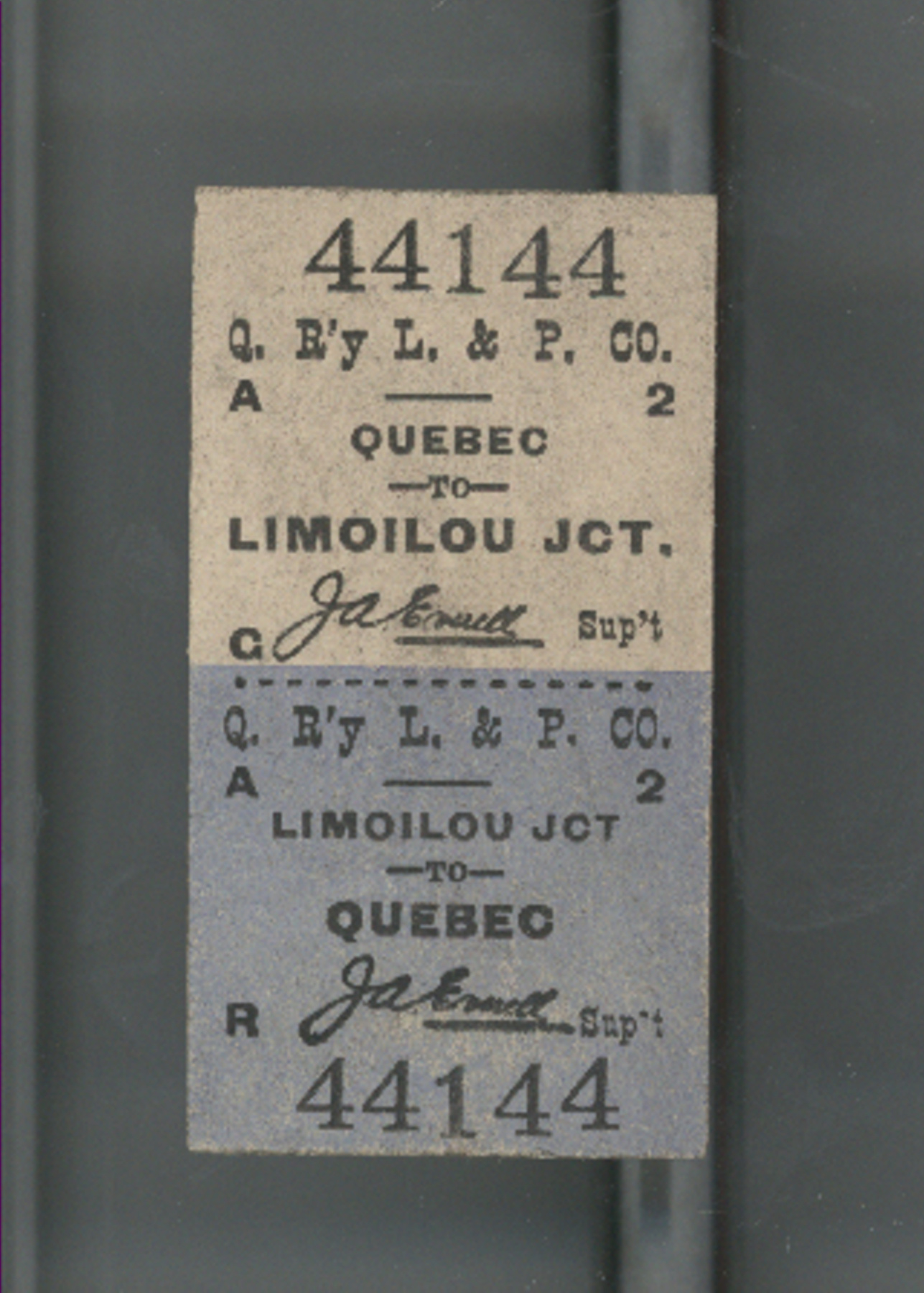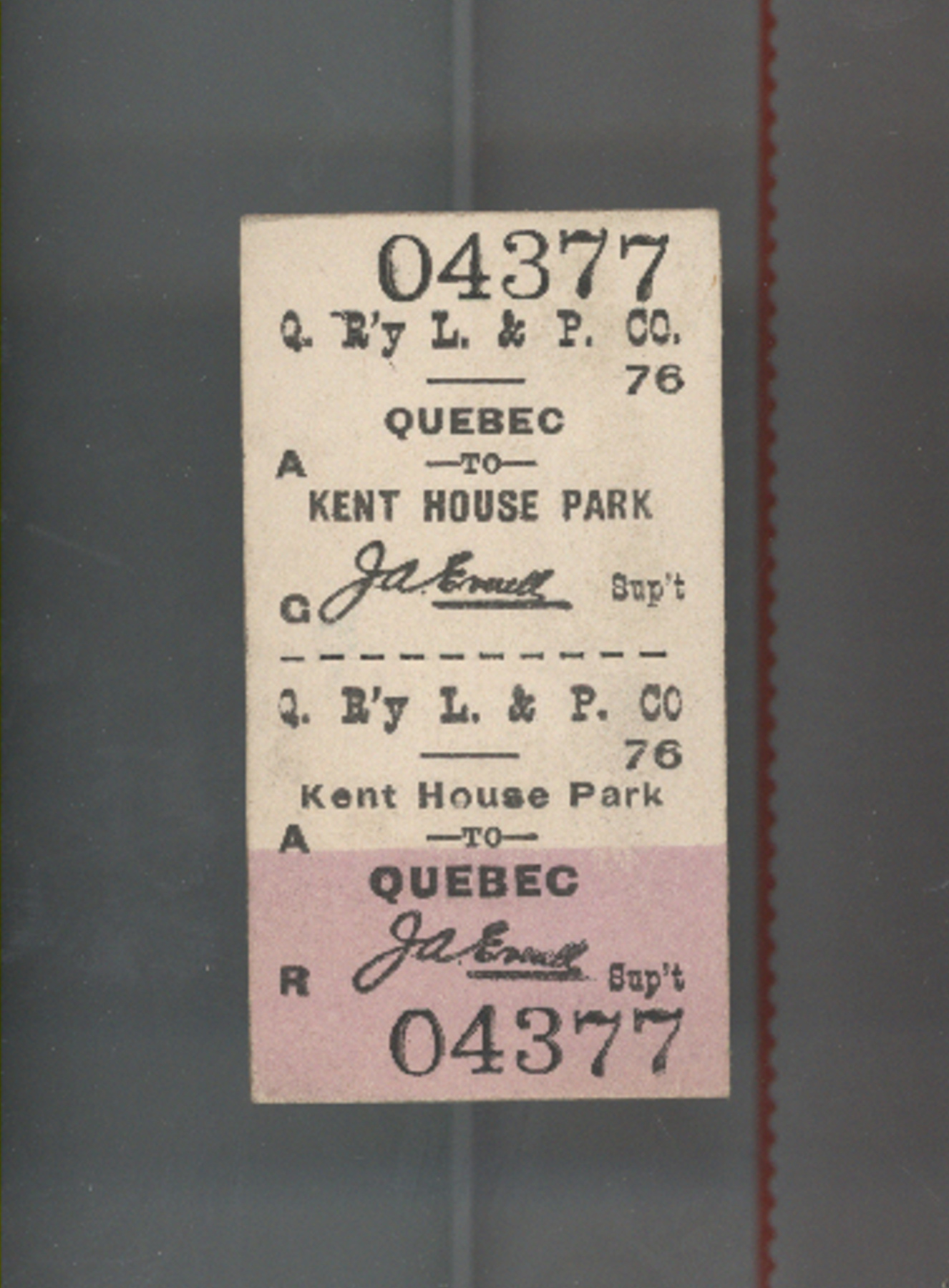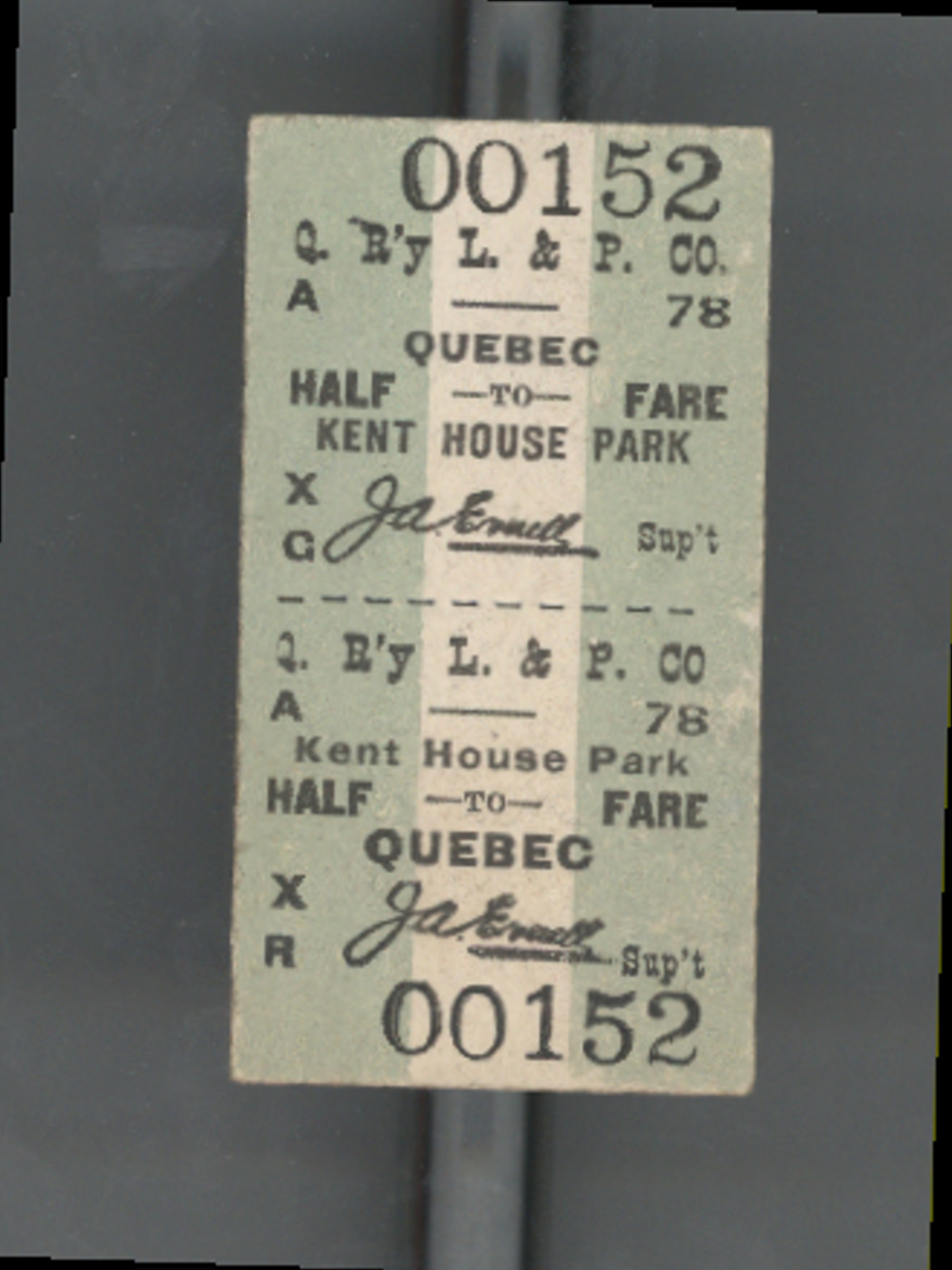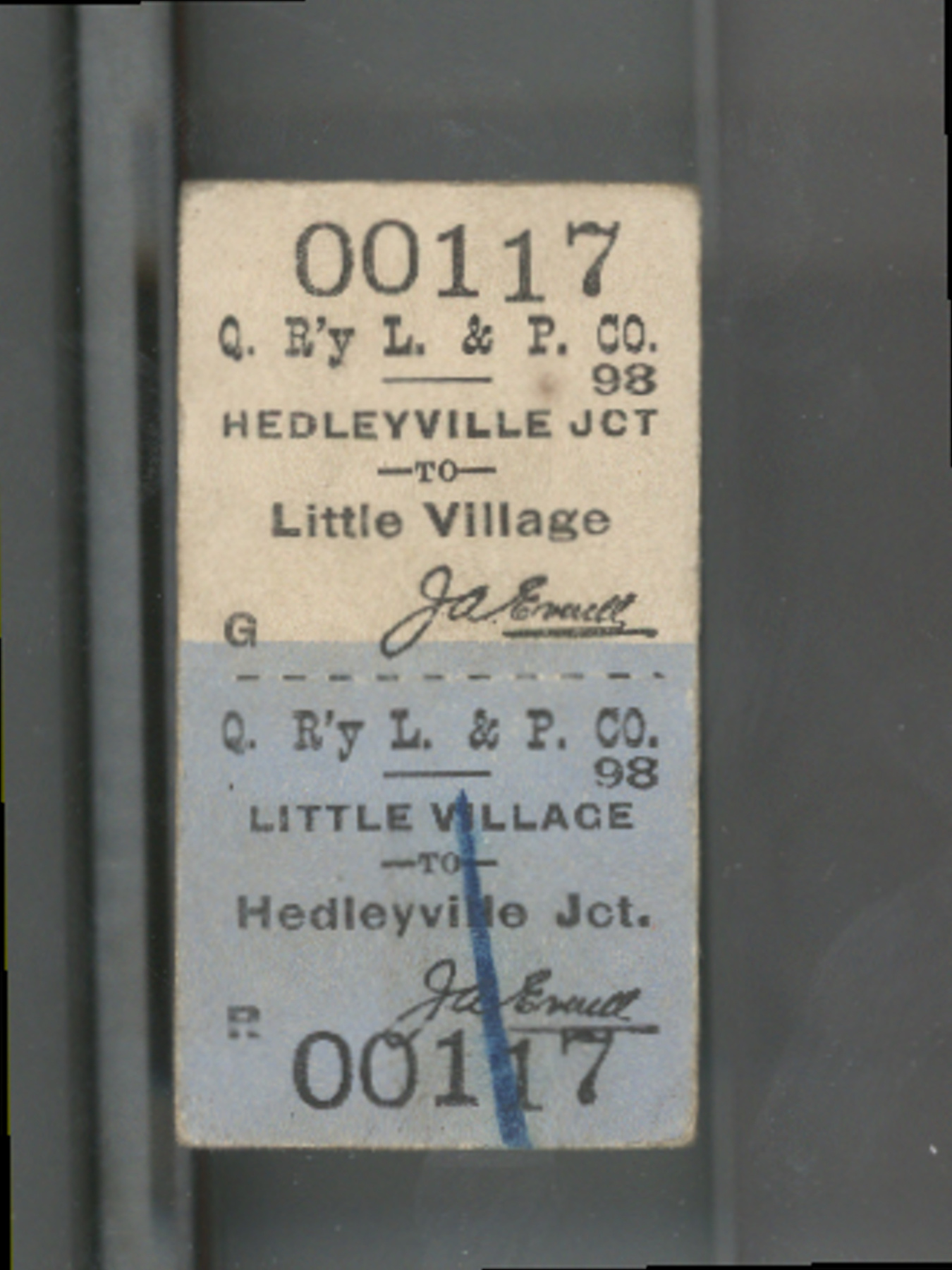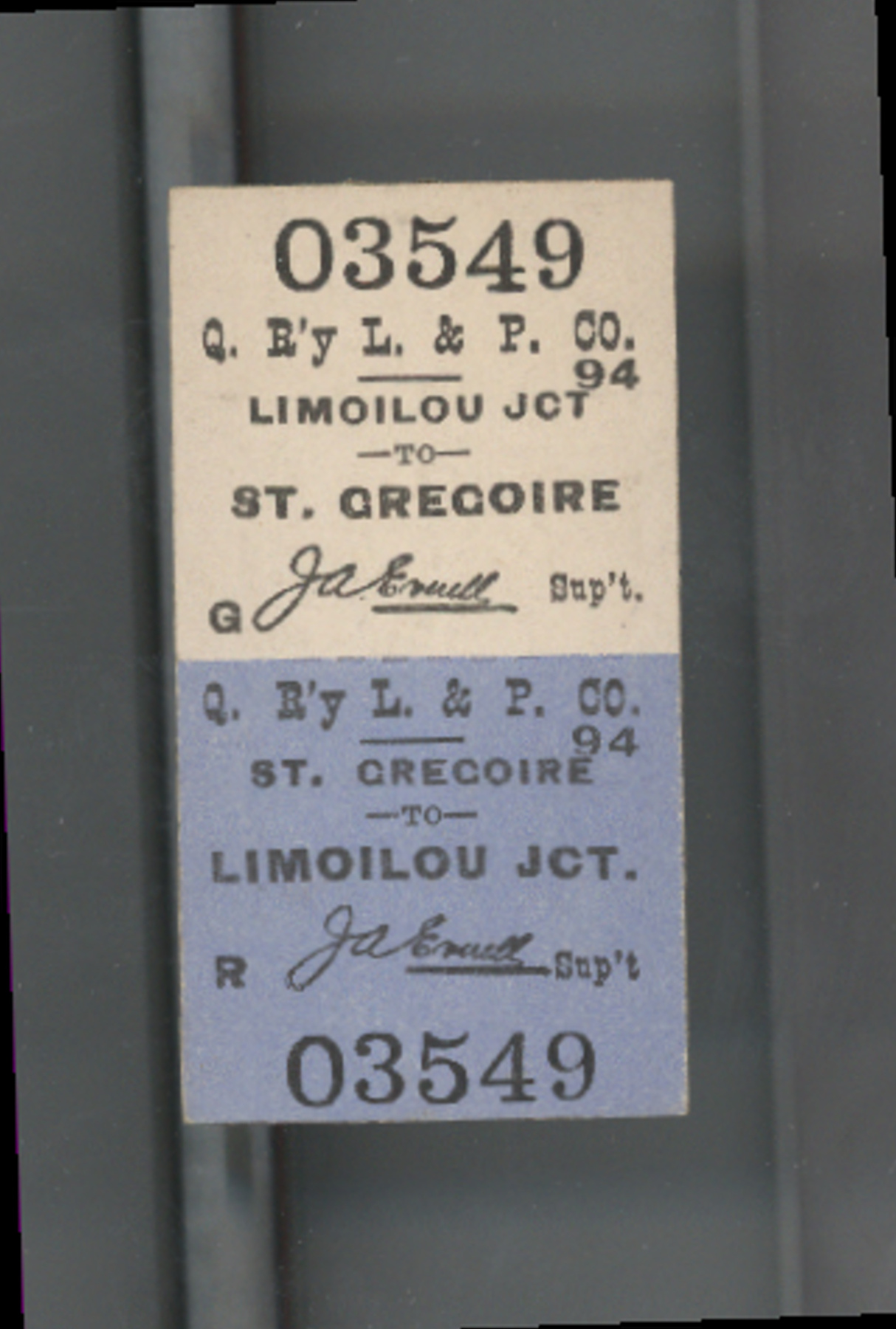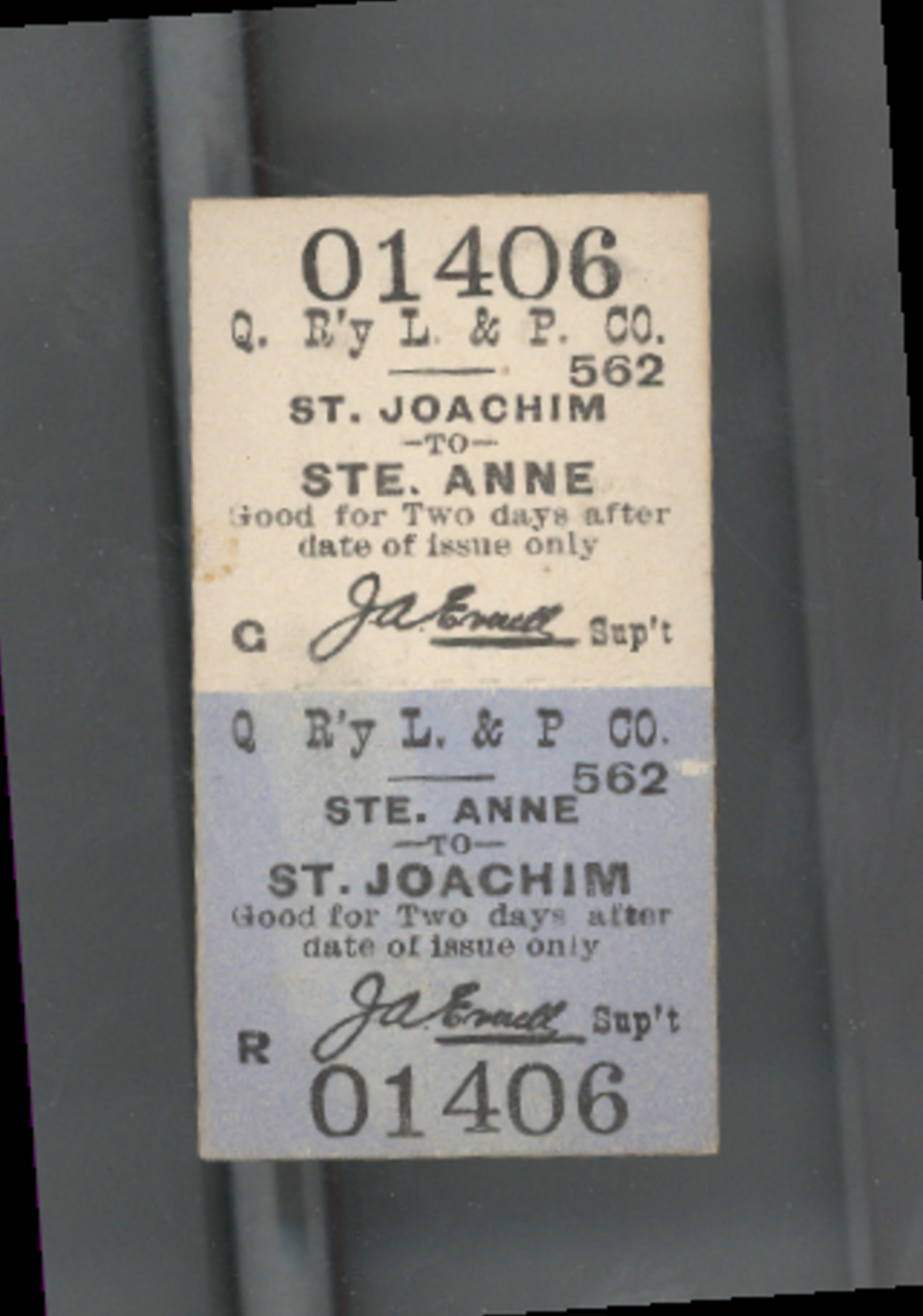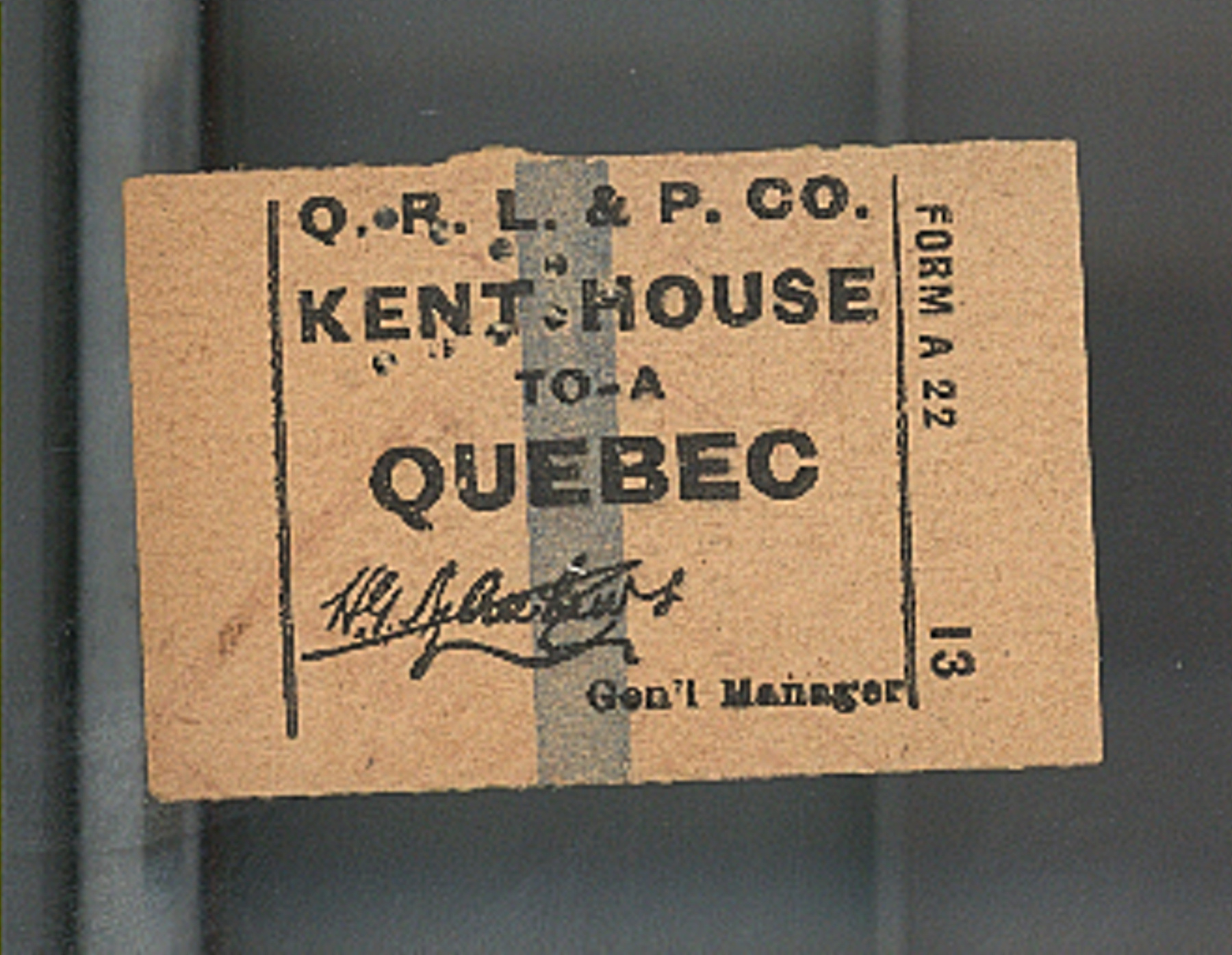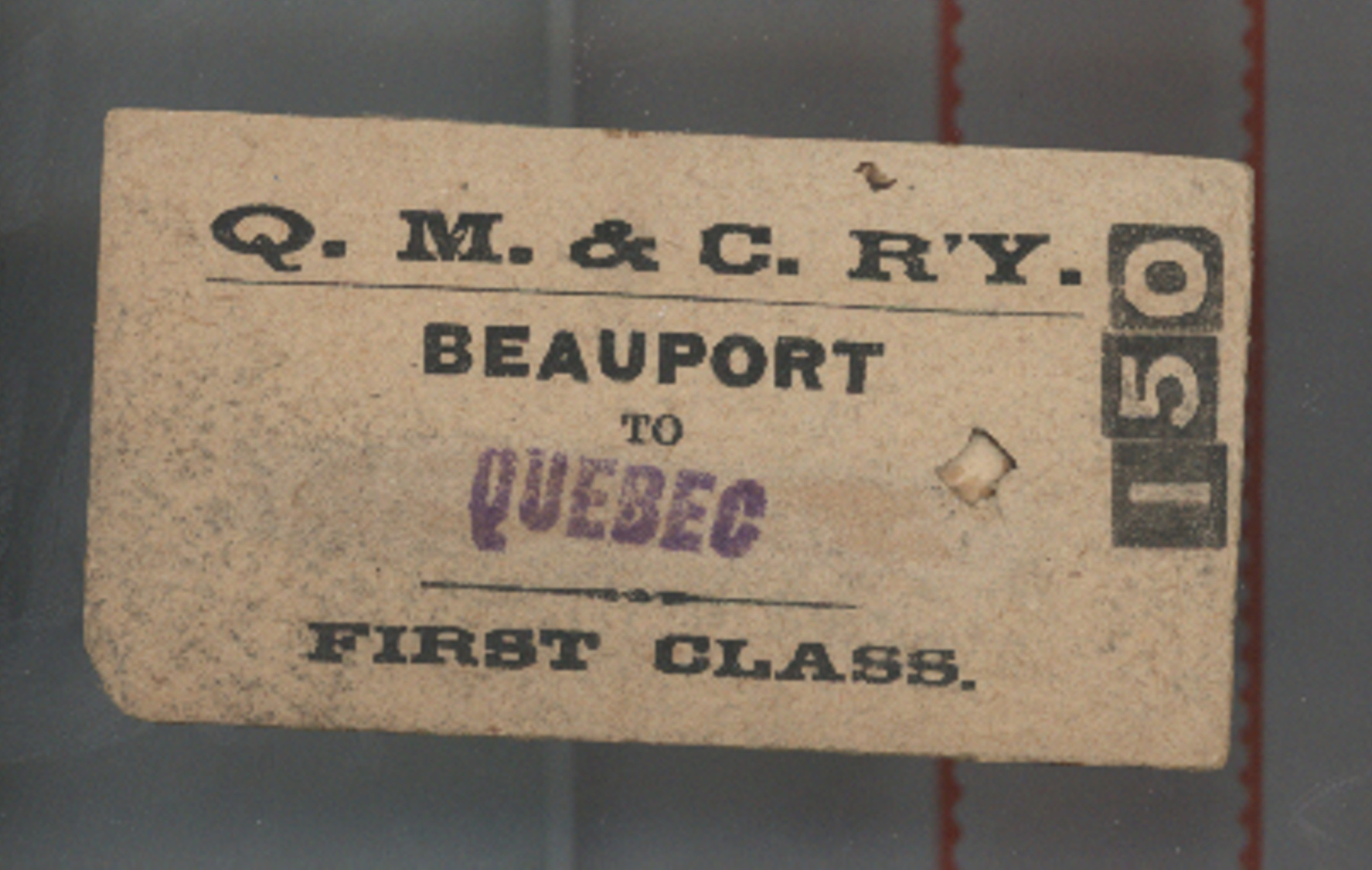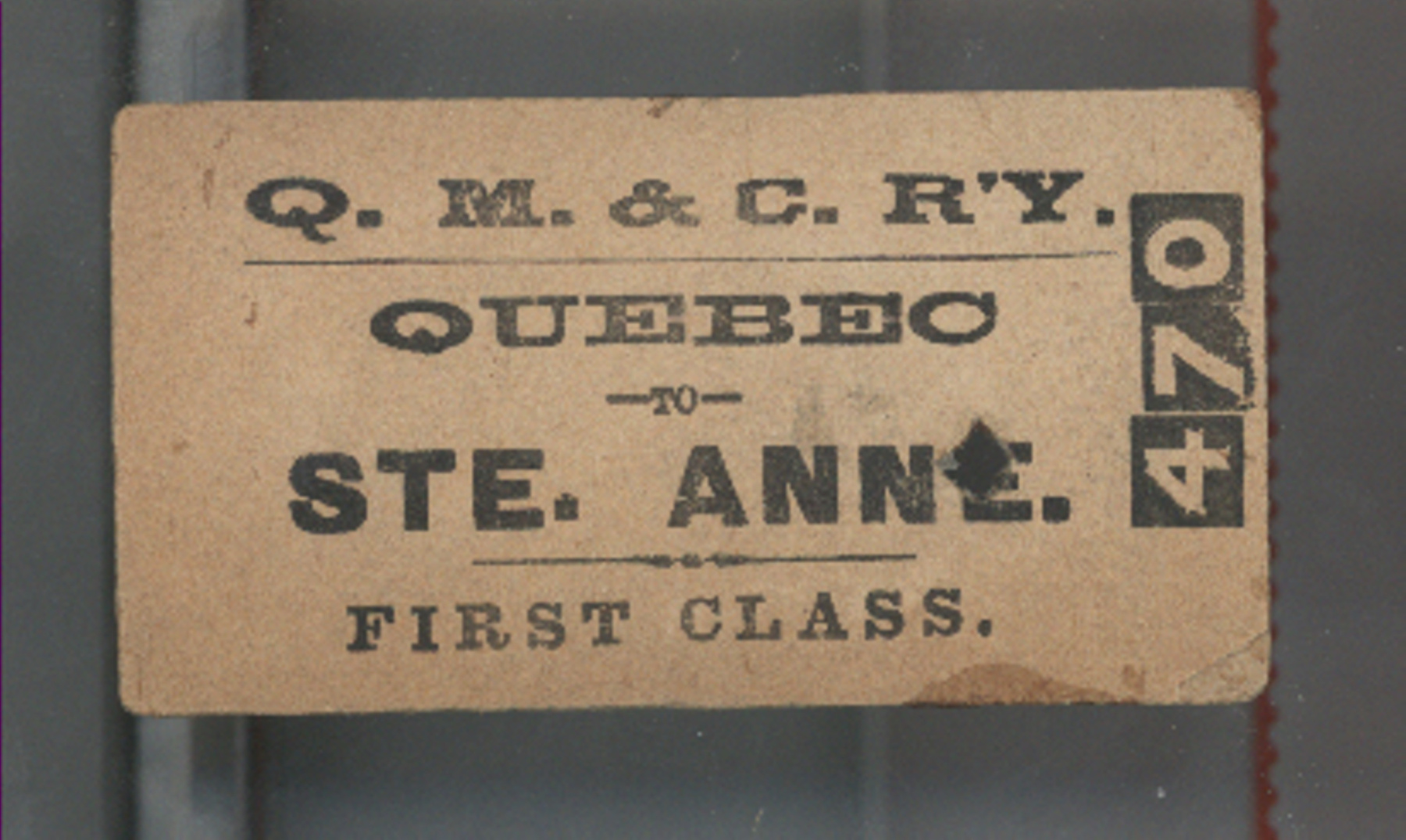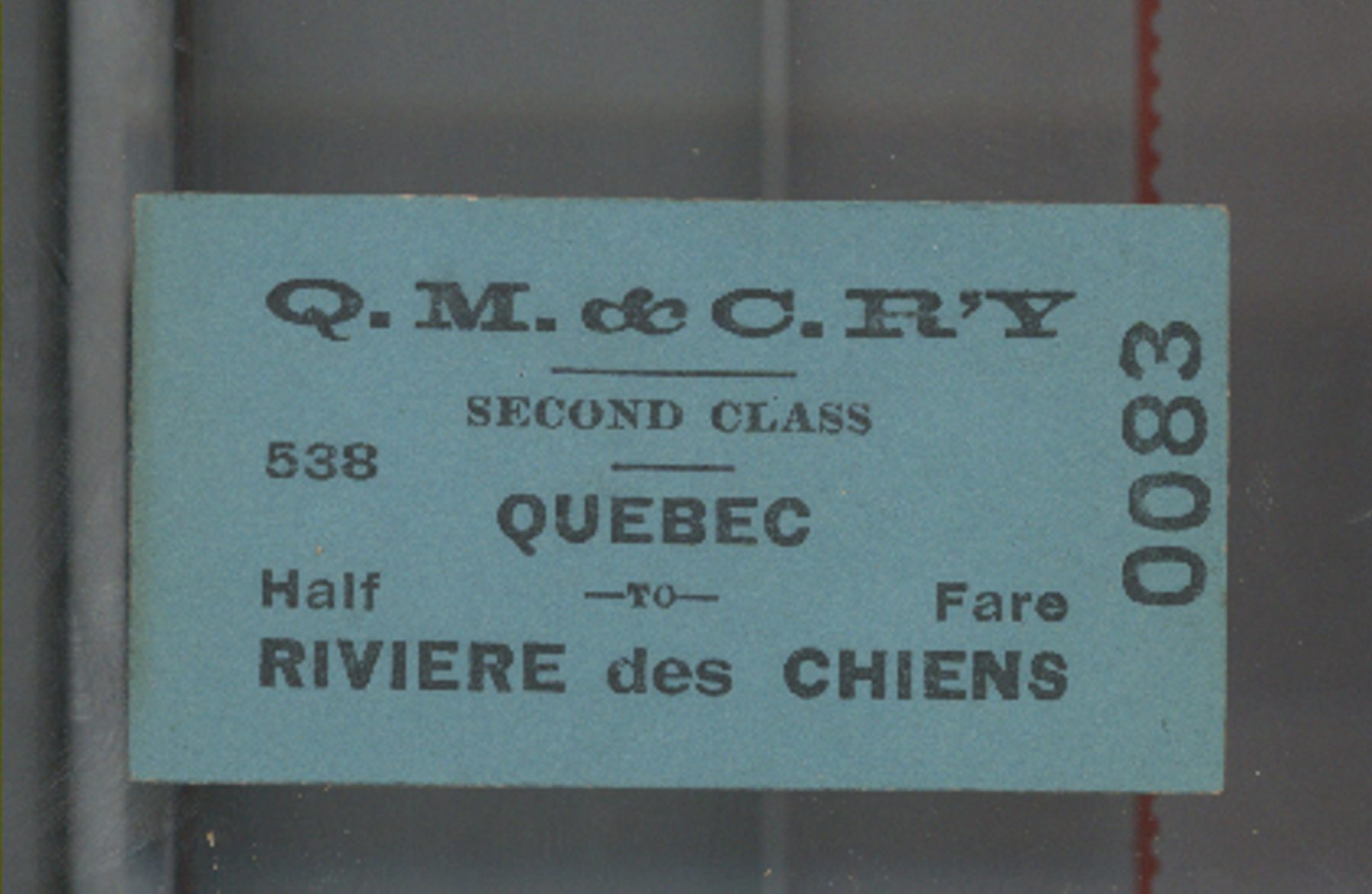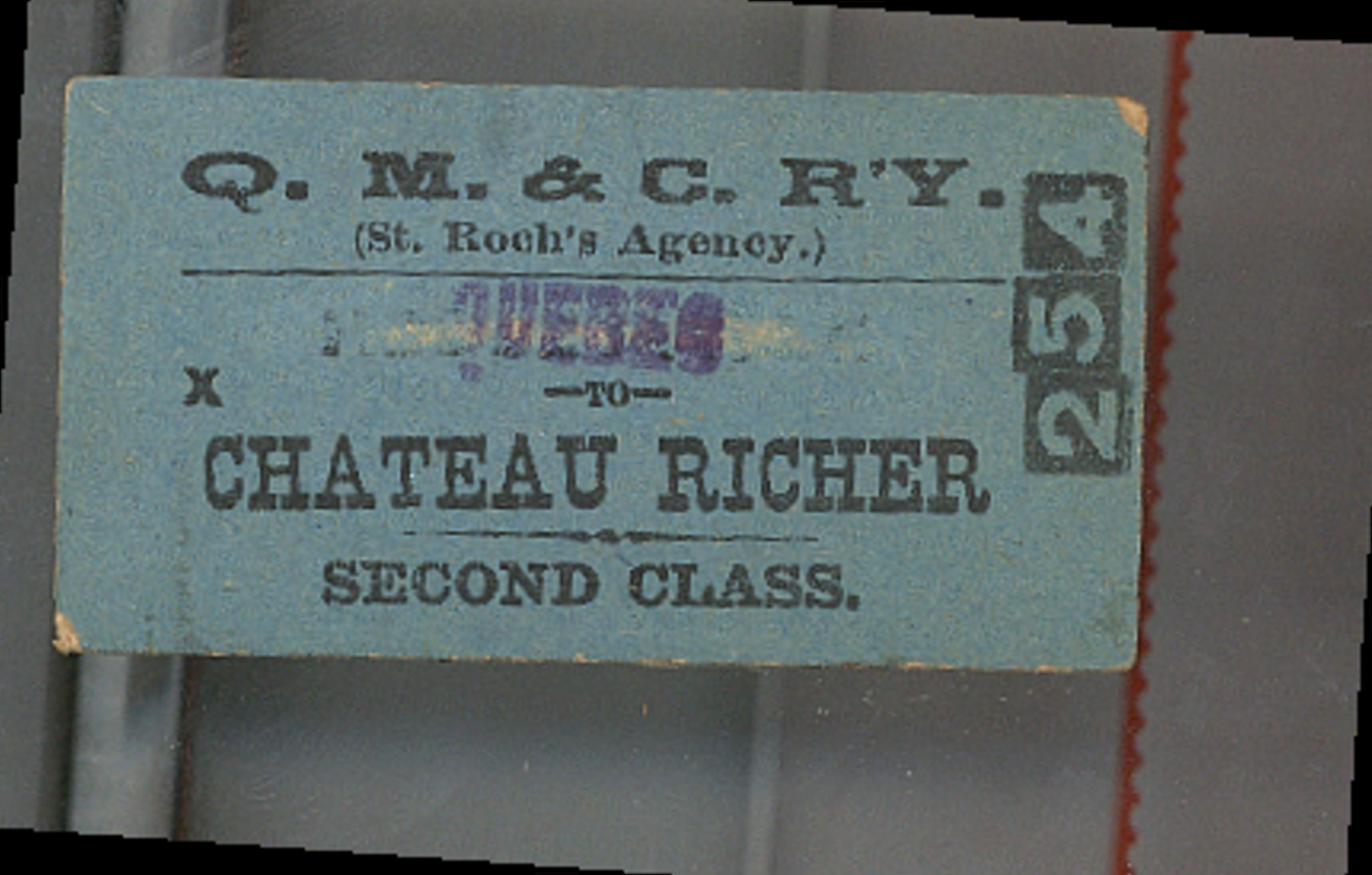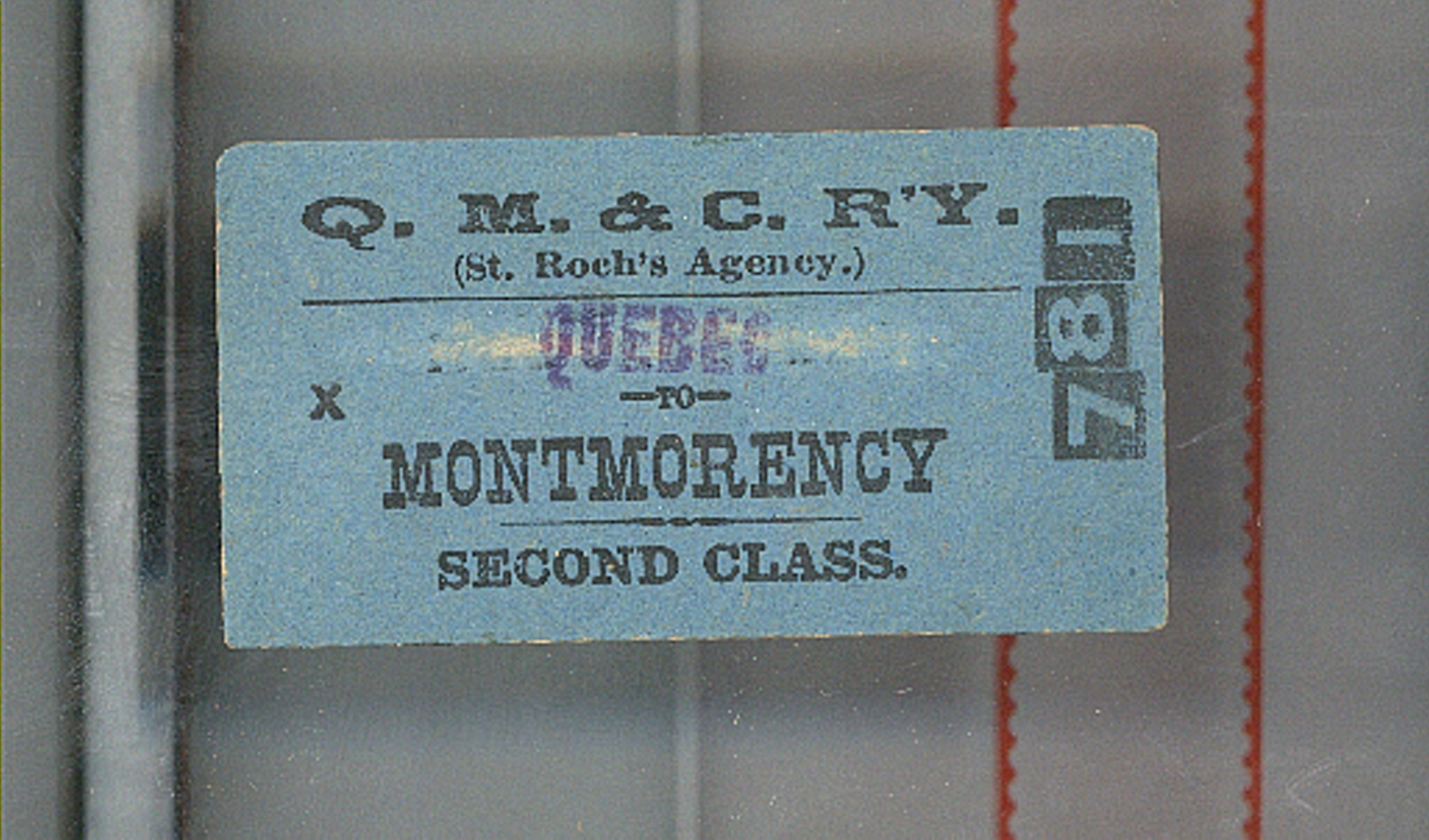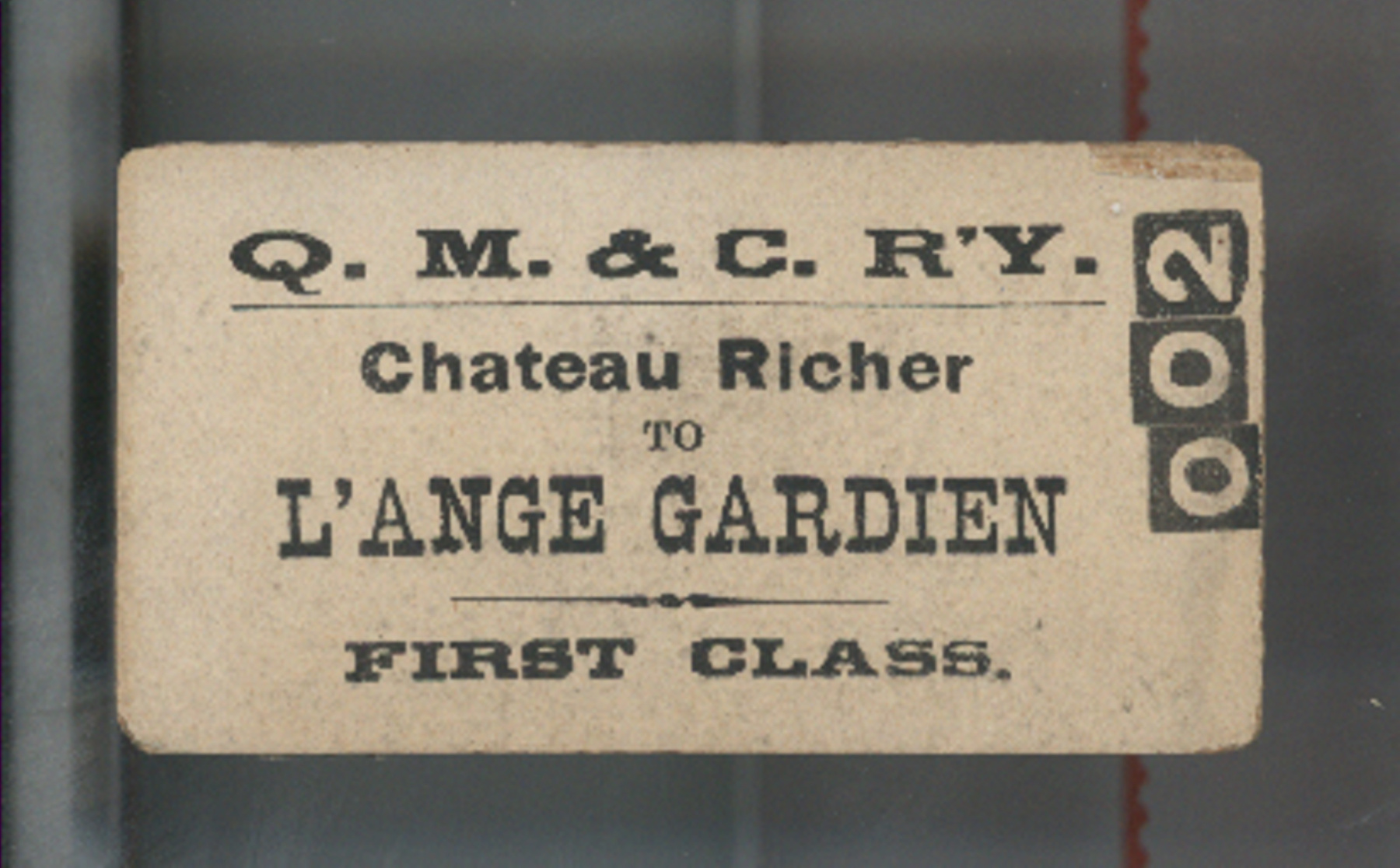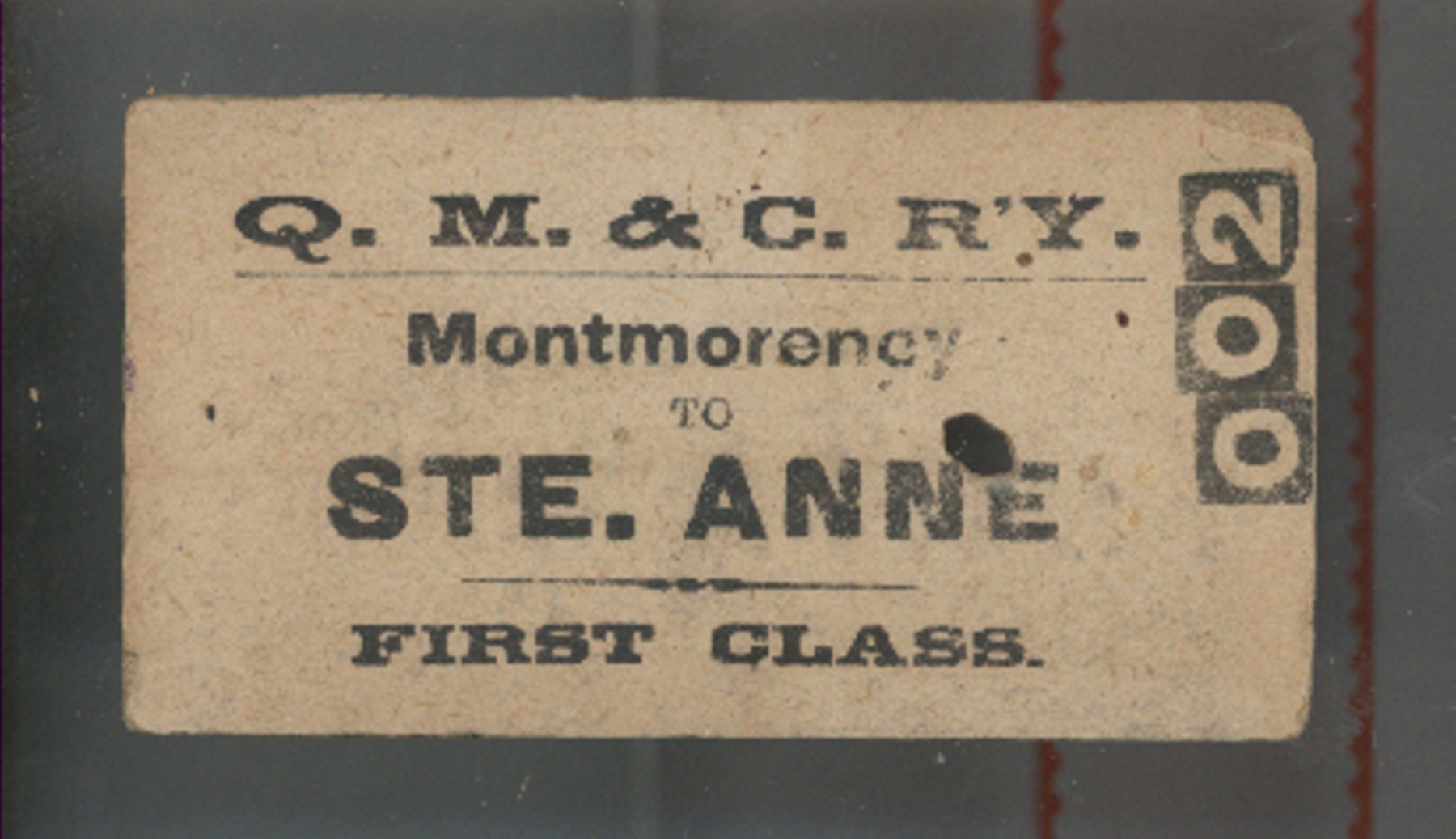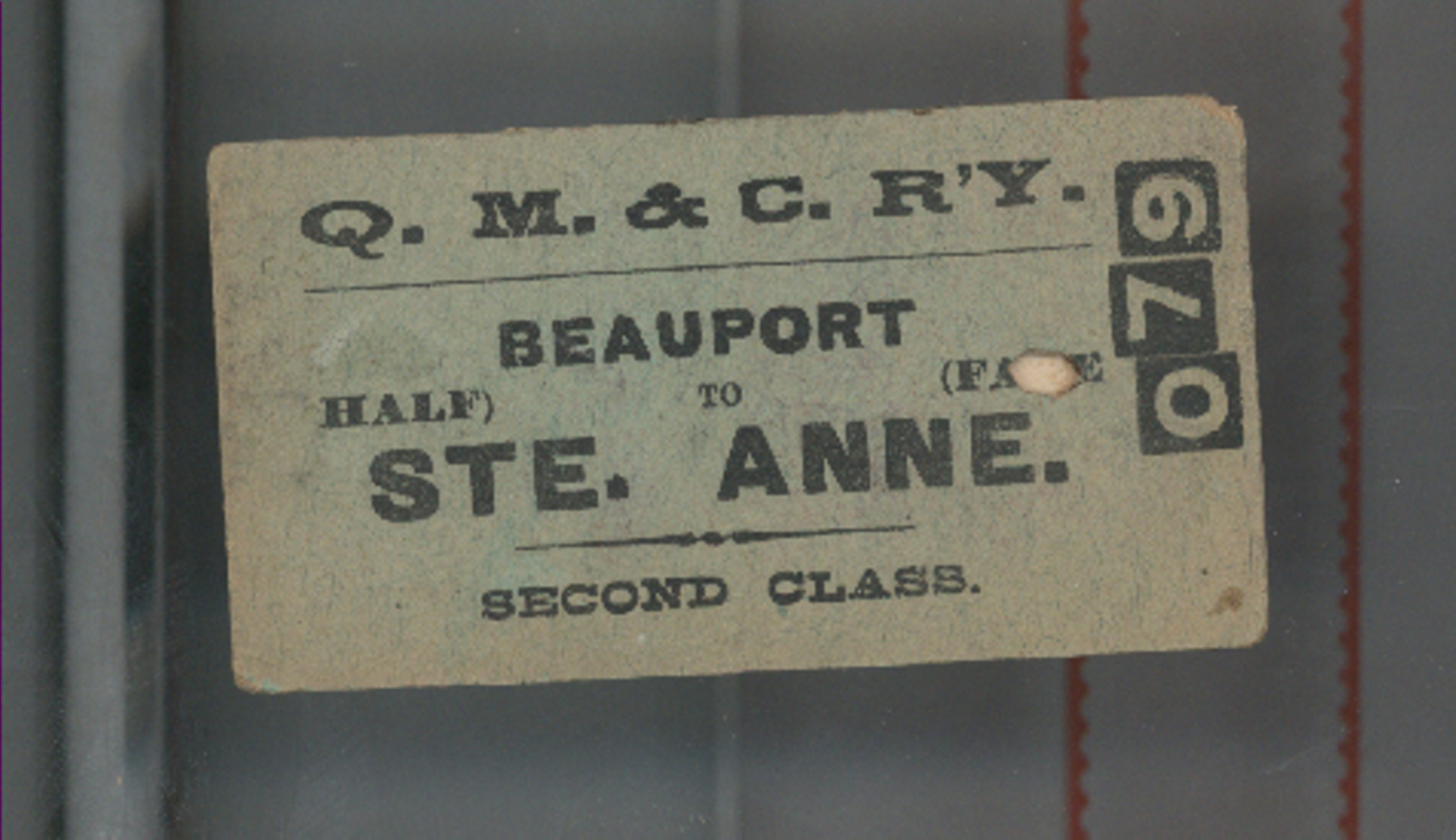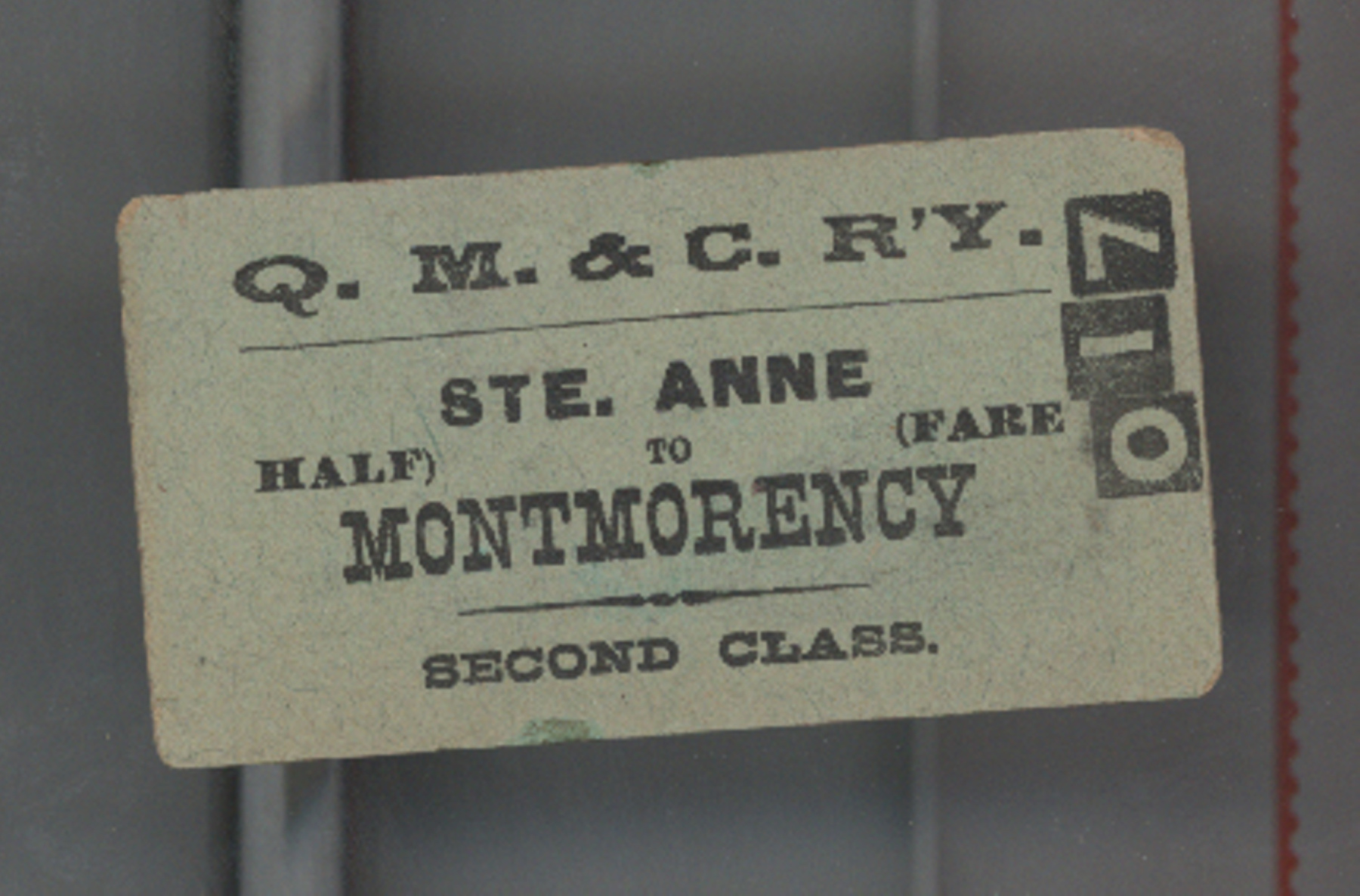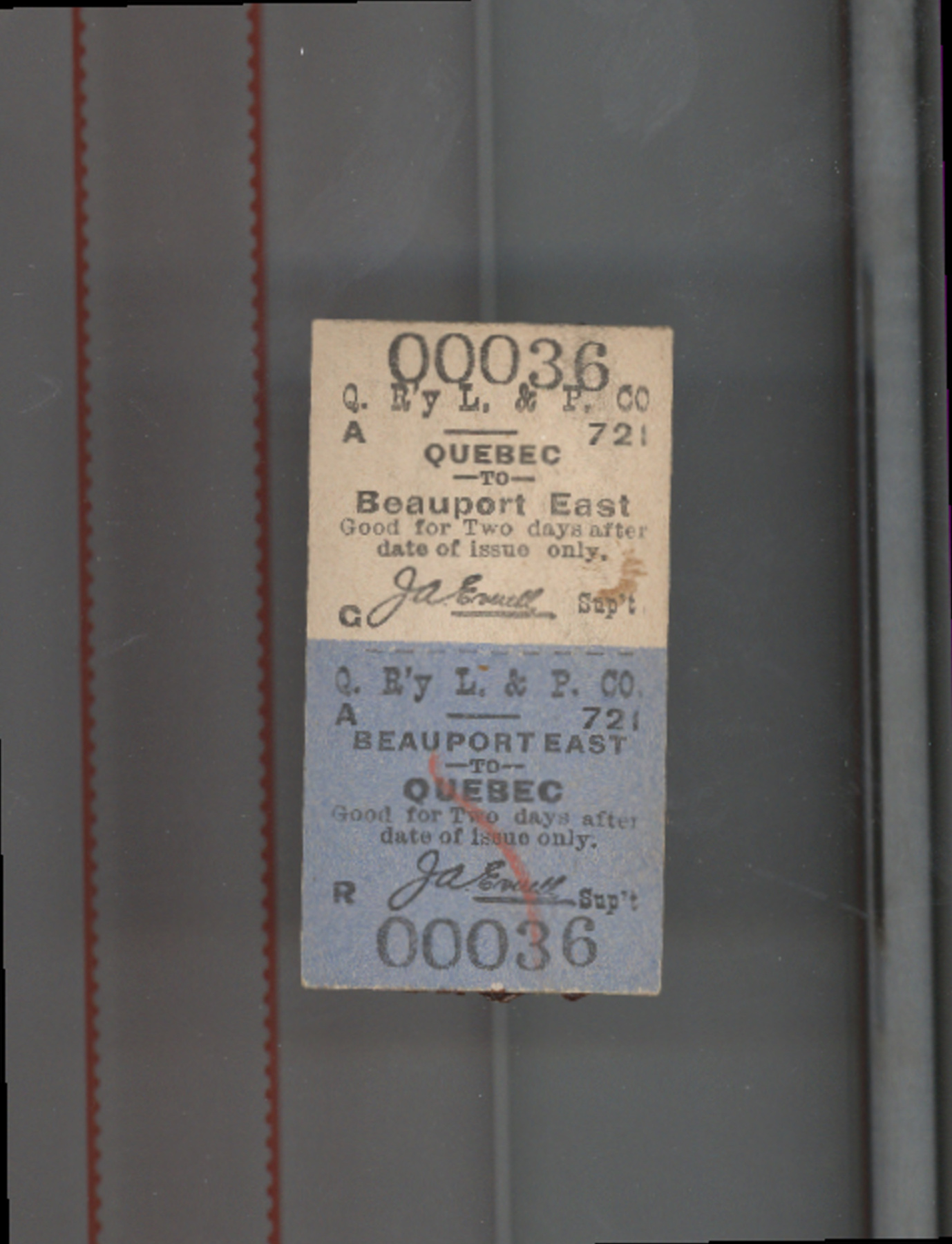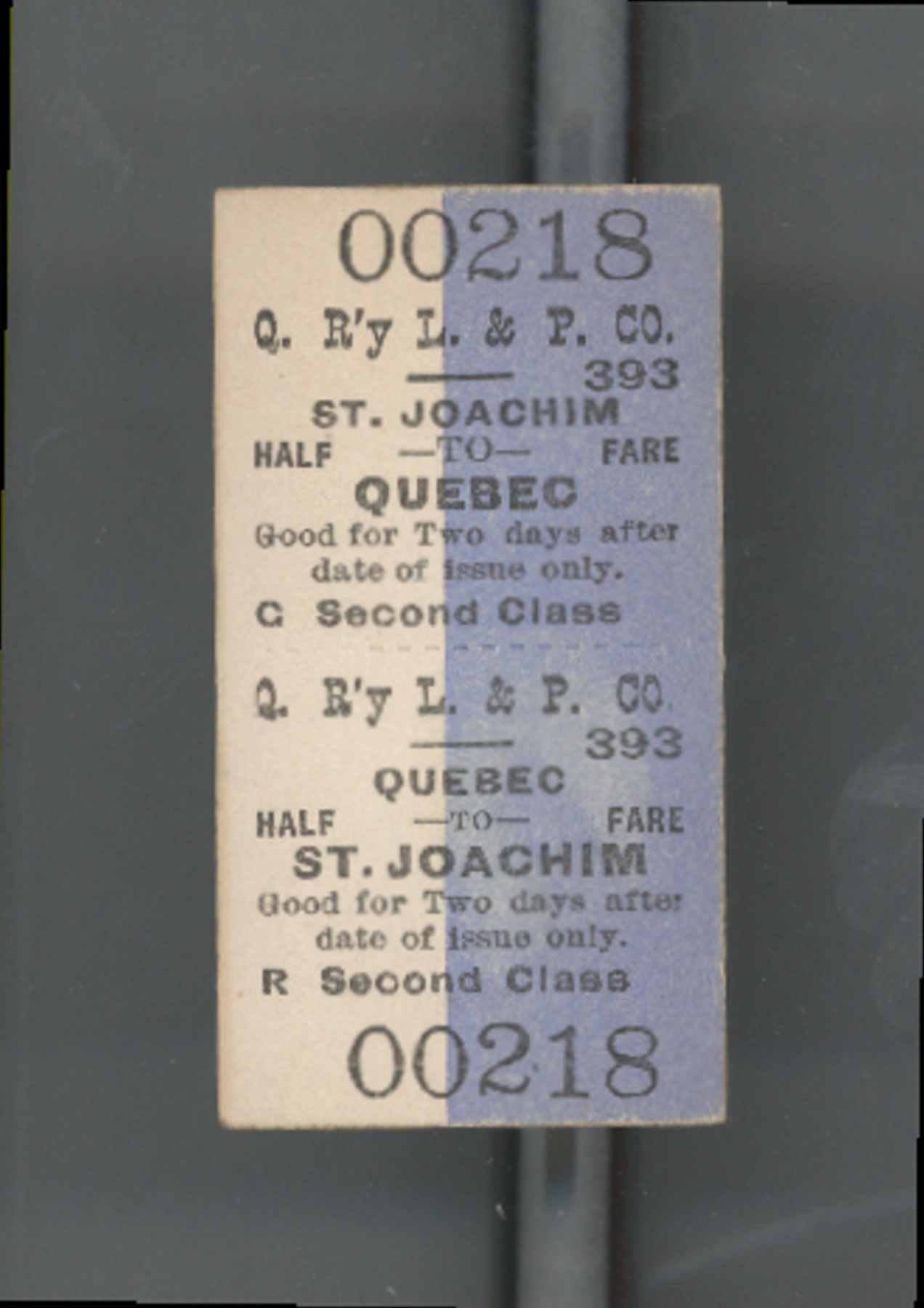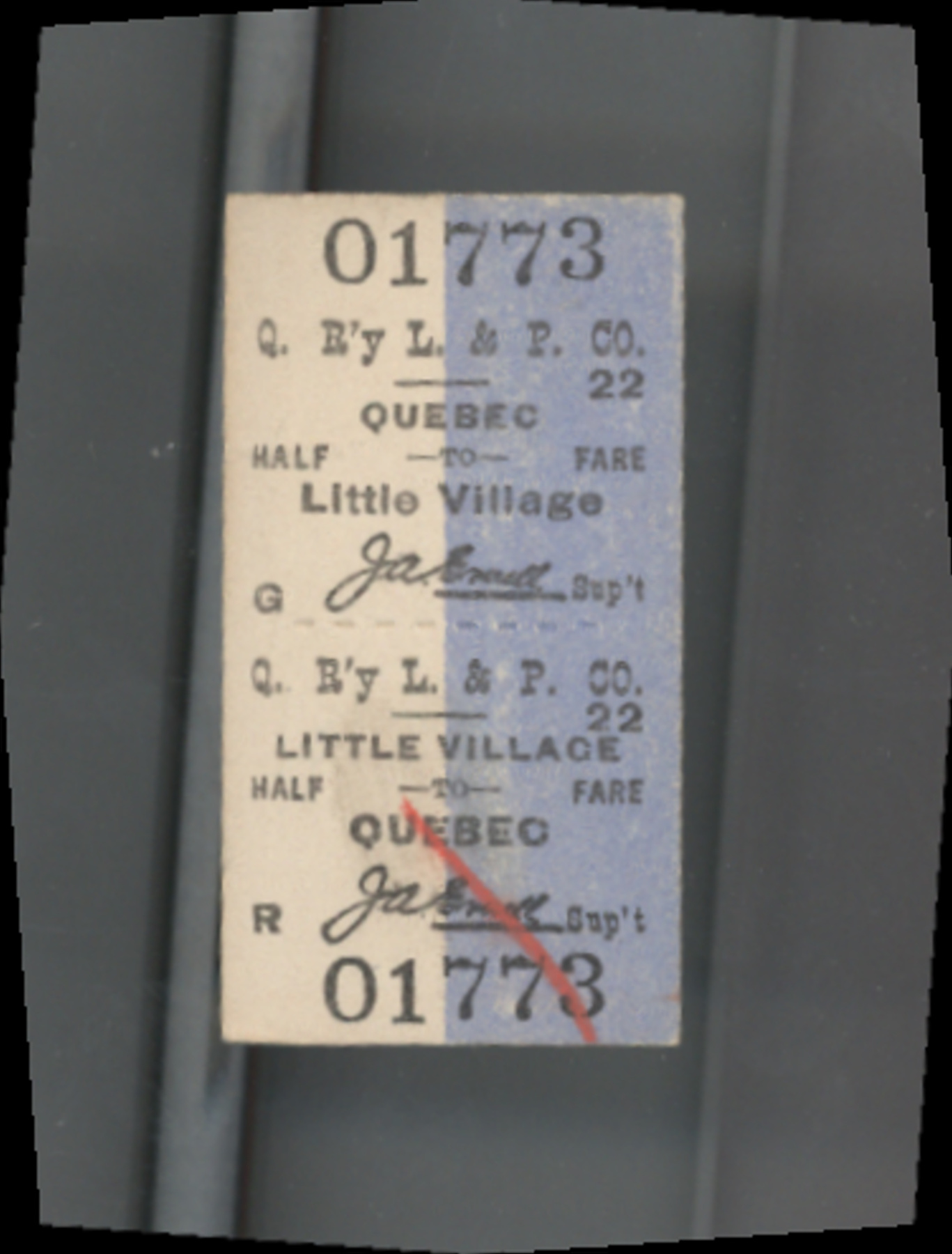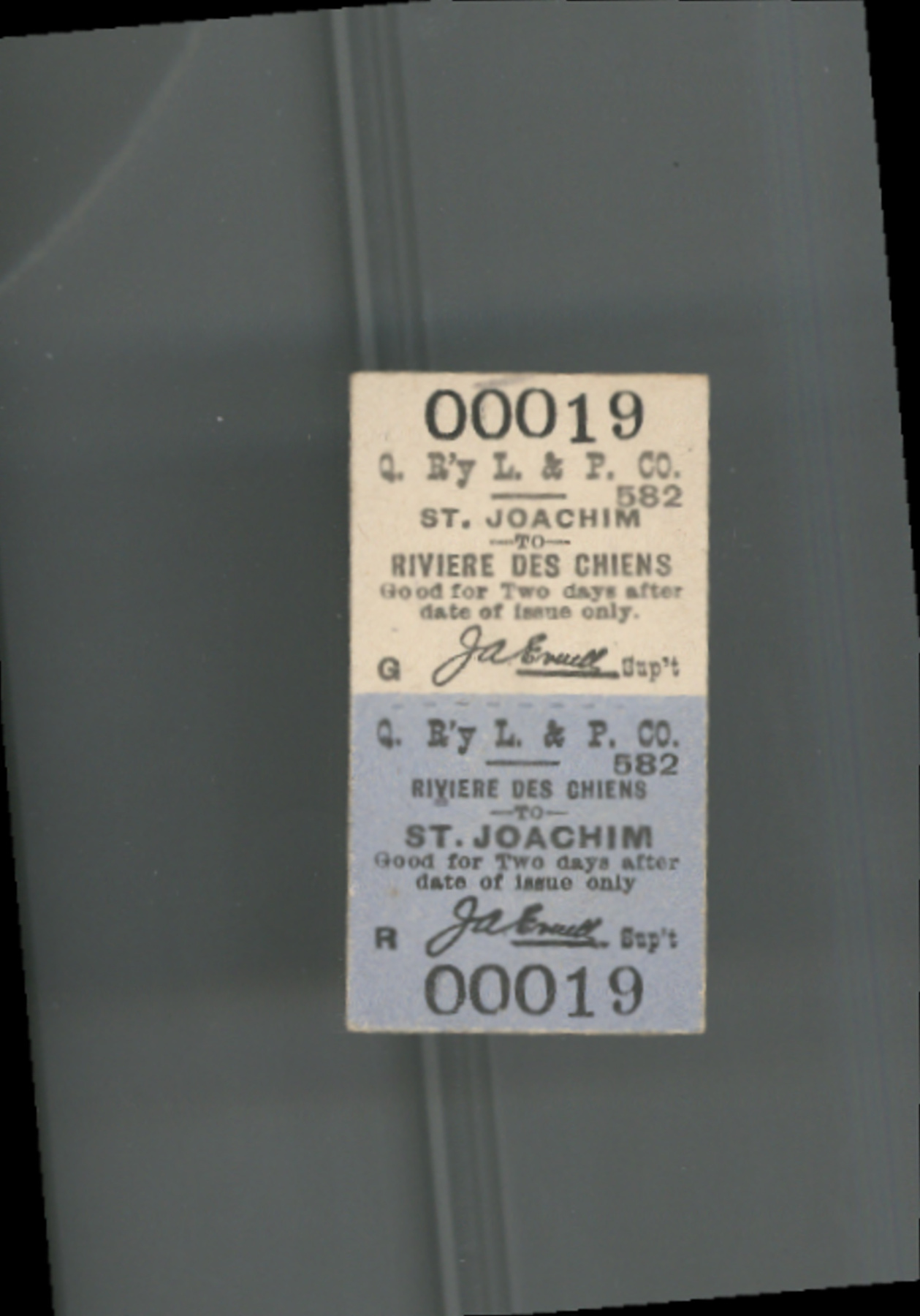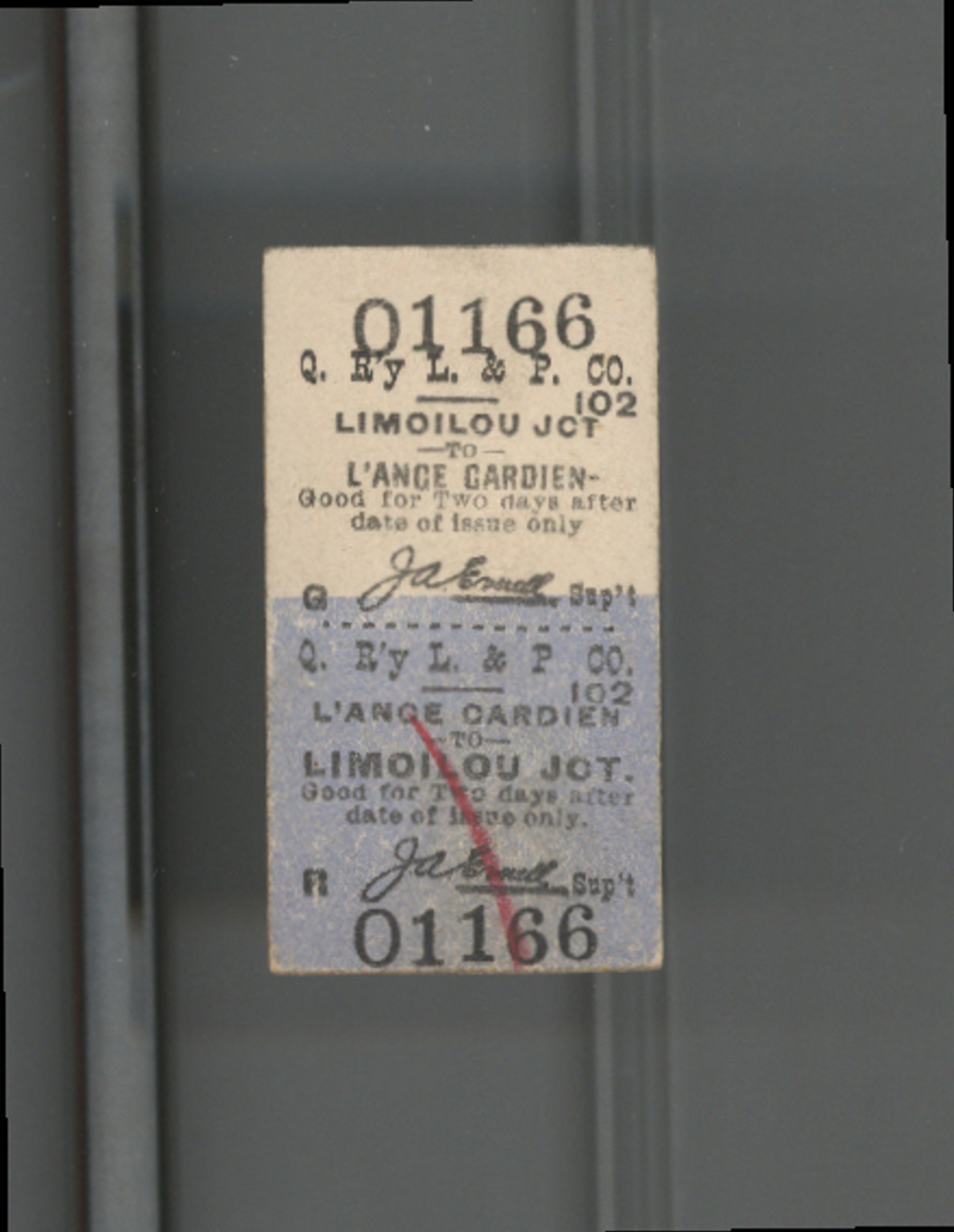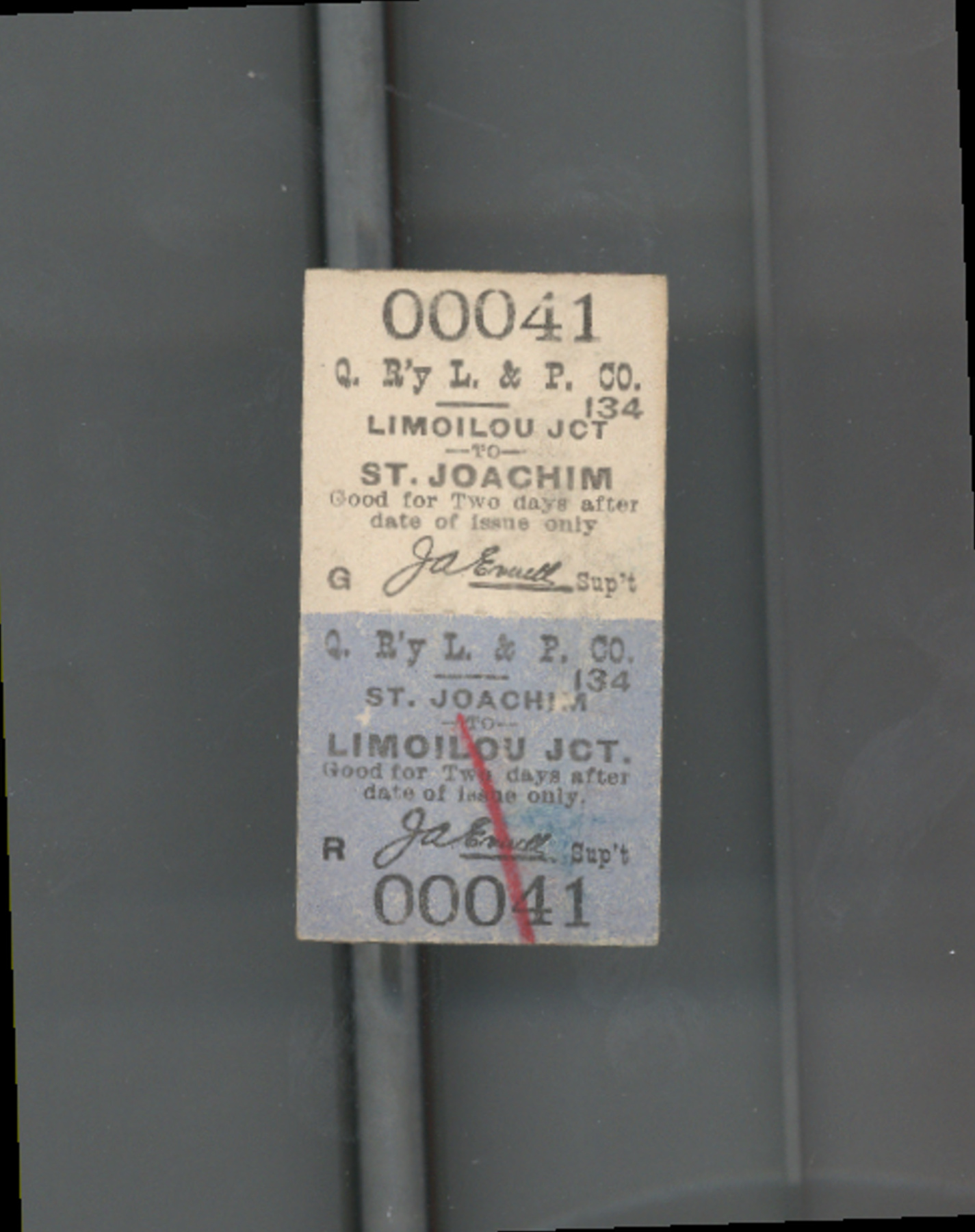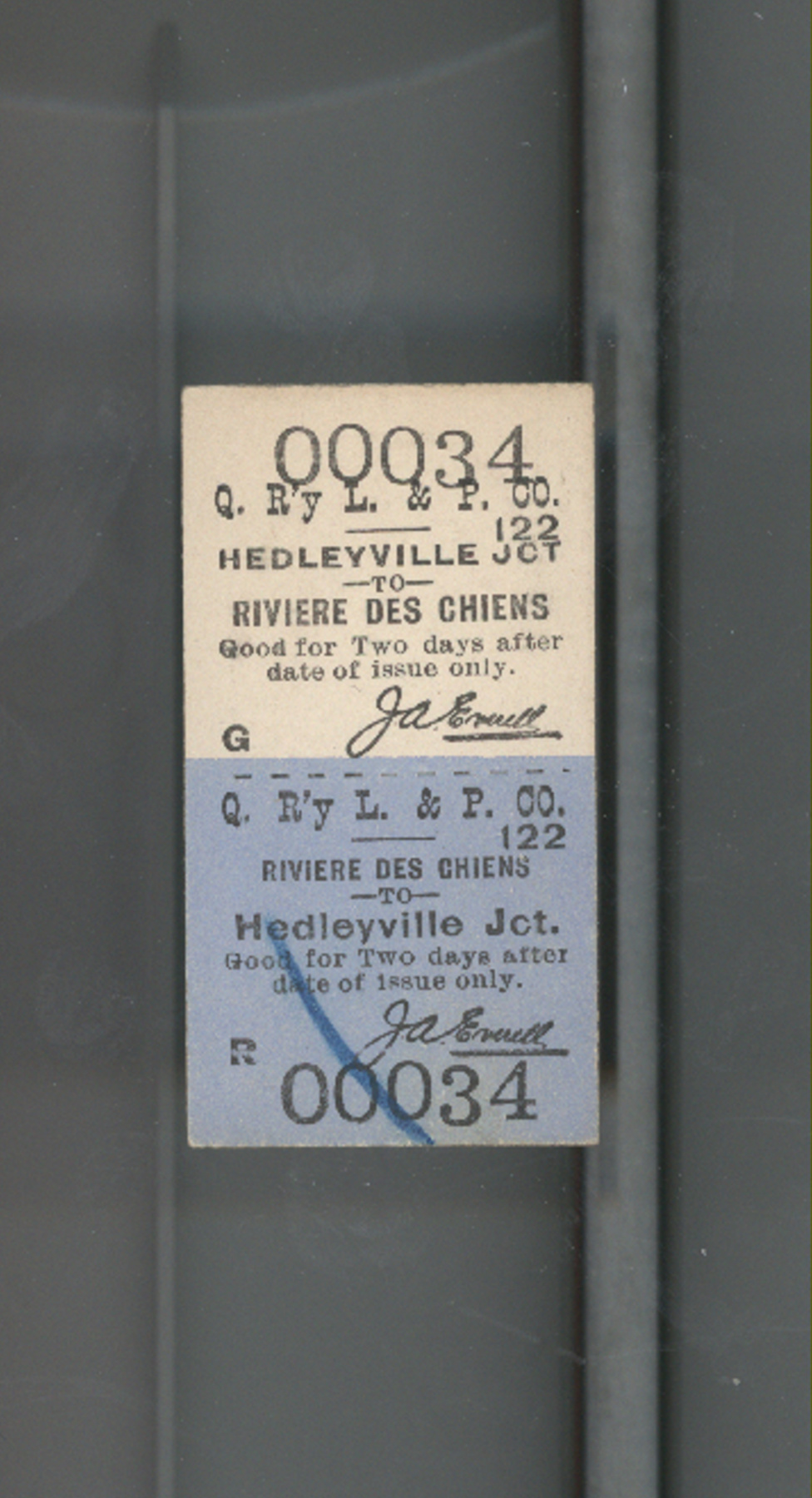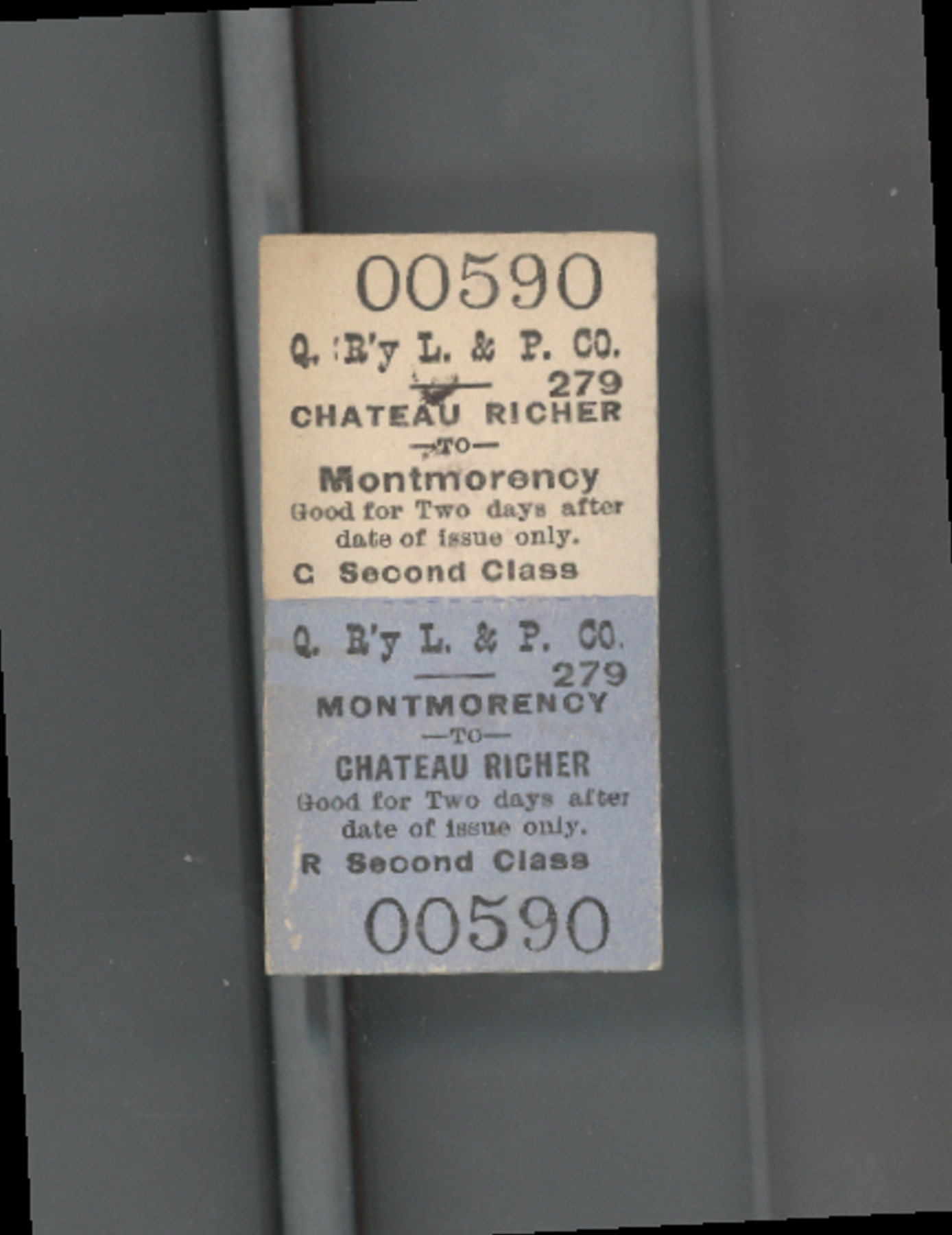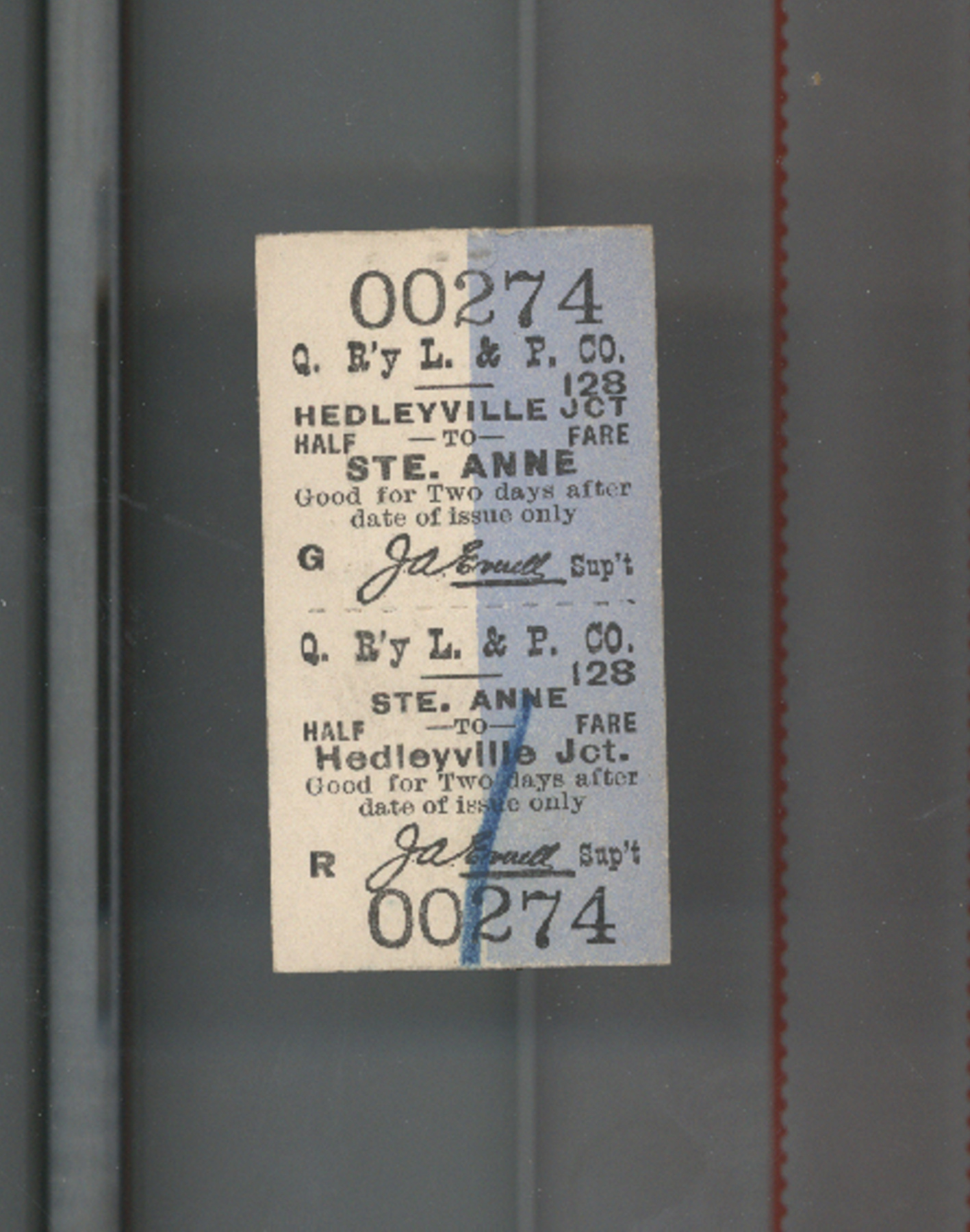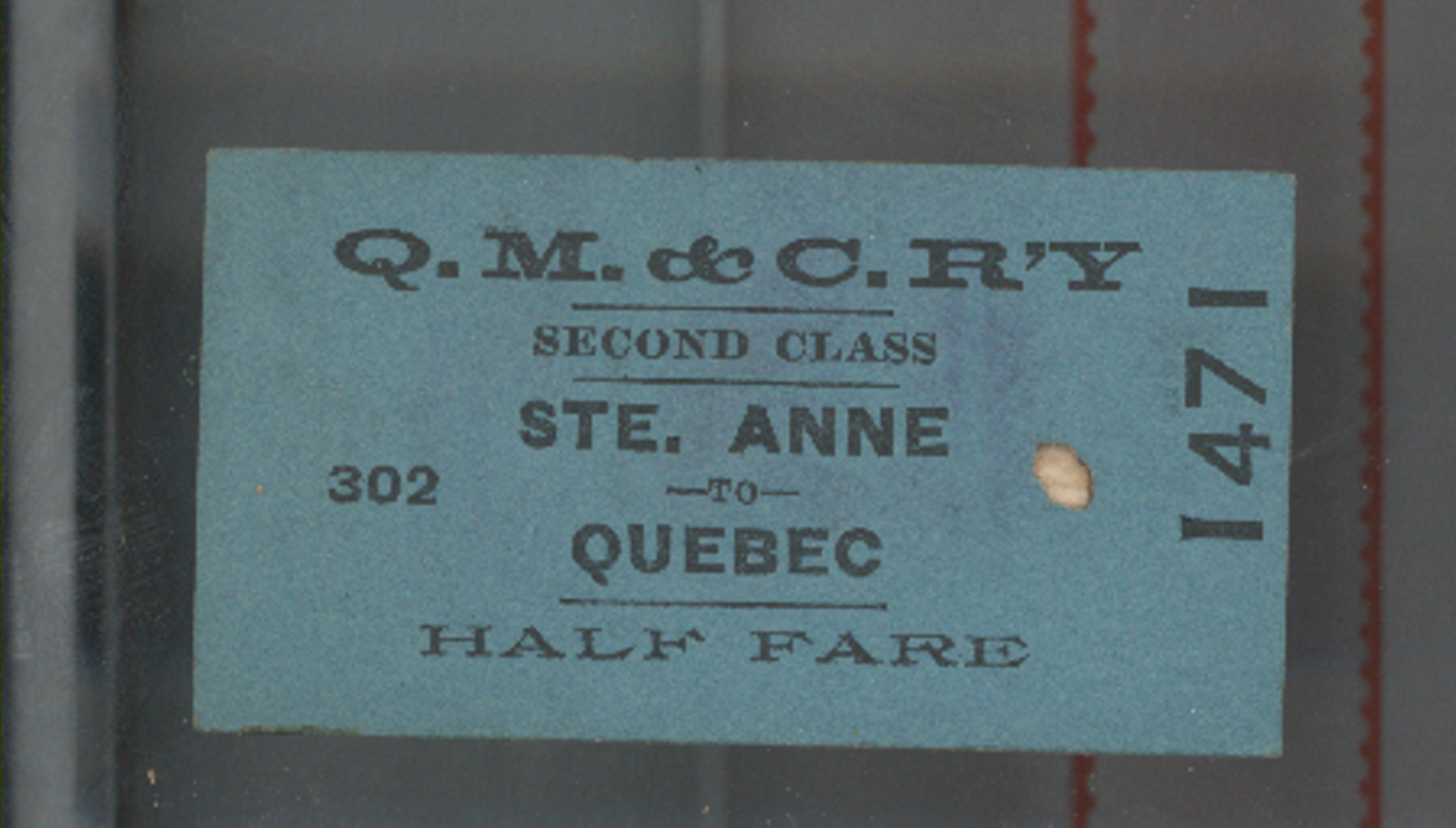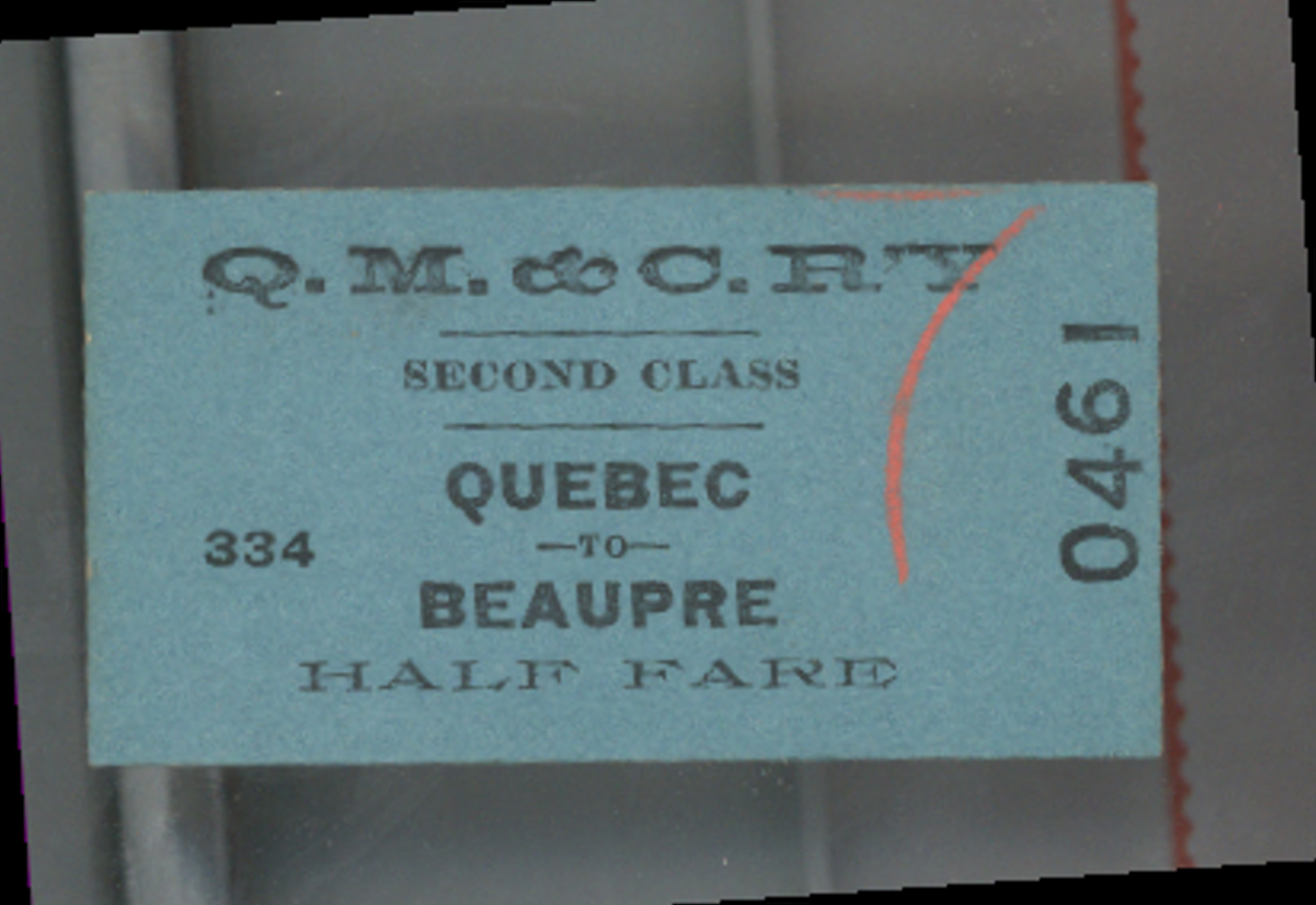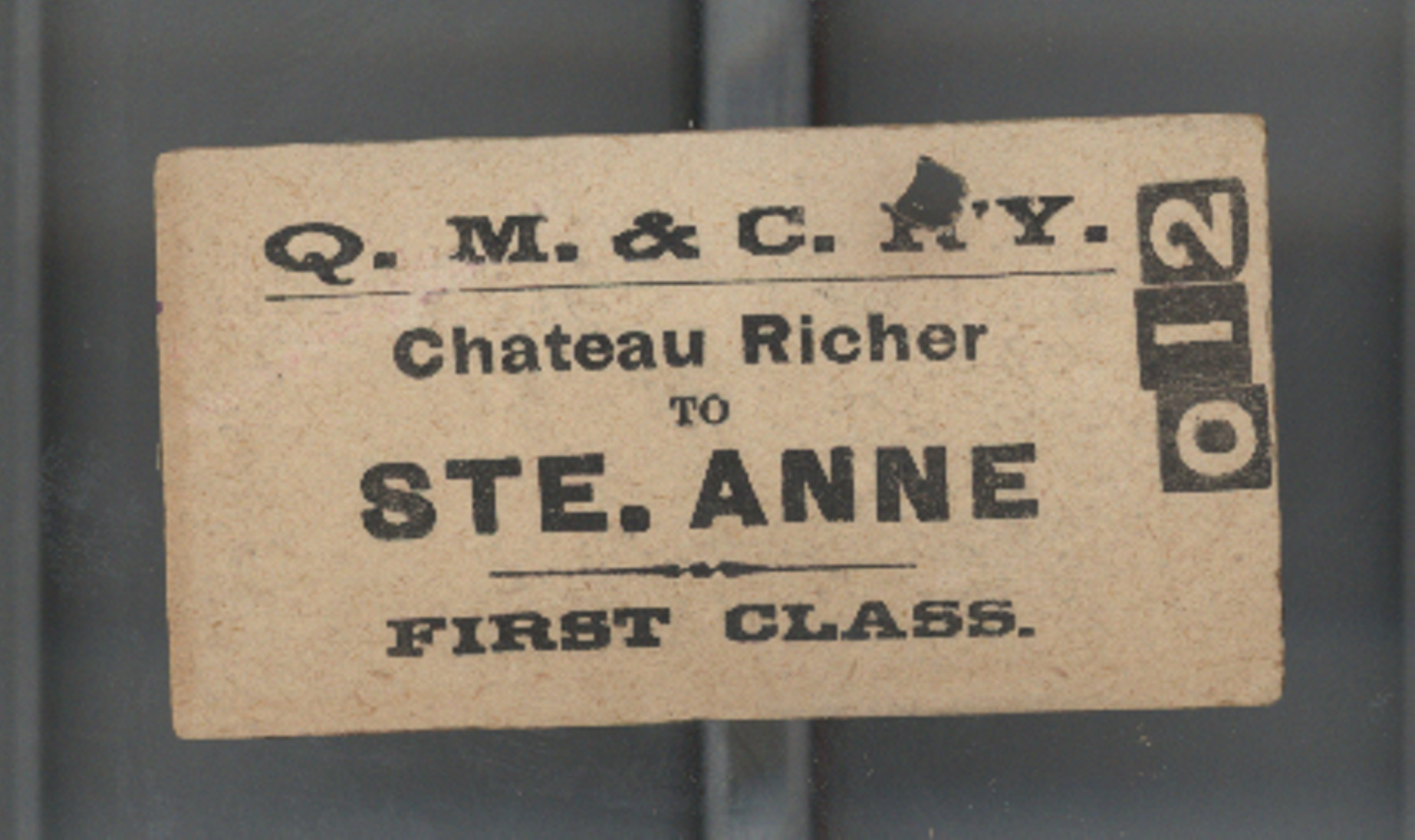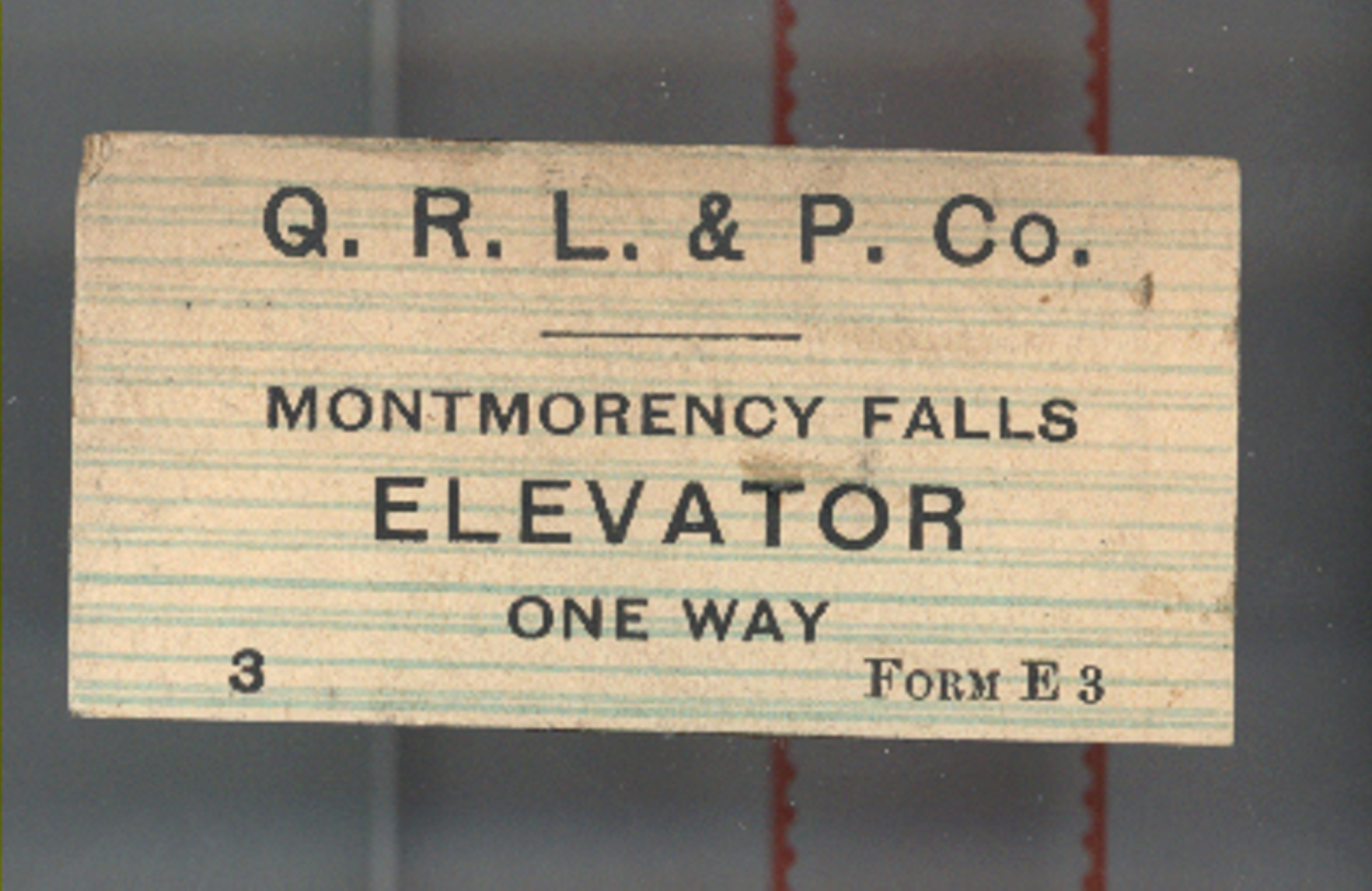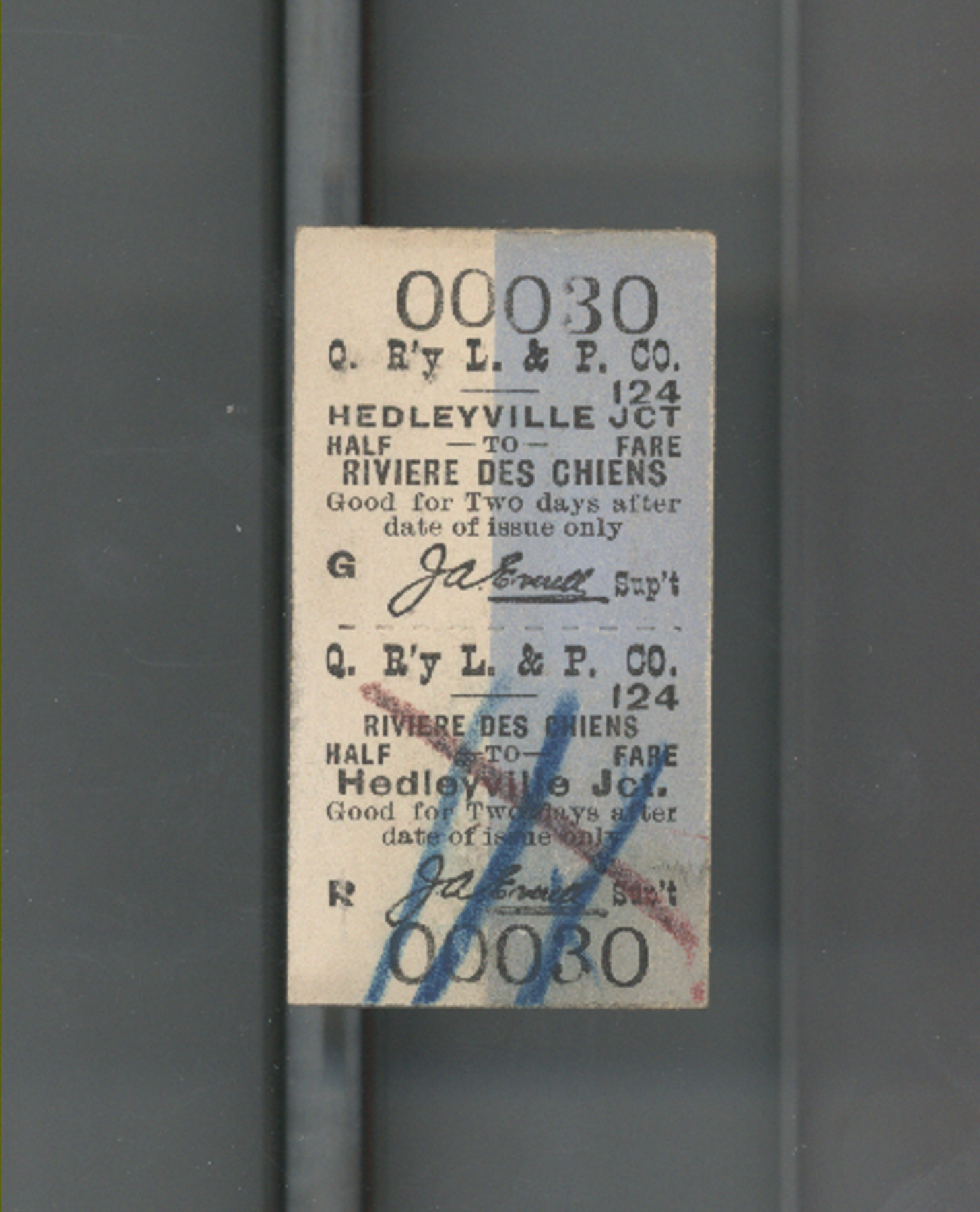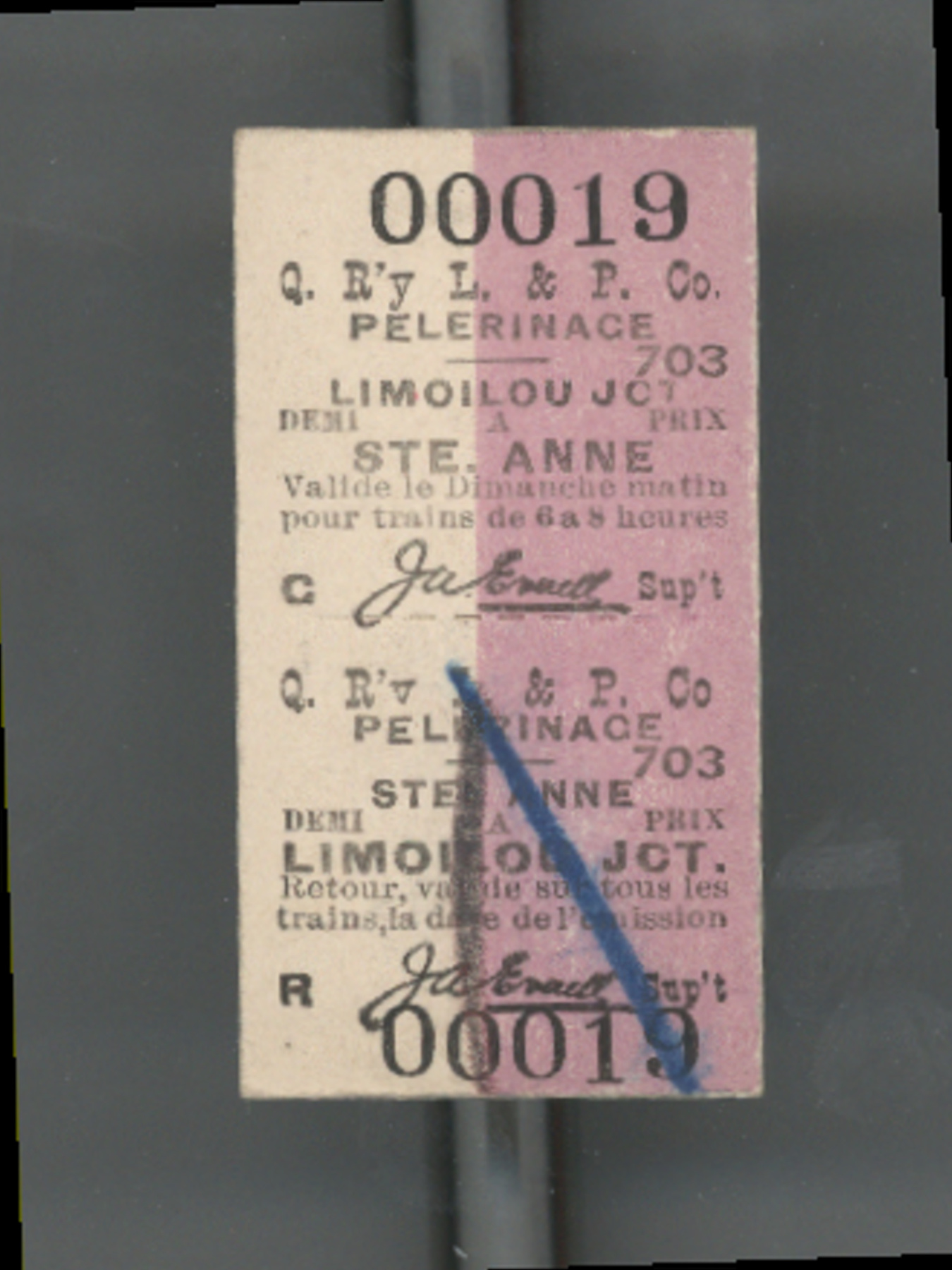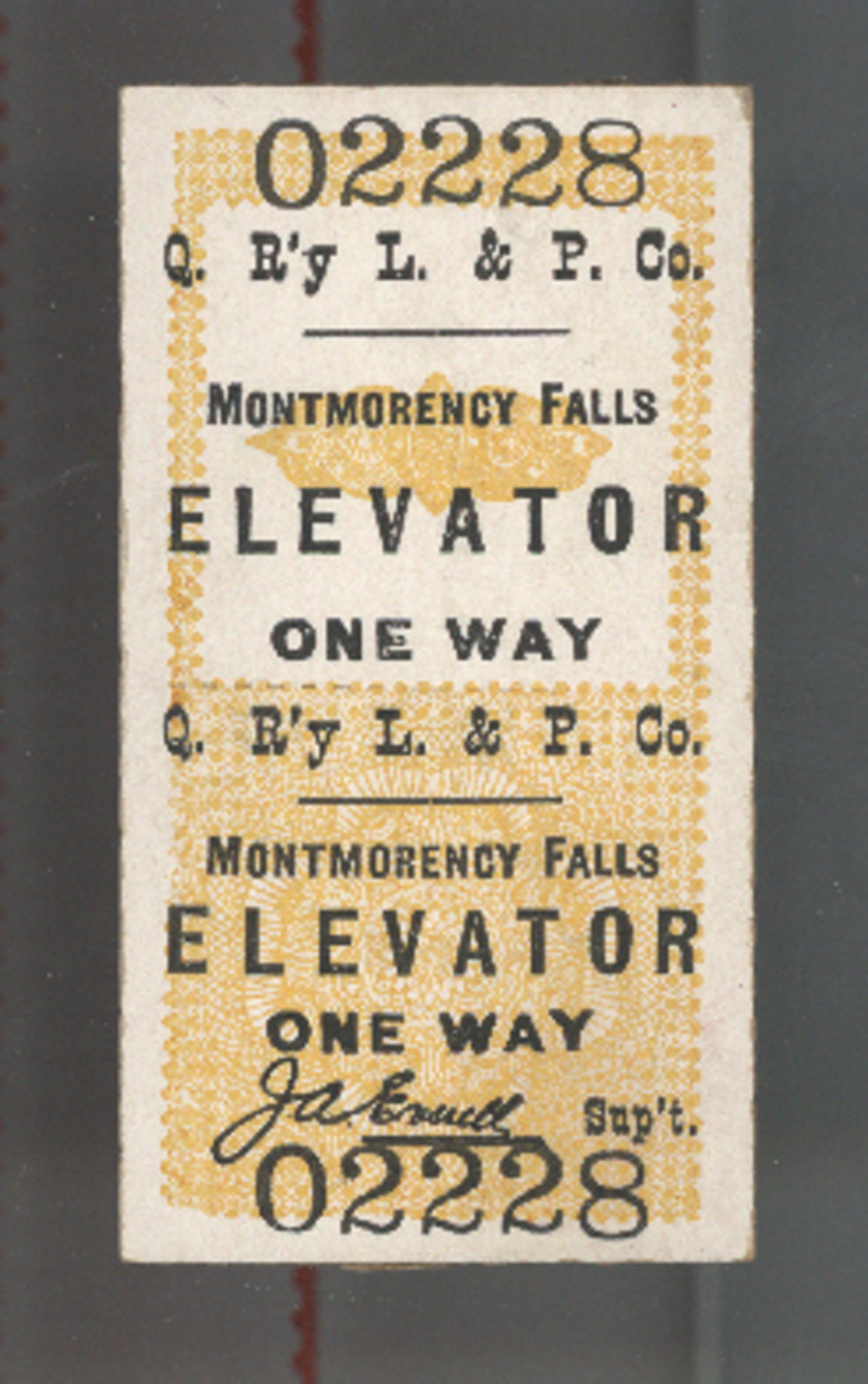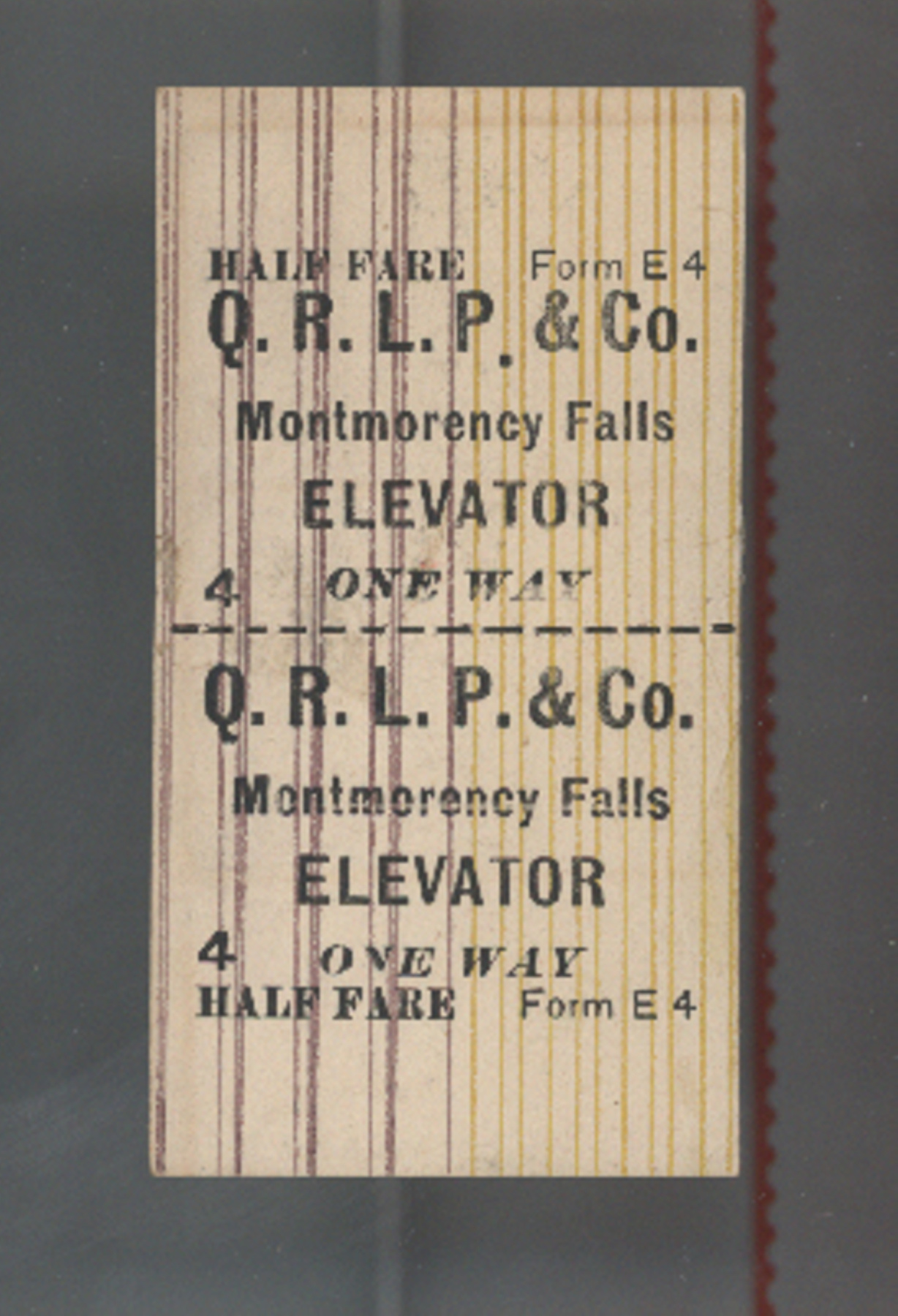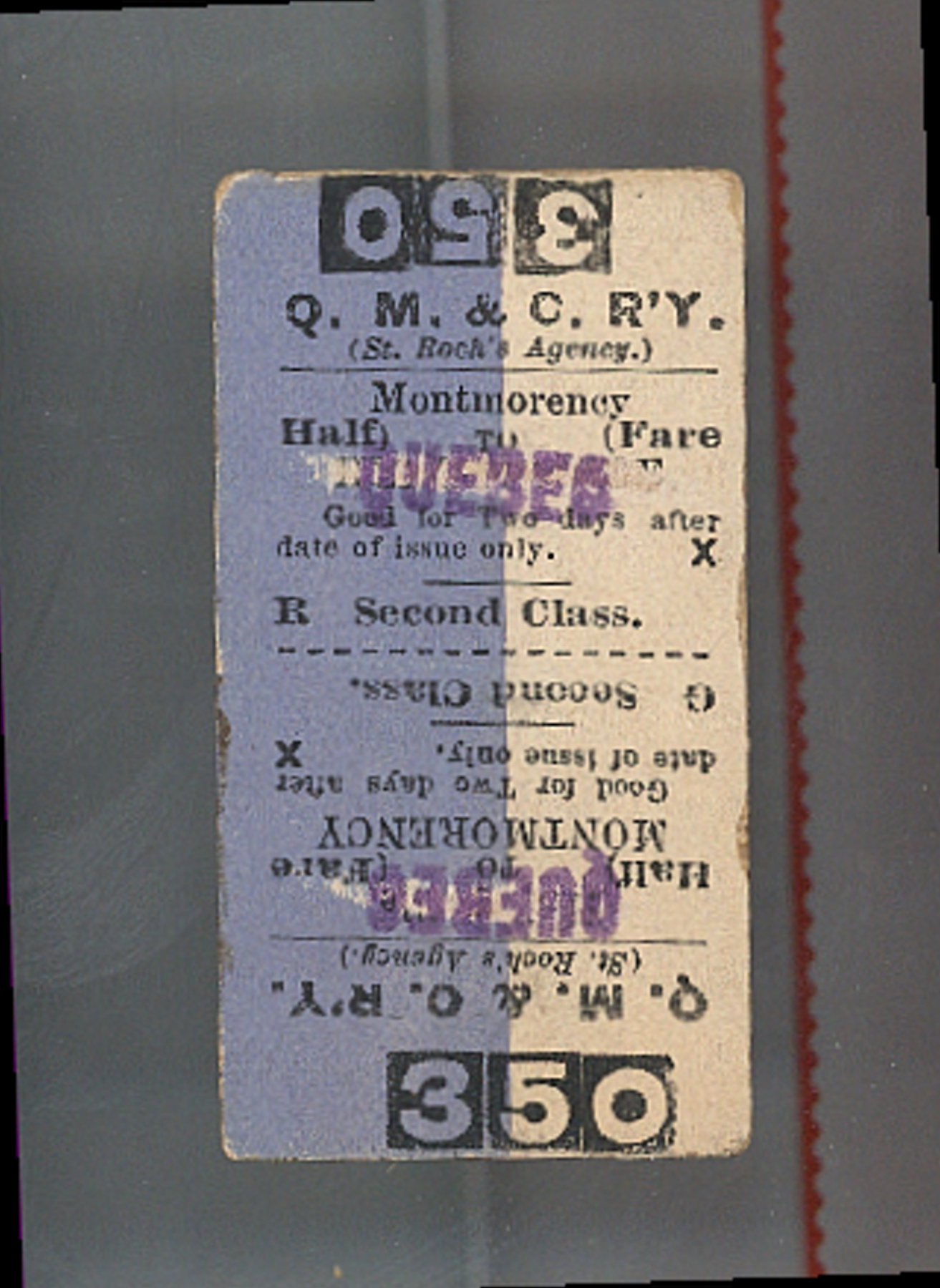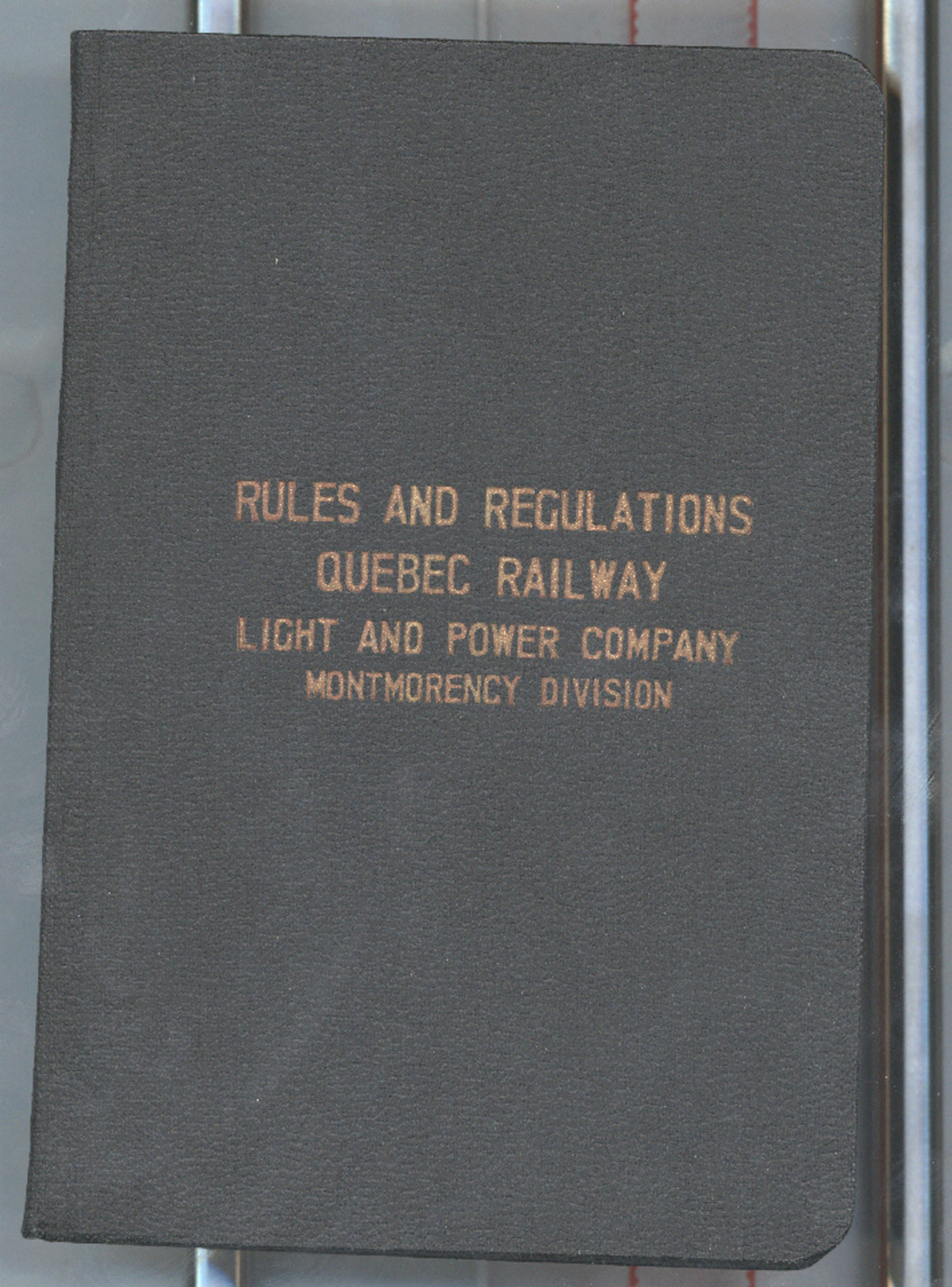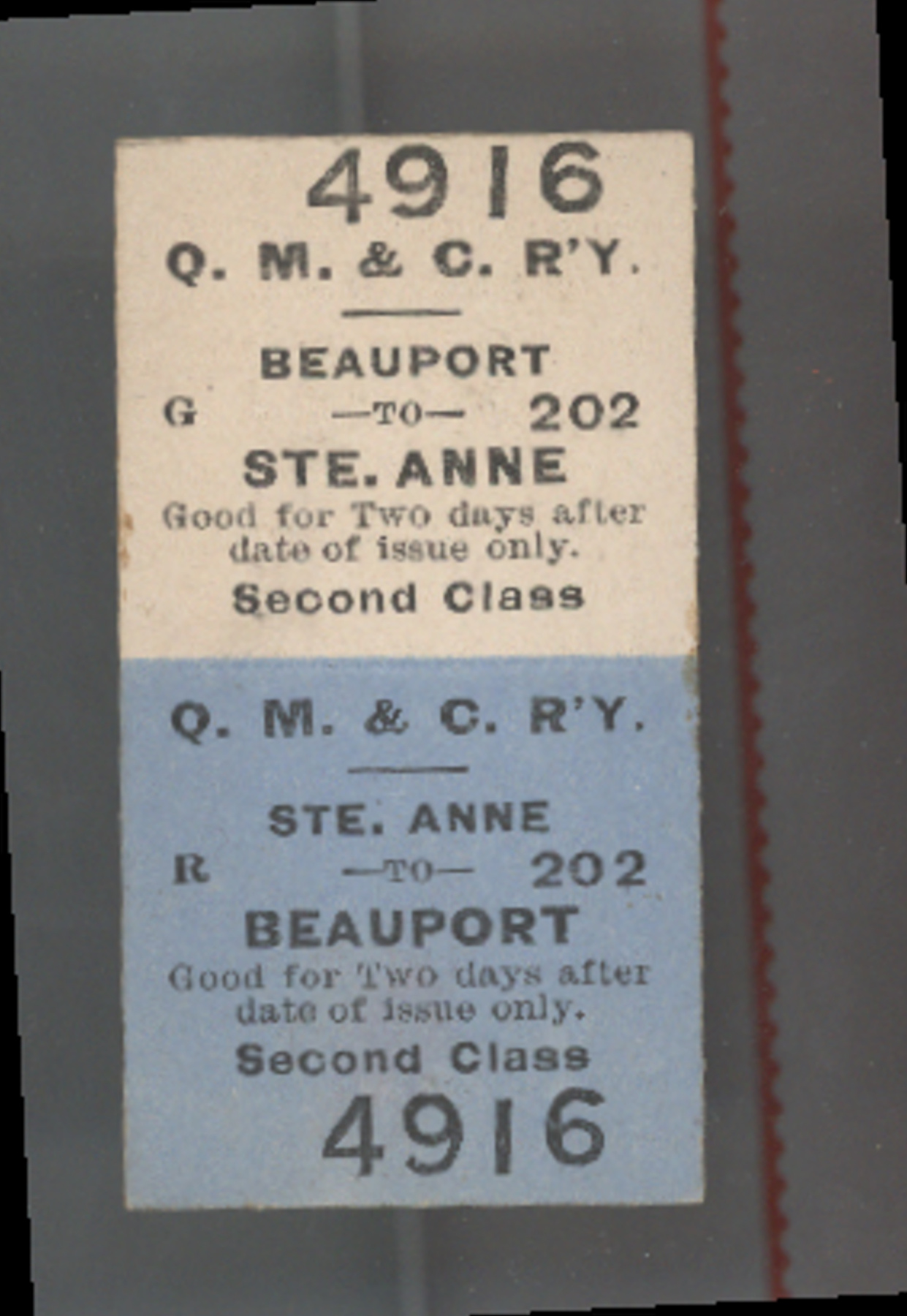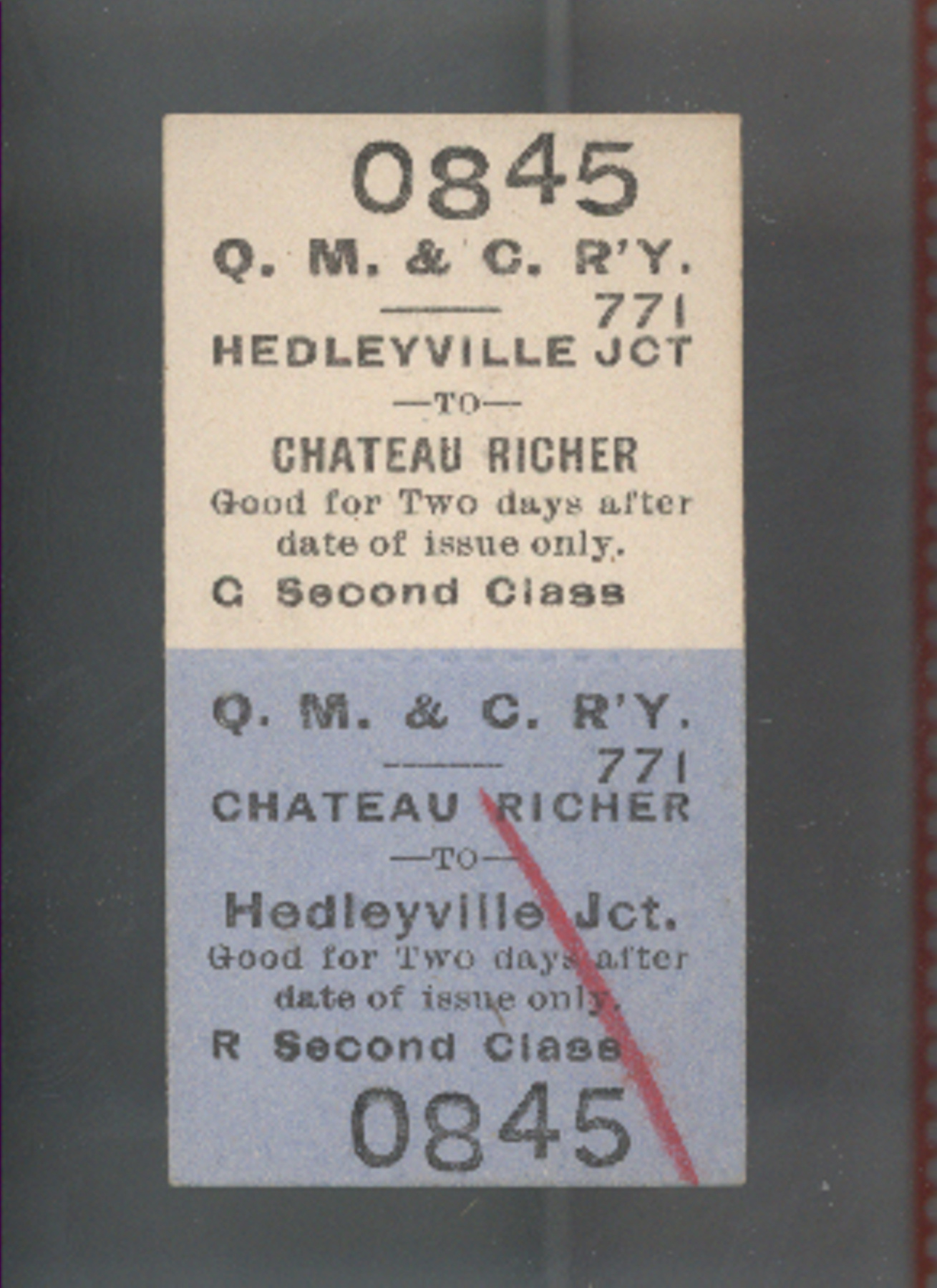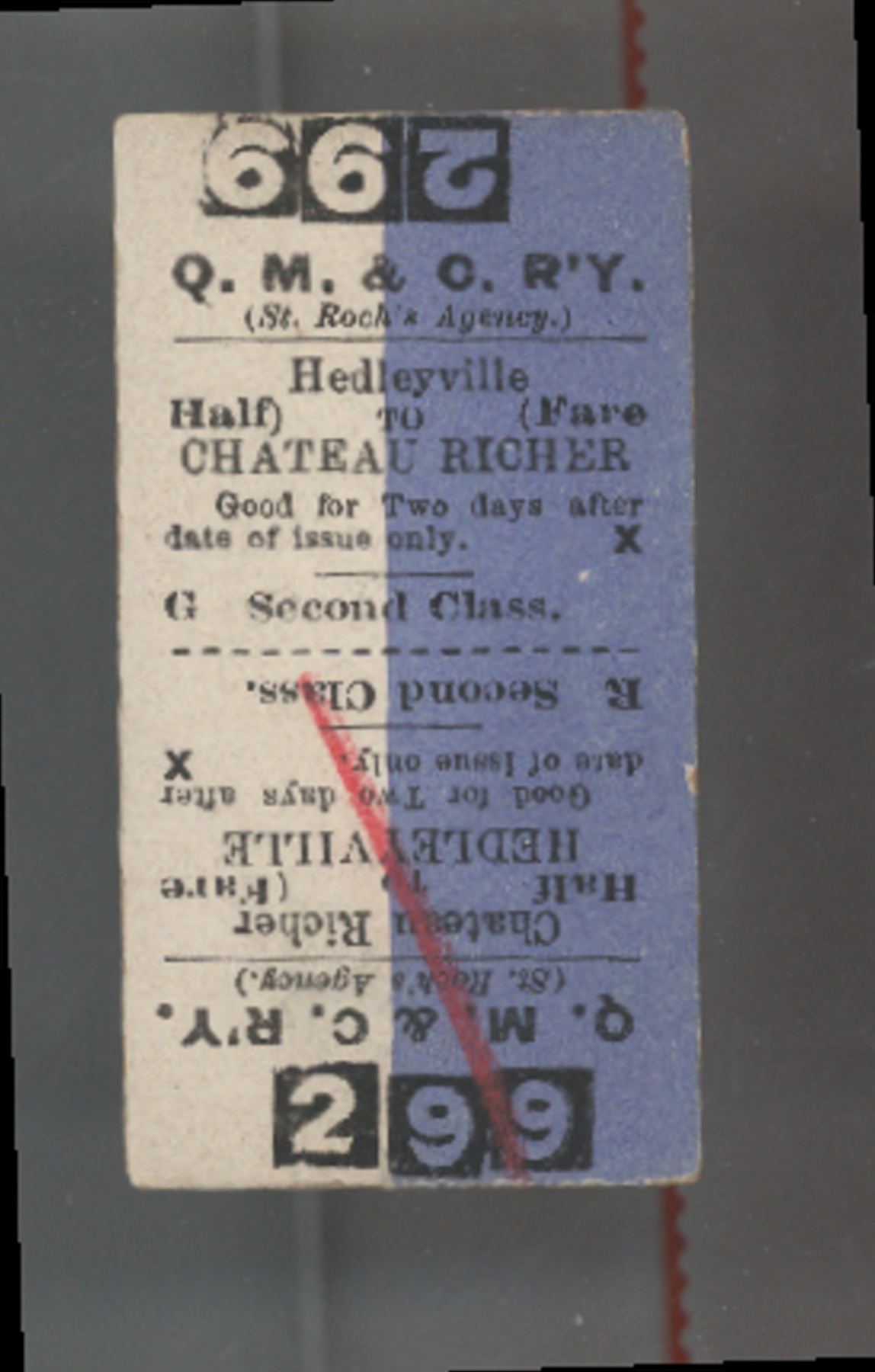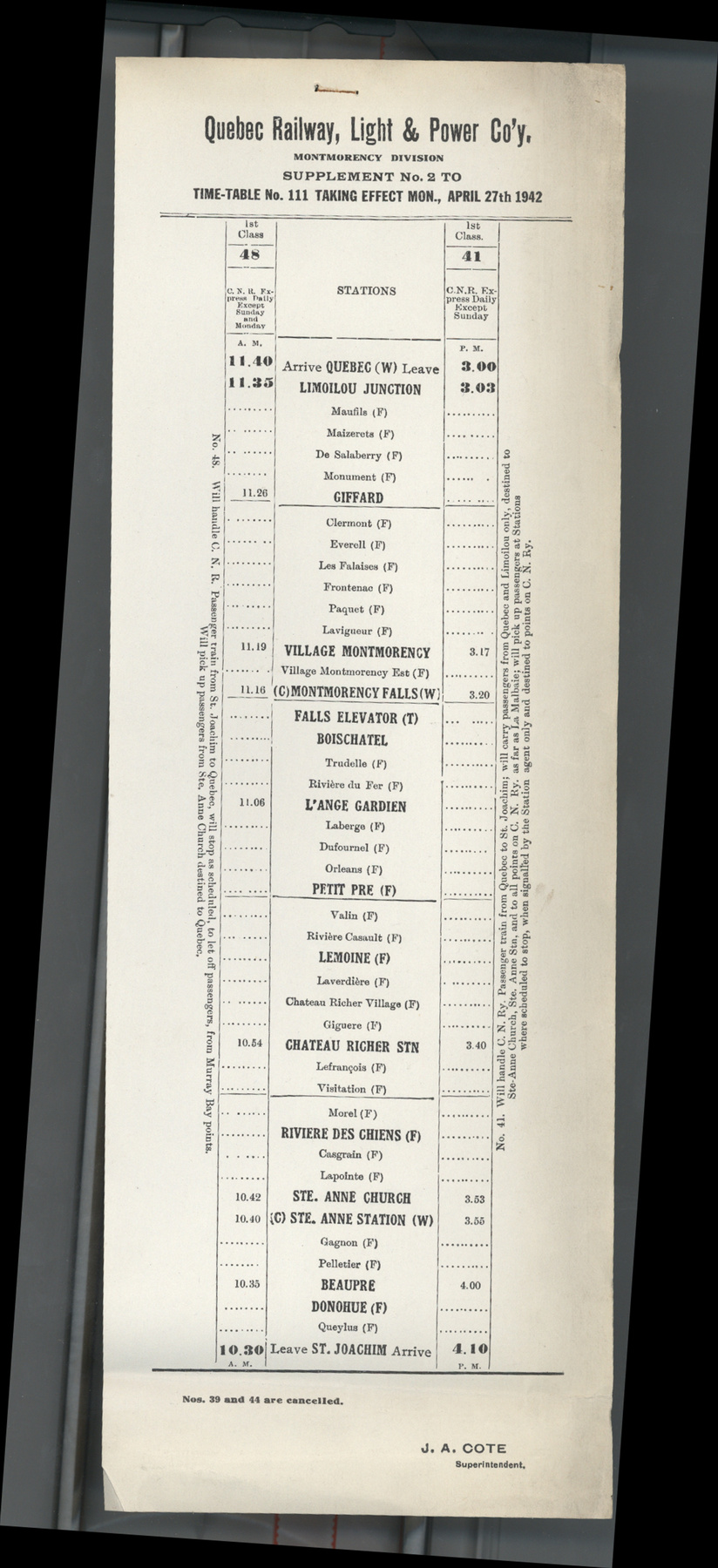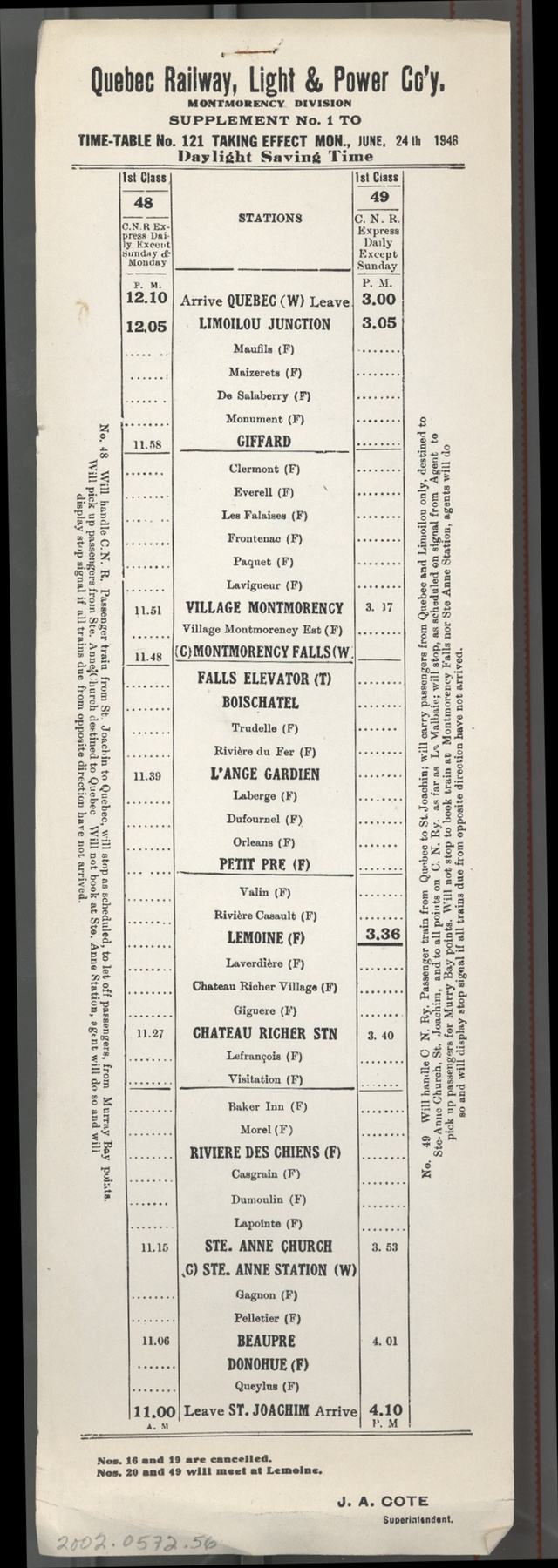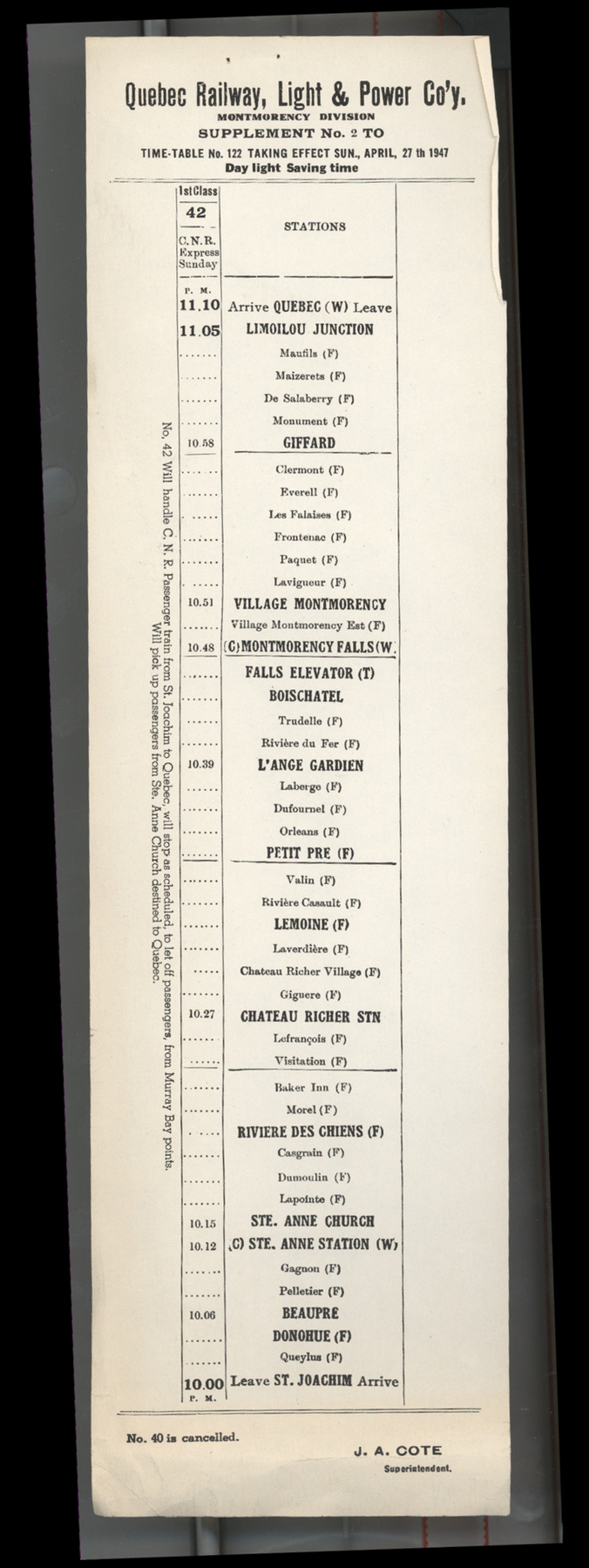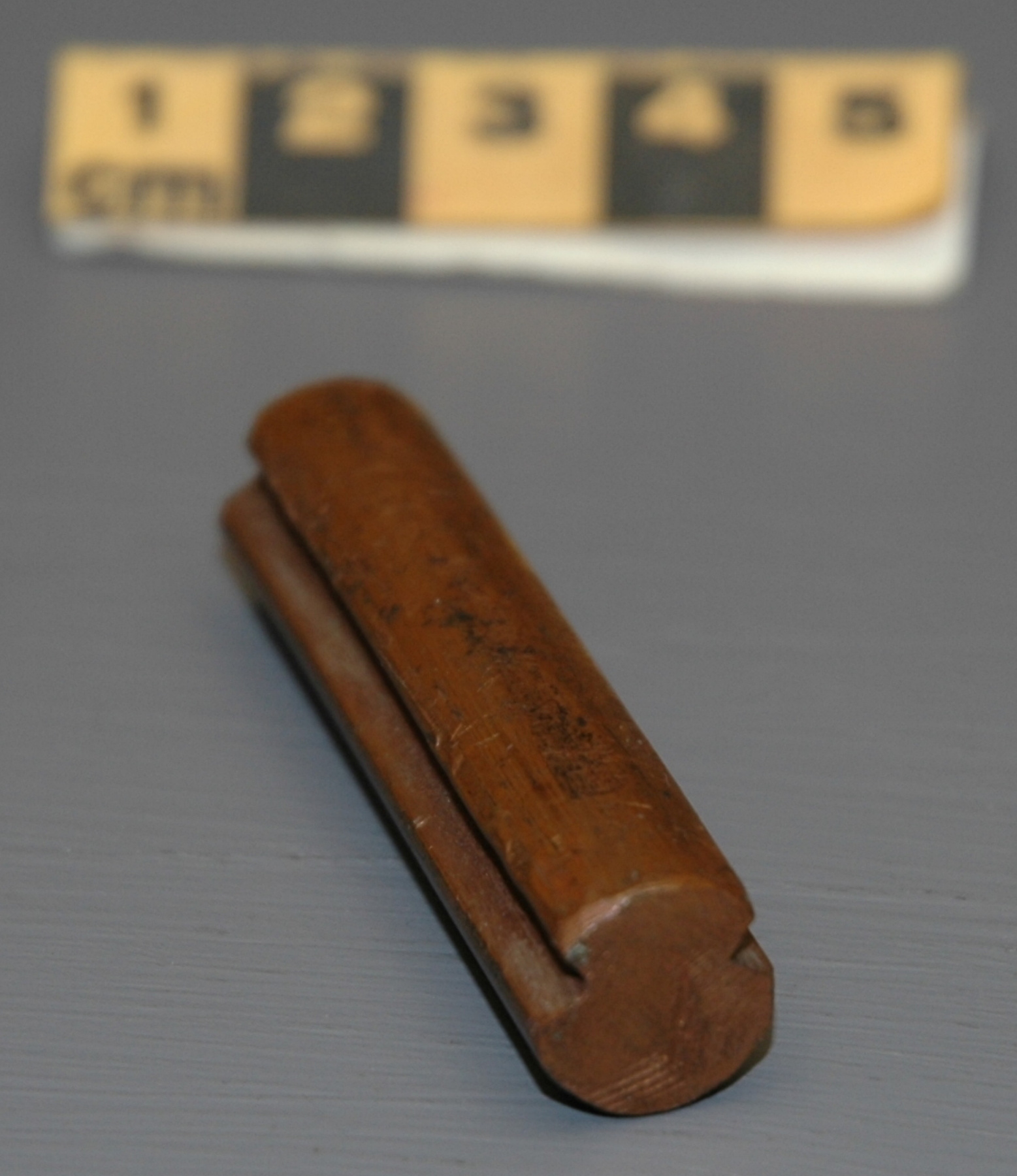Wire sample
Use this image
Can I reuse this image without permission? Yes
Object images on the Ingenium Collection’s portal have the following Creative Commons license:
Copyright Ingenium / CC BY-NC-ND (Attribution-NonCommercial 4.0 International (CC BY-NC 4.0)
ATTRIBUTE THIS IMAGE
Ingenium,
2002.0568.002
Permalink:
Ingenium is releasing this image under the Creative Commons licensing framework, and encourages downloading and reuse for non-commercial purposes. Please acknowledge Ingenium and cite the artifact number.
DOWNLOAD IMAGEPURCHASE THIS IMAGE
This image is free for non-commercial use.
For commercial use, please consult our Reproduction Fees and contact us to purchase the image.
- OBJECT TYPE
- electric power/train/overhead/contact
- DATE
- Unknown
- ARTIFACT NUMBER
- 2002.0568.002
- MANUFACTURER
- Unknown
- MODEL
- Unknown
- LOCATION
- Unknown
More Information
General Information
- Serial #
- N/A
- Part Number
- 2
- Total Parts
- 2
- AKA
- trolley wire
- Patents
- N/A
- General Description
- copper [or copper-based alloy]
Dimensions
Note: These reflect the general size for storage and are not necessarily representative of the object's true dimensions.
- Length
- 5.1 cm
- Width
- N/A
- Height
- N/A
- Thickness
- N/A
- Weight
- N/A
- Diameter
- 1.2 cm
- Volume
- N/A
Lexicon
- Group
- Railway Transportation
- Category
- Operations
- Sub-Category
- N/A
Manufacturer
- AKA
- Unknown
- Country
- Unknown
- State/Province
- Unknown
- City
- Unknown
Context
- Country
- Canada
- State/Province
- Quebec
- Period
- Possibly between 1881- late 1950s.
- Canada
-
Quebec Railway Light & Power Railway (QRL&P) was a small interurban railway line incorporated in 1881. Between late 1890s- late 1950s, the QRL&P was one of the longer interurban lines in the country. A railway line ran from rue St-Paul in Quebec City to Cap Tourmente, via Ste-Anne de Beaupre. (Ref. 1) - Function
-
To deliver electric power to the pantograph of electric train cars. - Technical
-
Sample of typical trolley wire in the form it has been used for over a century. The rail vehicle (streetcar, locomotive, interurban, whatever) has a trolley pole with a roller on the end, or a pantograph framework with a sliding contact block, which continuously contact the bottom of the trolley wire to feed electric current to the vehicle. Each mounting clip has two halves which reach into the grooves on the sides of the trolley wire; the two halves are bolted or riveted together (also around a hanger wire loop from above) to grip the wire vertically and horizontally but without fouling the bottom half where the trolley pole or pantograph shoe must pass. Trolley wires have been made from pure hard drawn copper; phosphor bronze, silver bearing alloys, and many others. Streetcar voltages have been 600 volts dc since the late 19th century; catenary wire systems are now used to at least 50,000 volts ac and/or dc. But electrical safety dictates lower voltages in urban areas. (Ref. 3) - Area Notes
-
Unknown
Details
- Markings
- None evident.
- Missing
- None.
- Finish
- Copper [alloy ?]
- Decoration
- N/A
CITE THIS OBJECT
If you choose to share our information about this collection object, please cite:
Unknown Manufacturer, Wire sample, Unknown Date, Artifact no. 2002.0568, Ingenium – Canada’s Museums of Science and Innovation, http://collection.ingeniumcanada.org/en/item/2002.0568.002/
FEEDBACK
Submit a question or comment about this artifact.
More Like This
